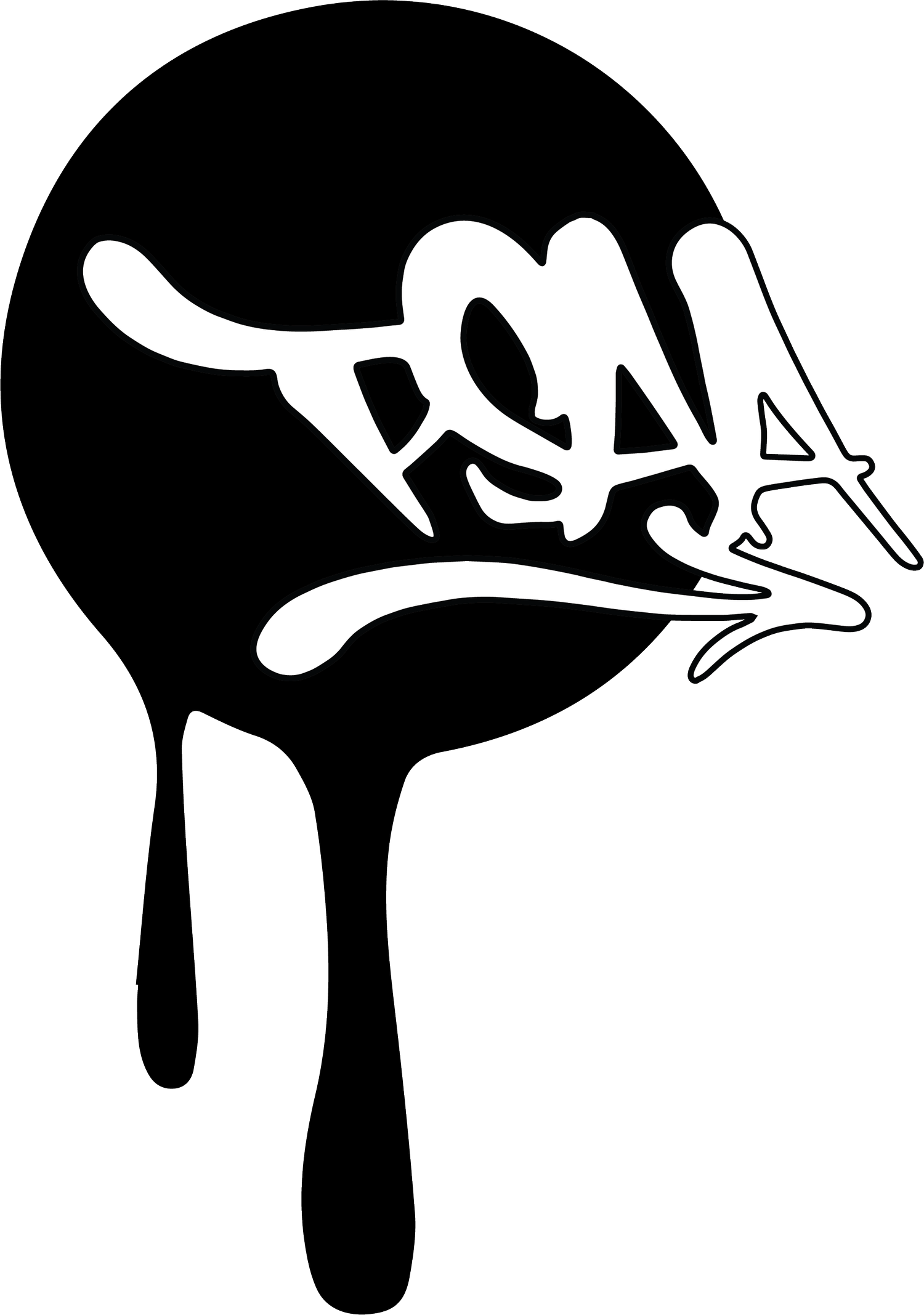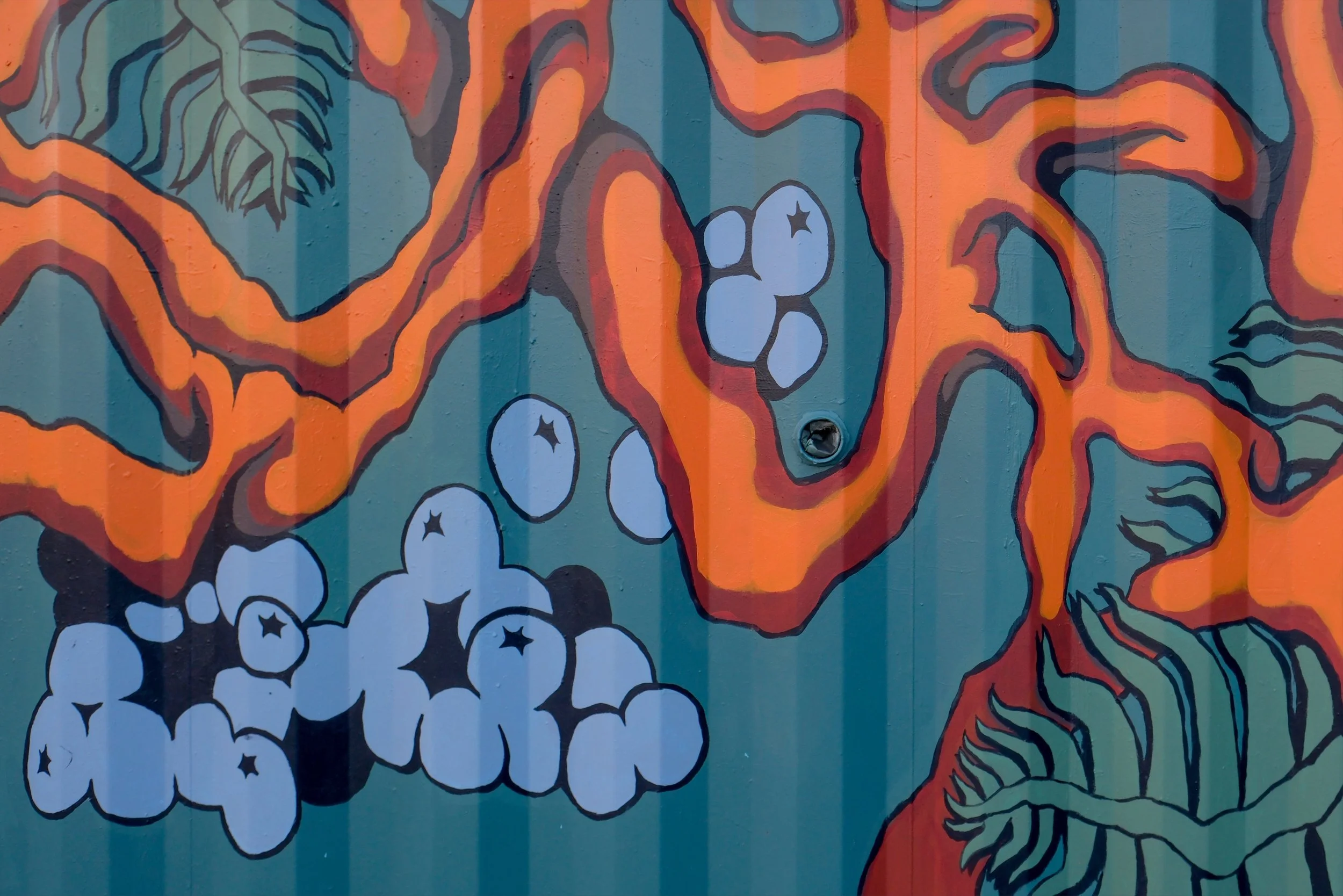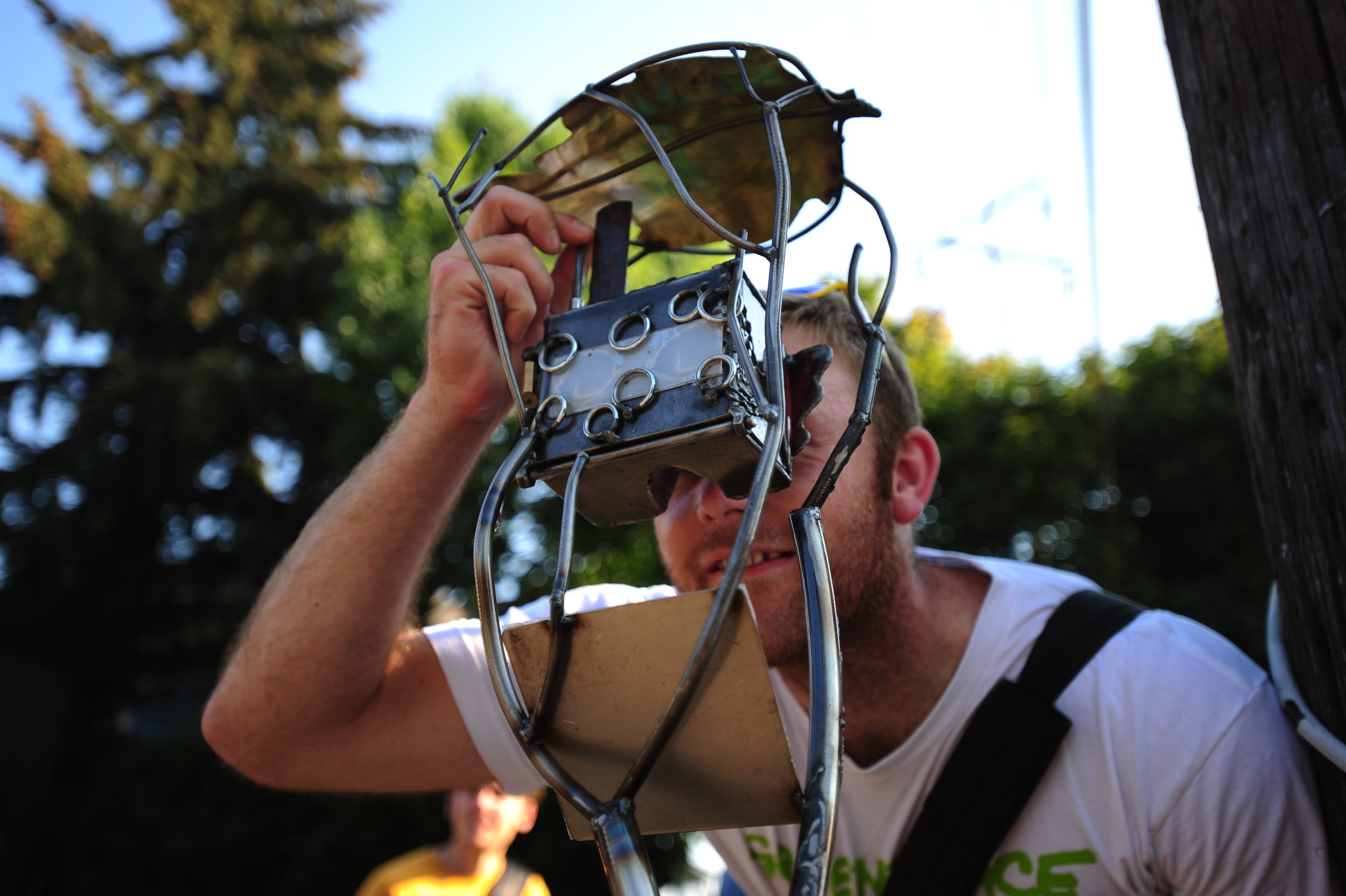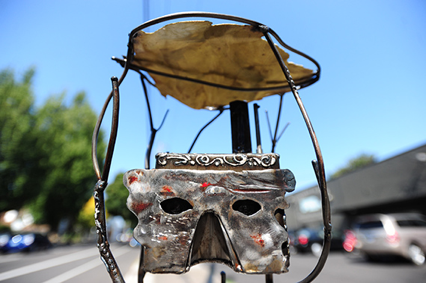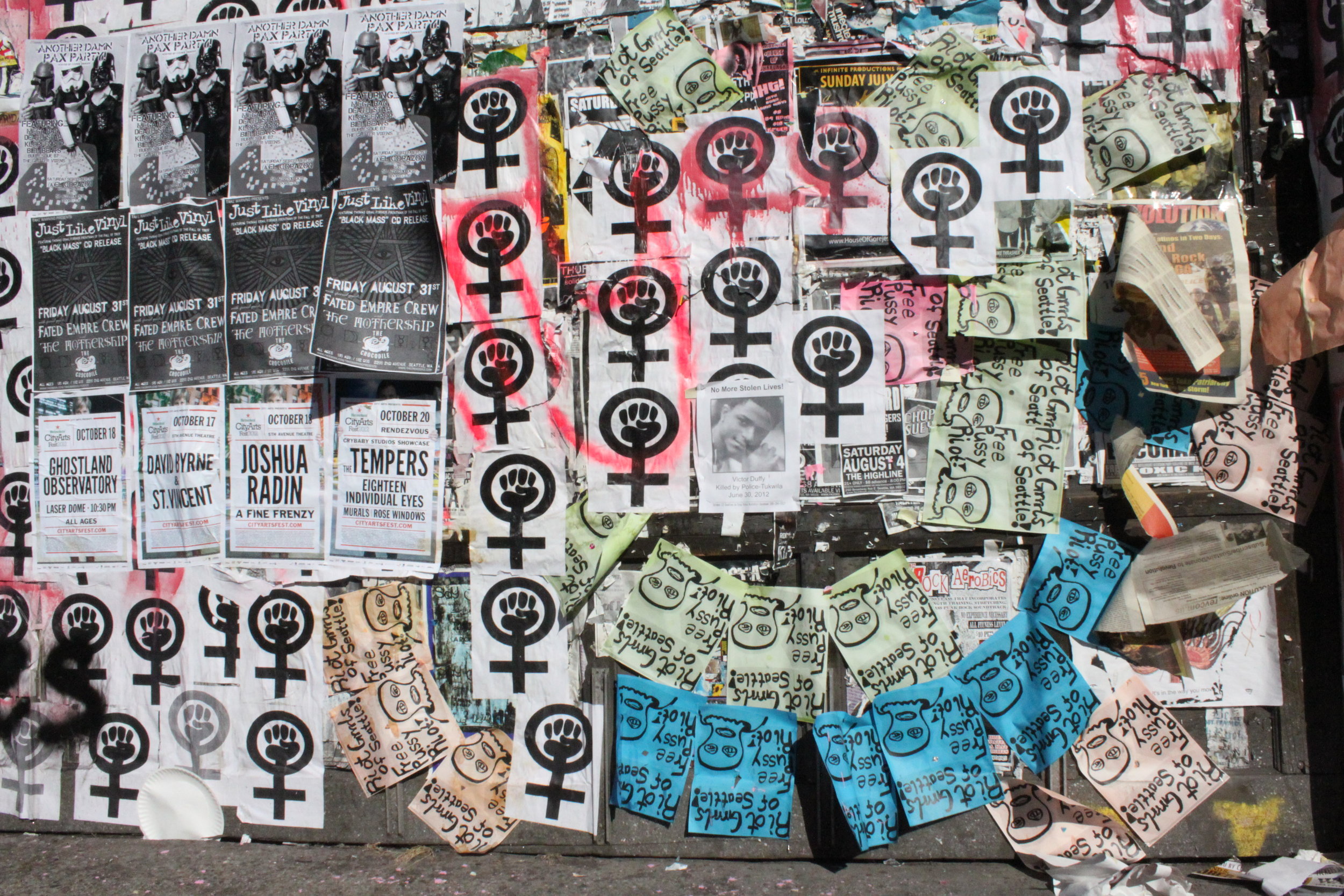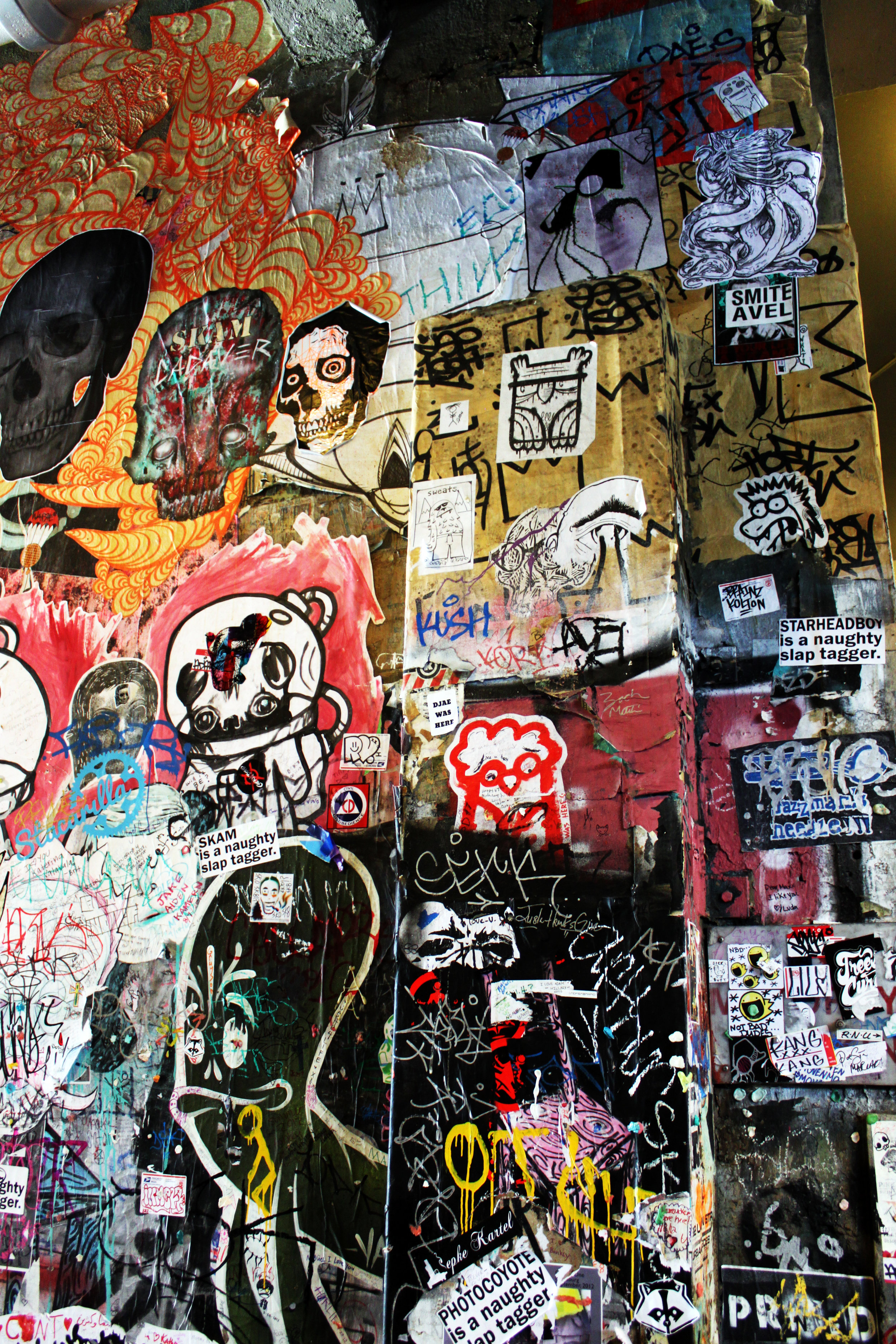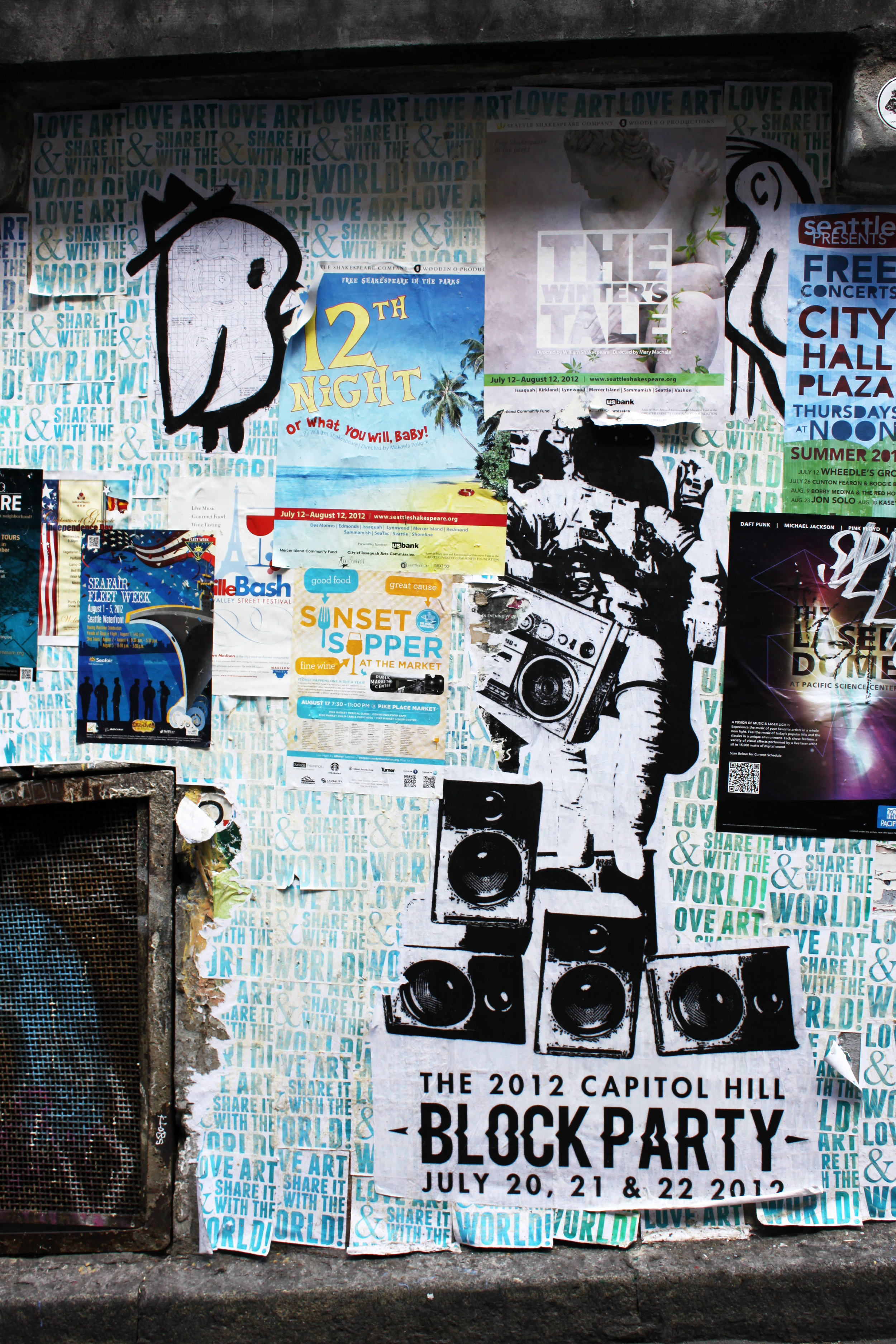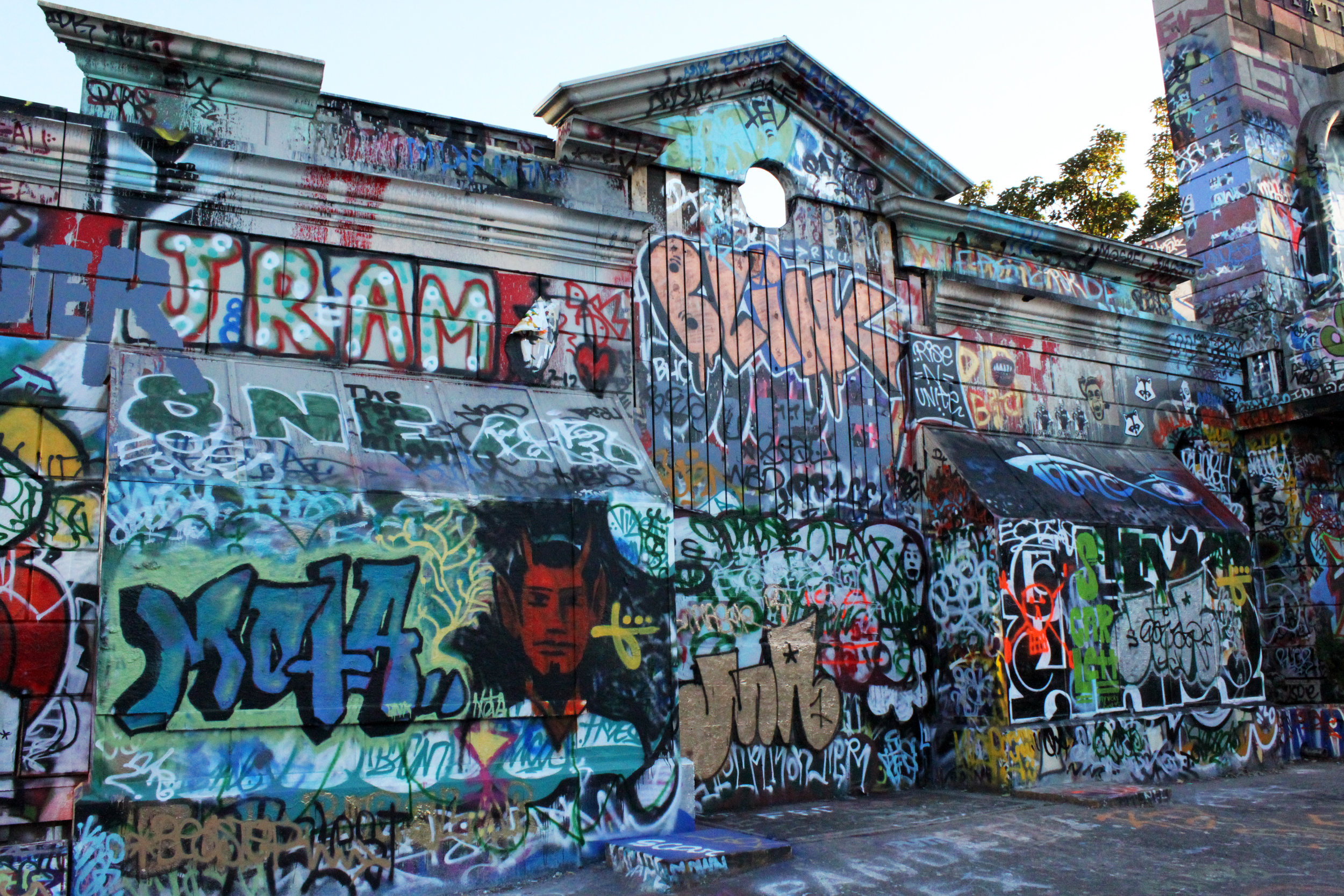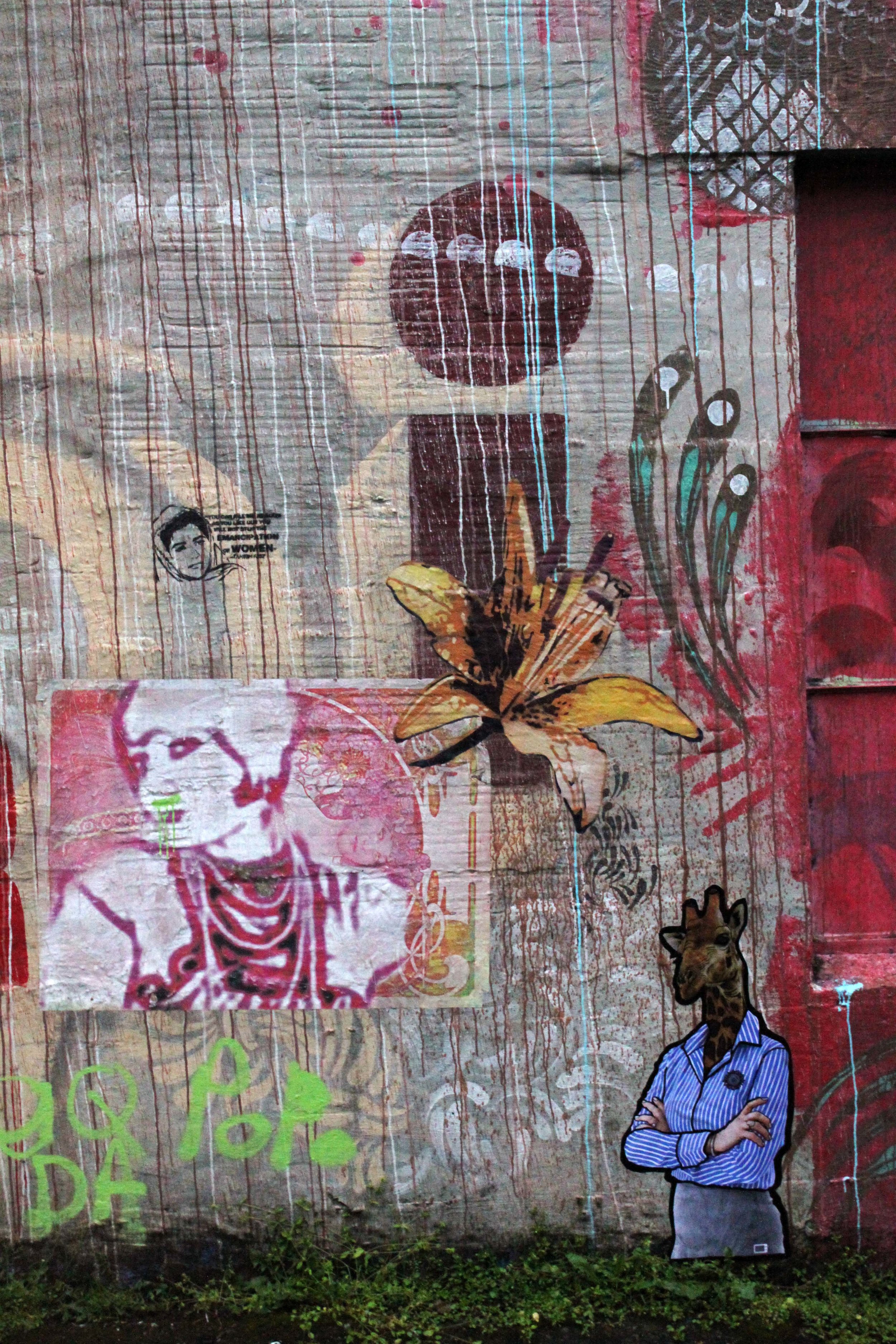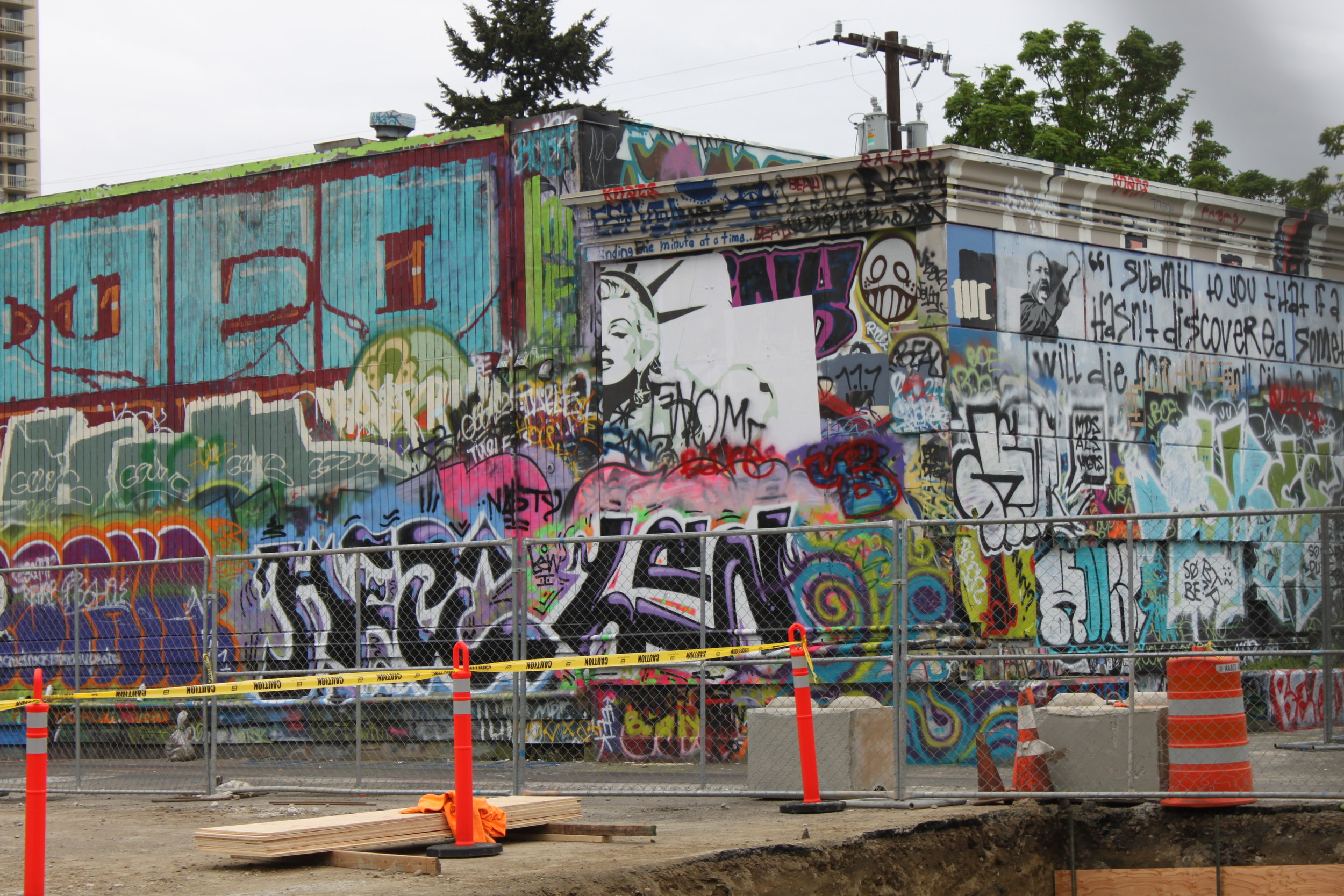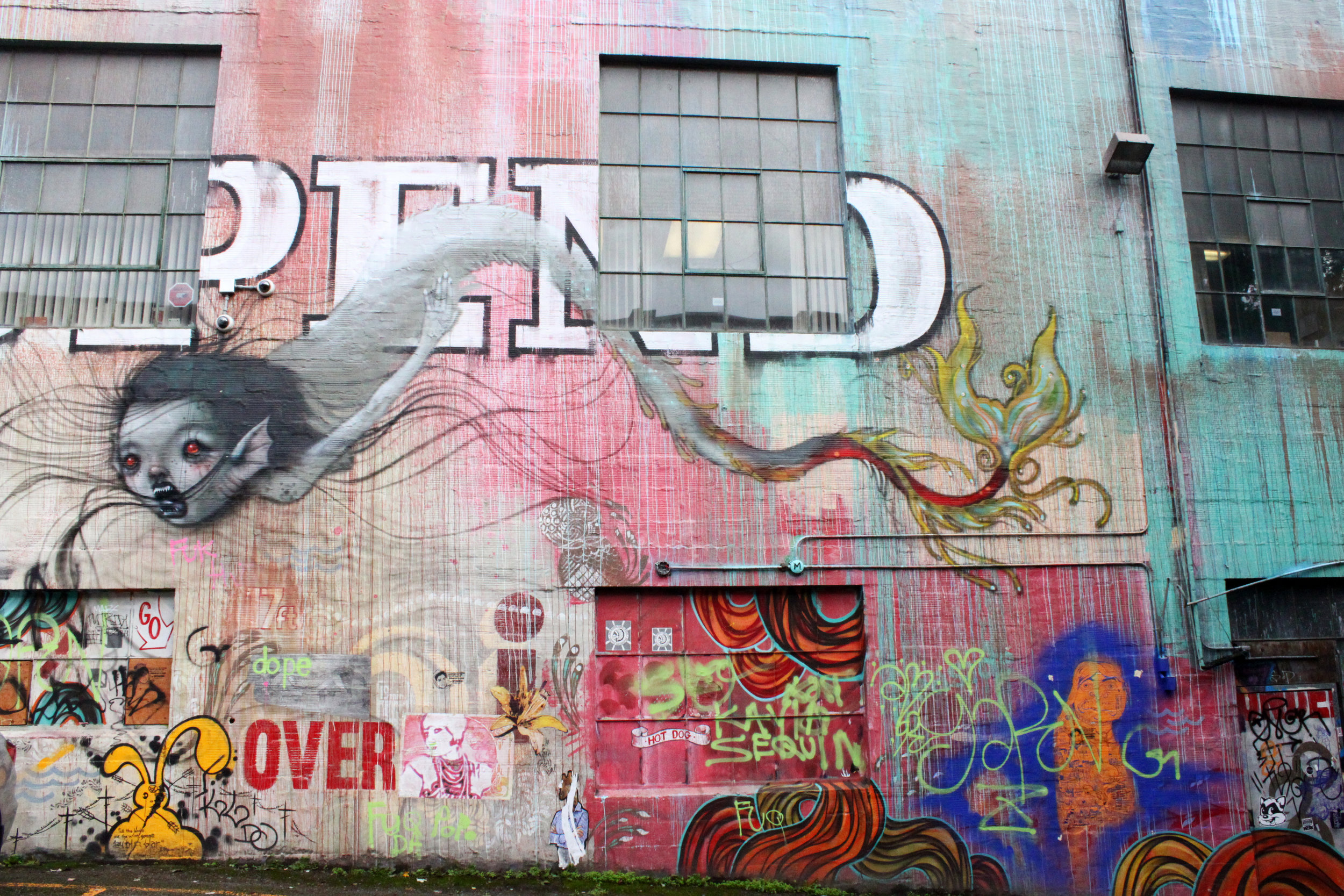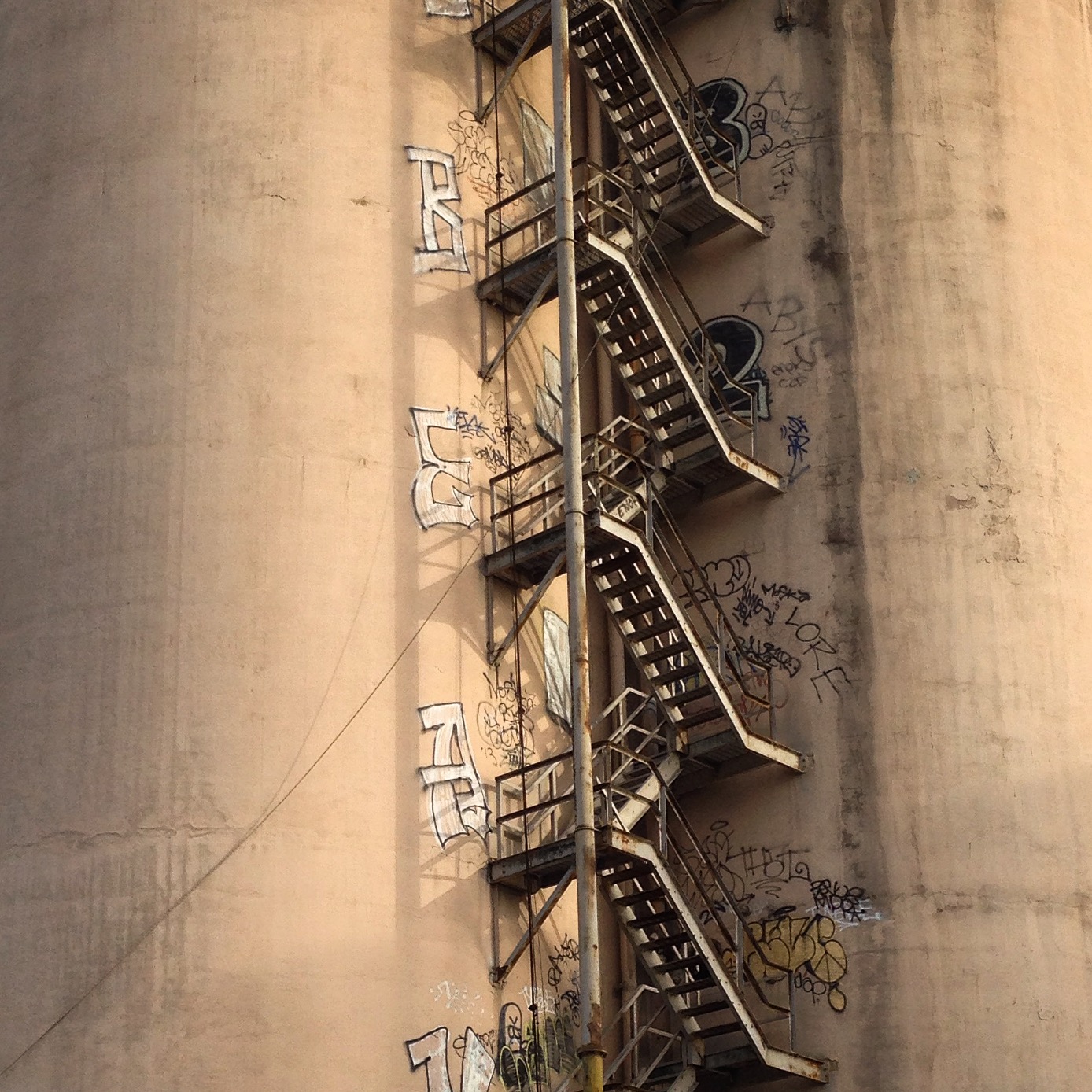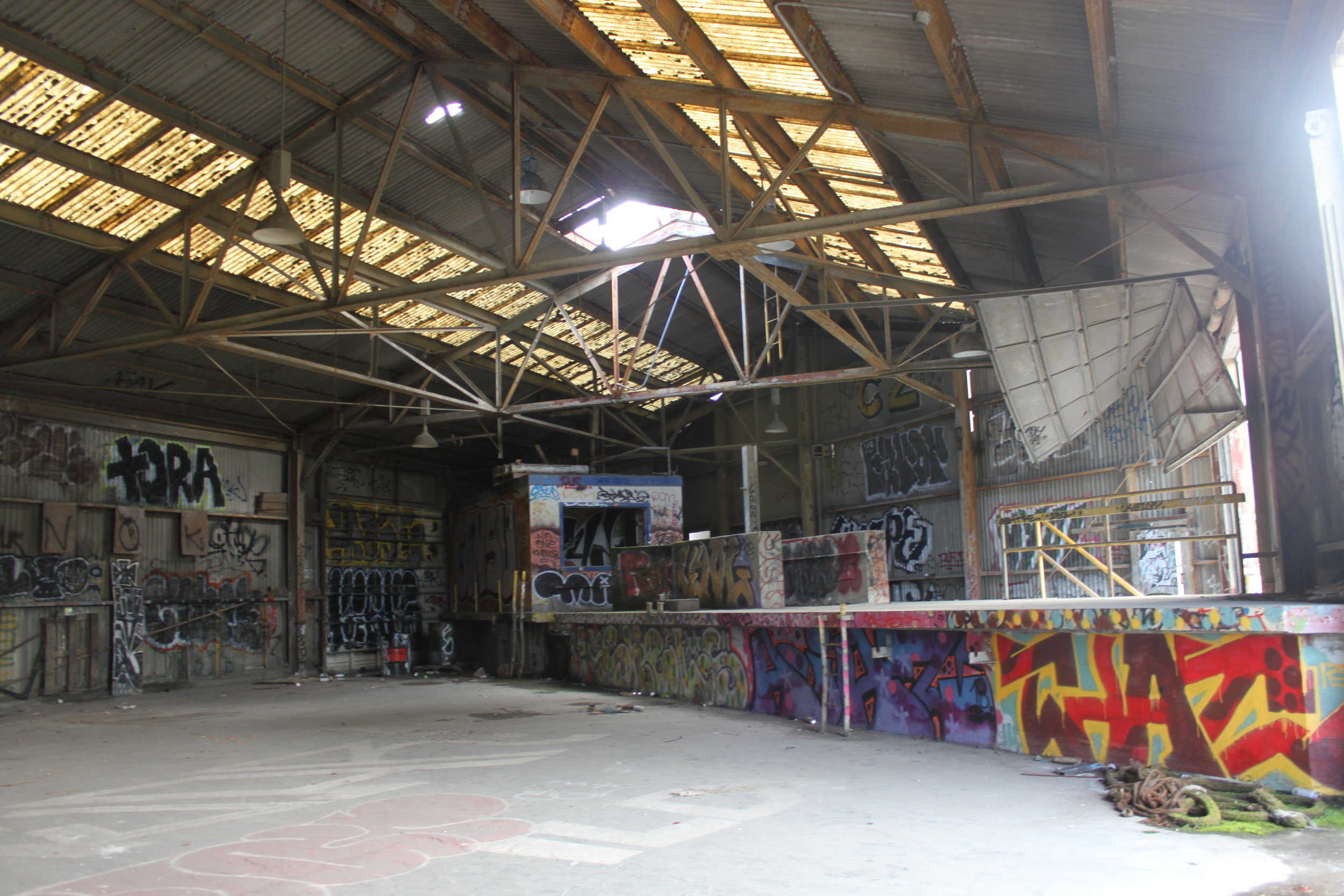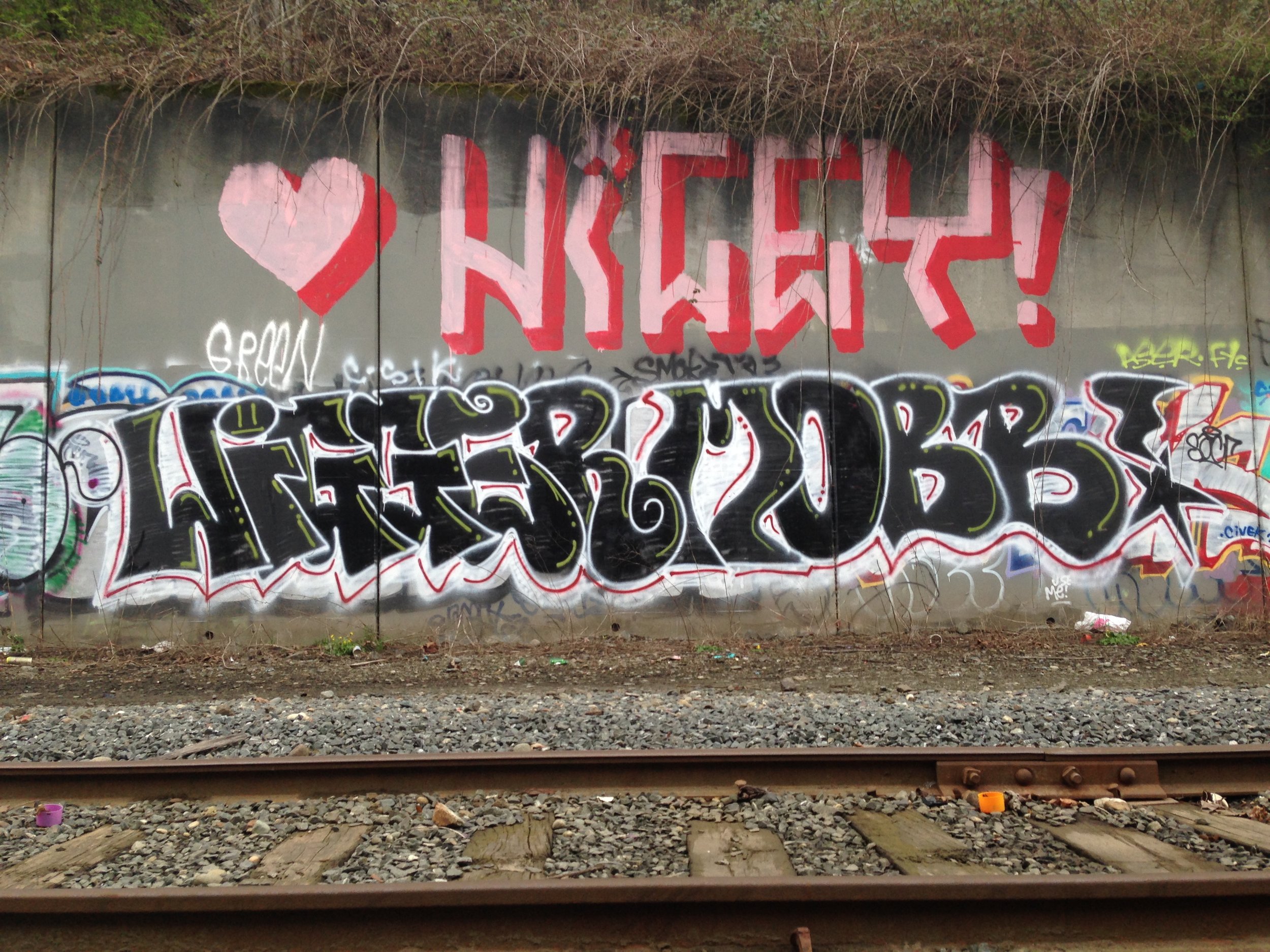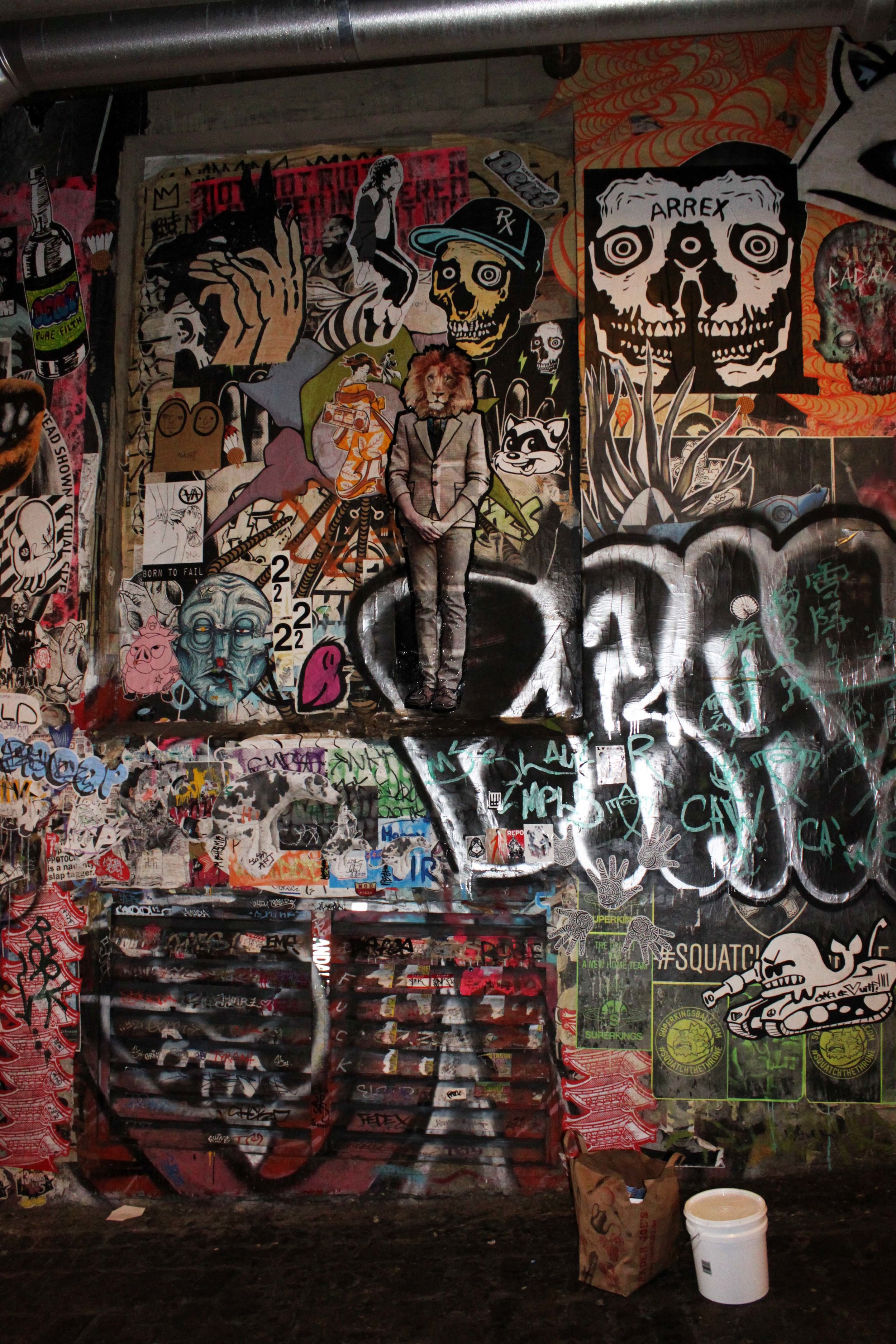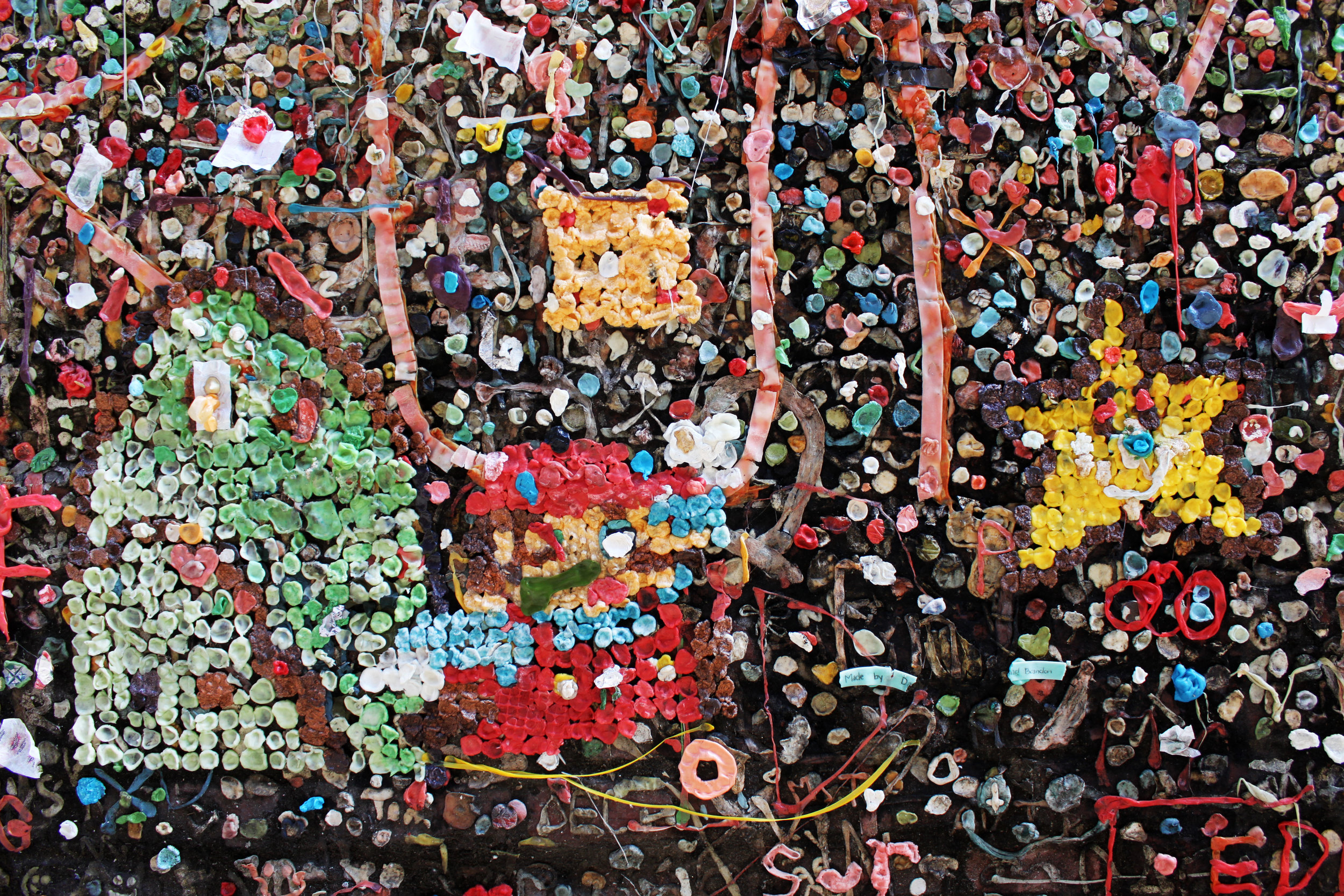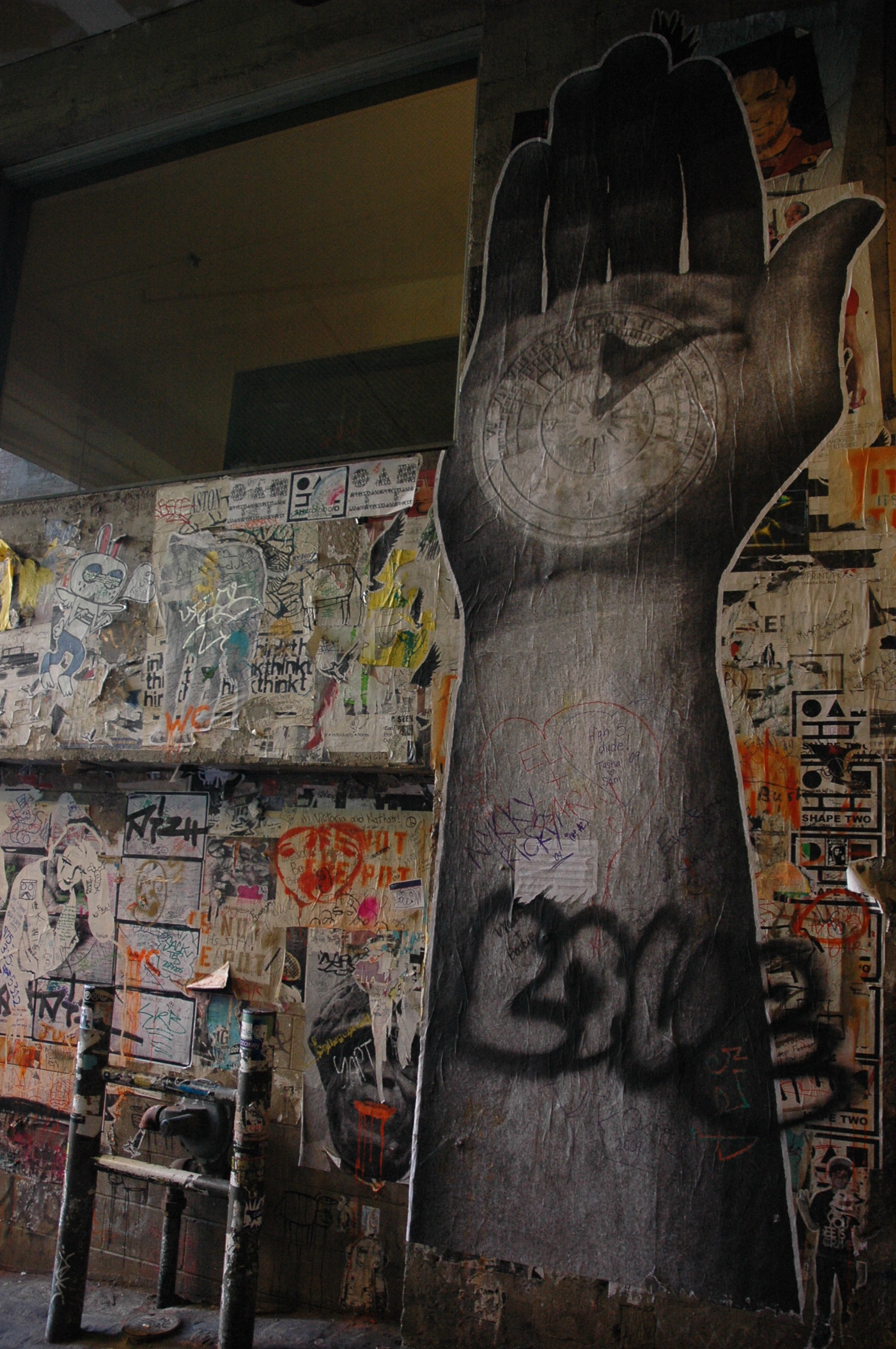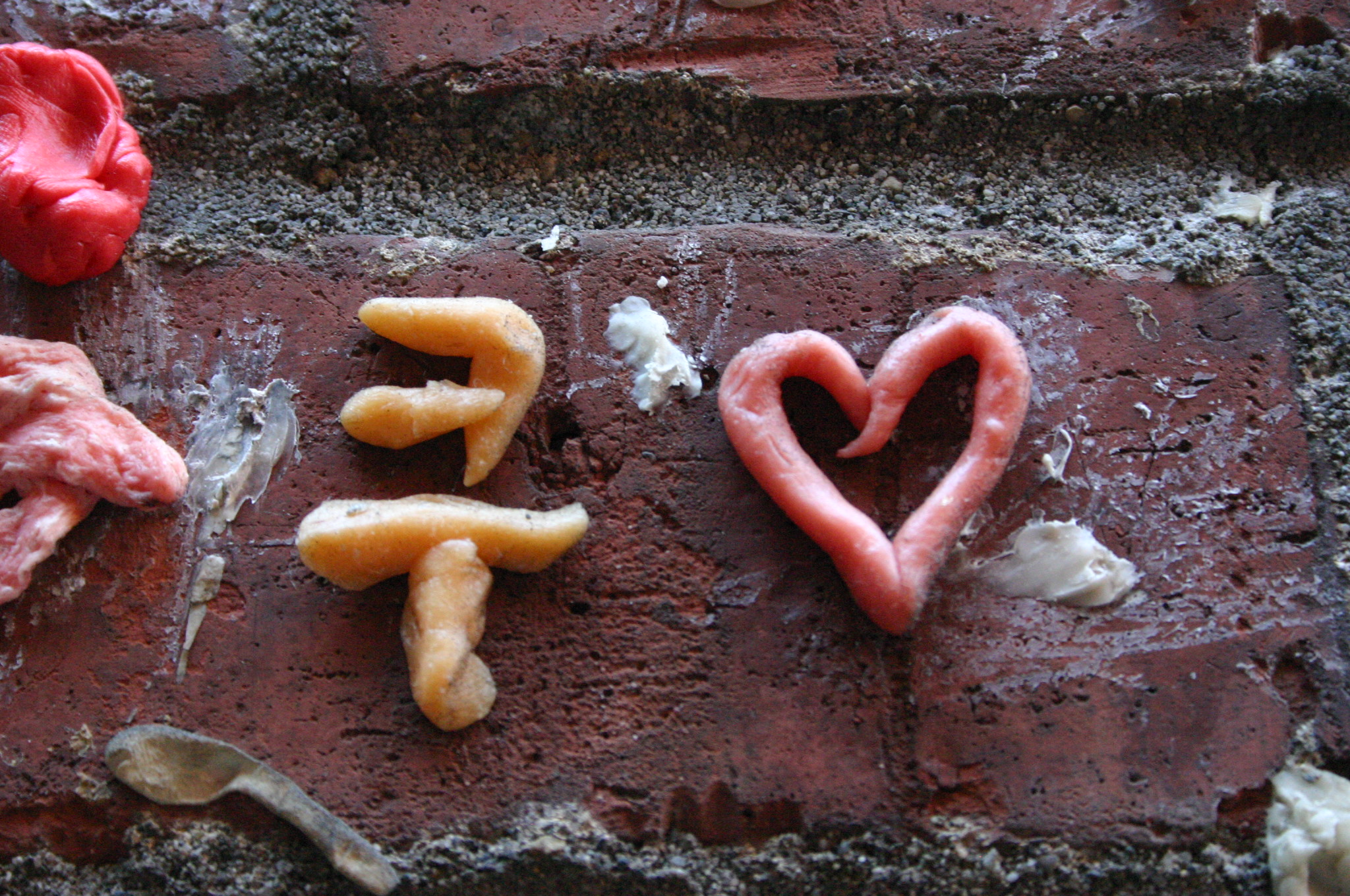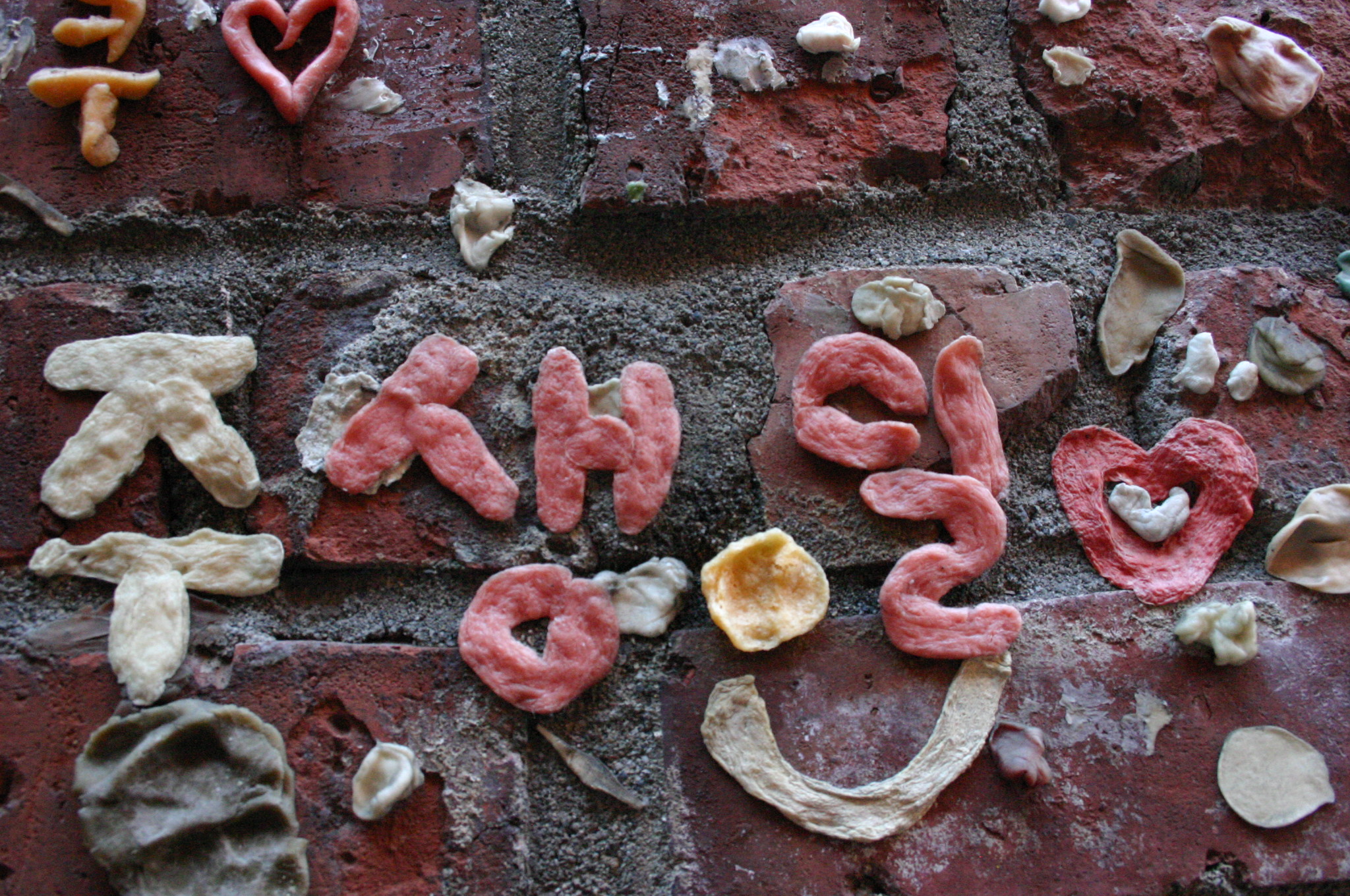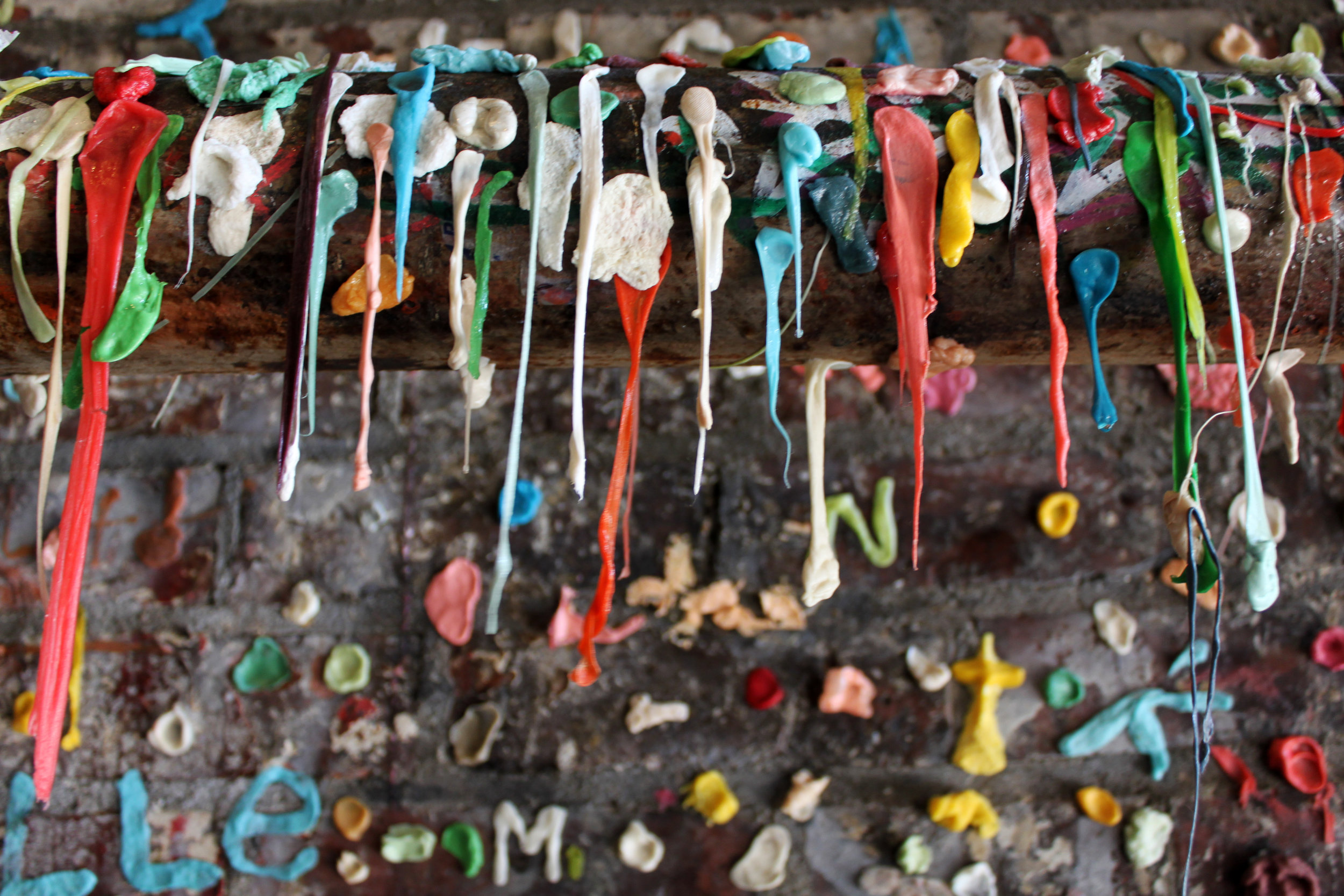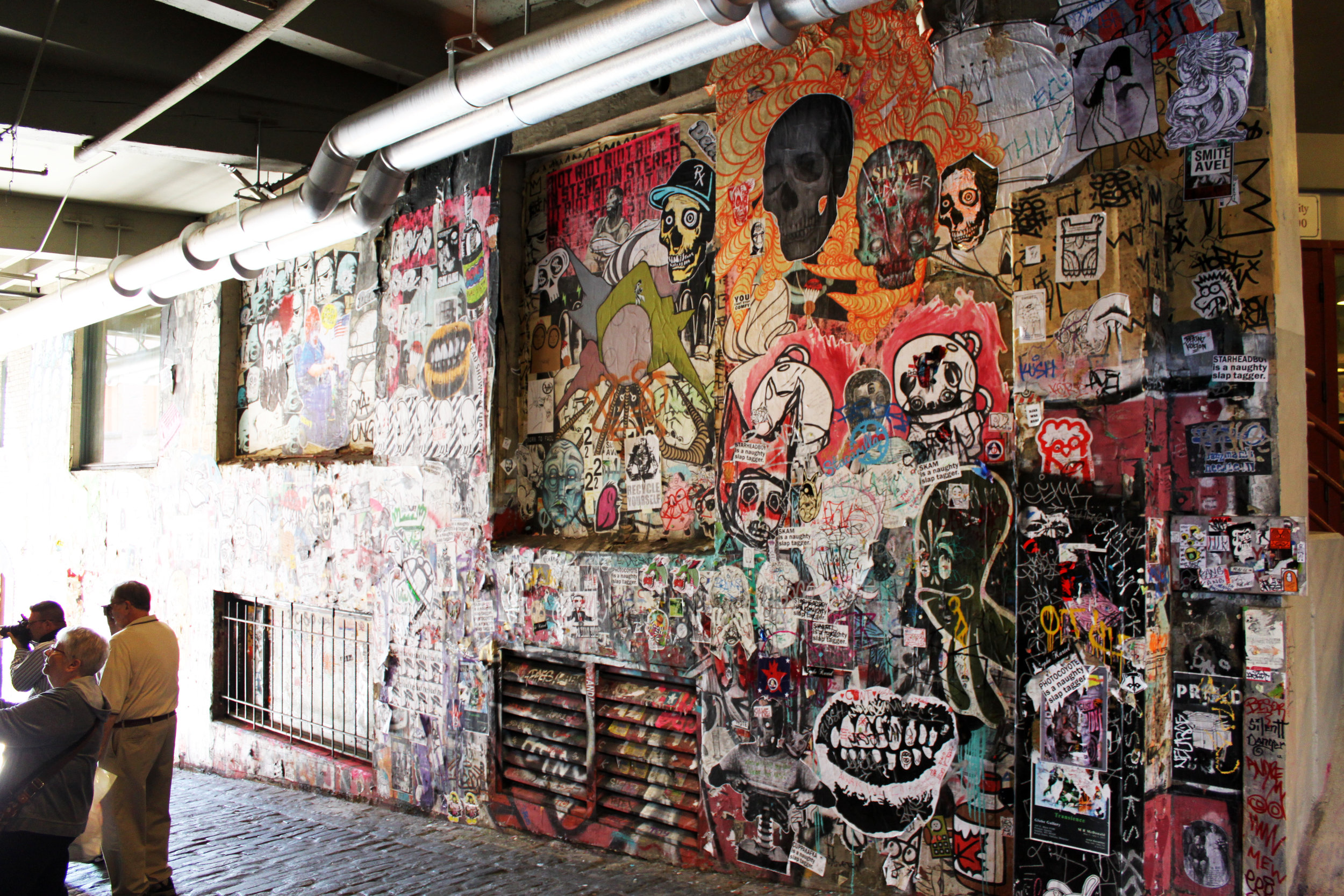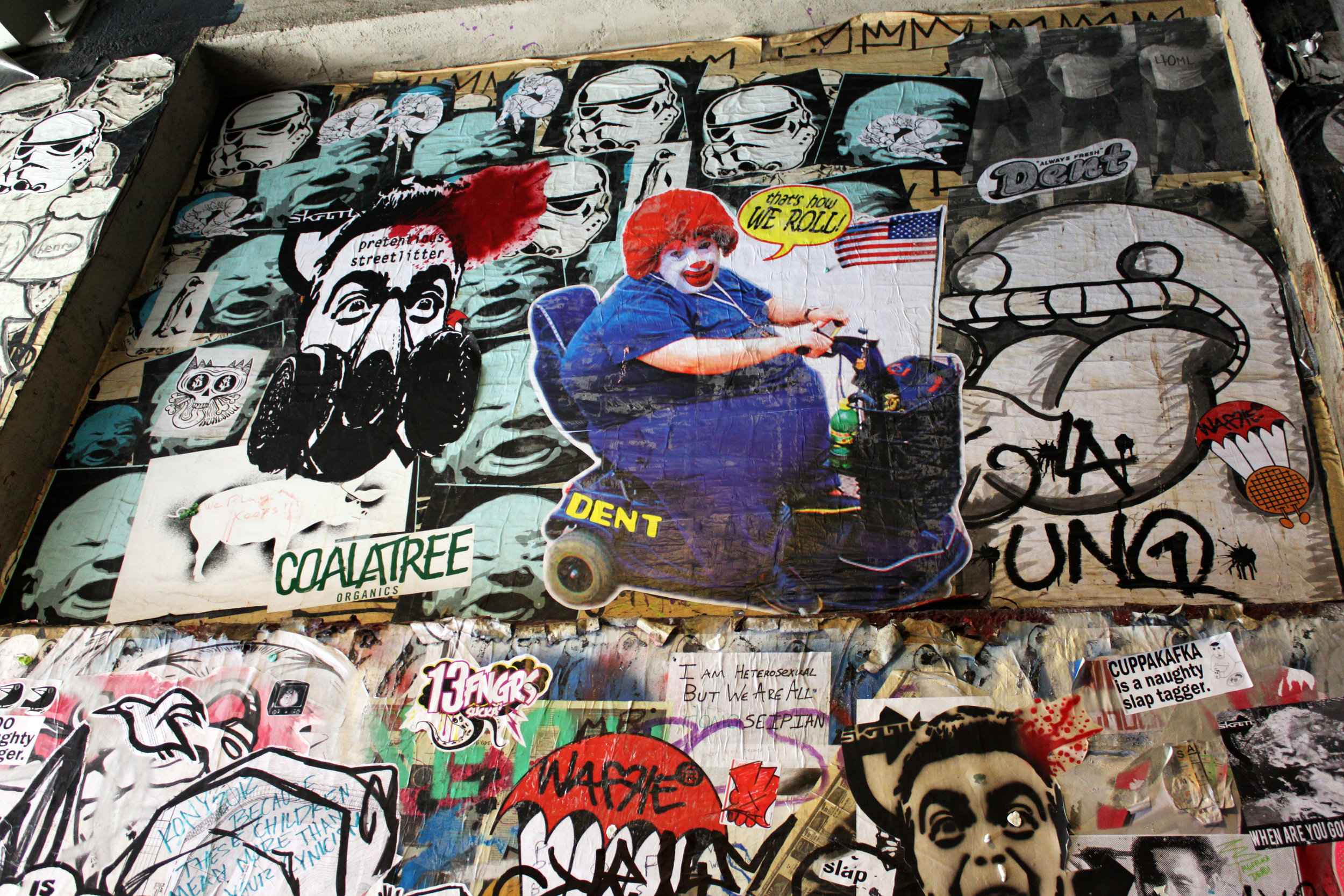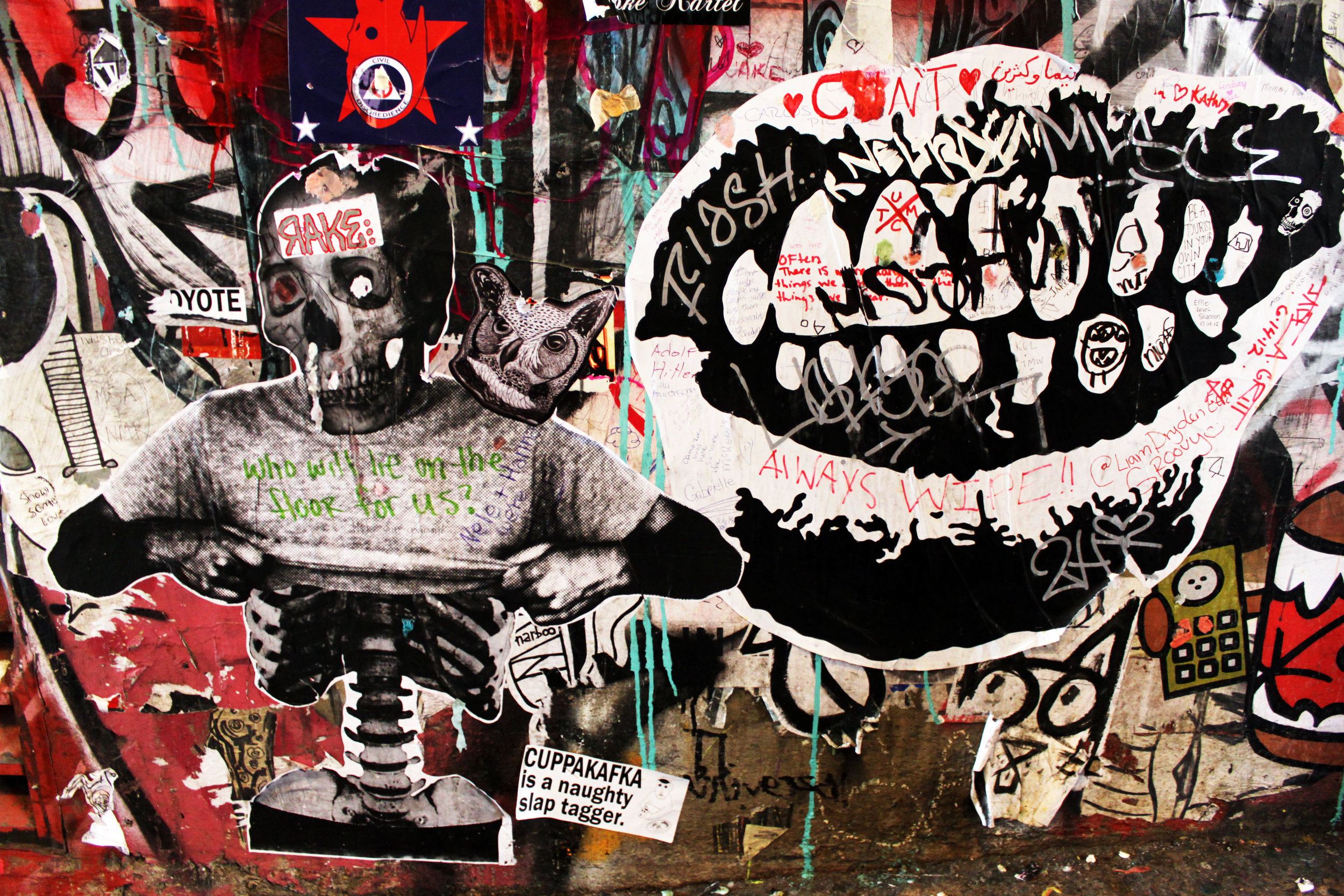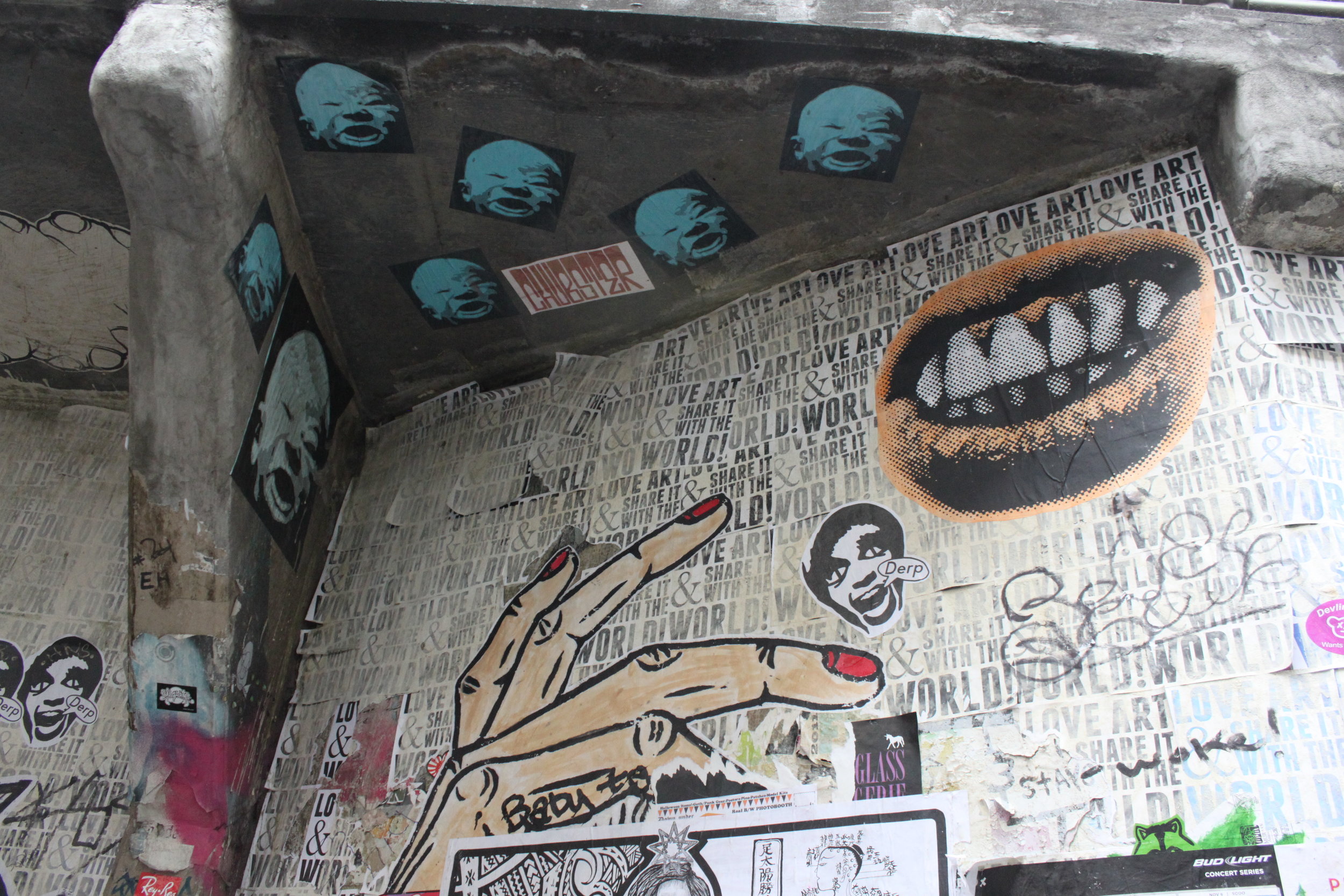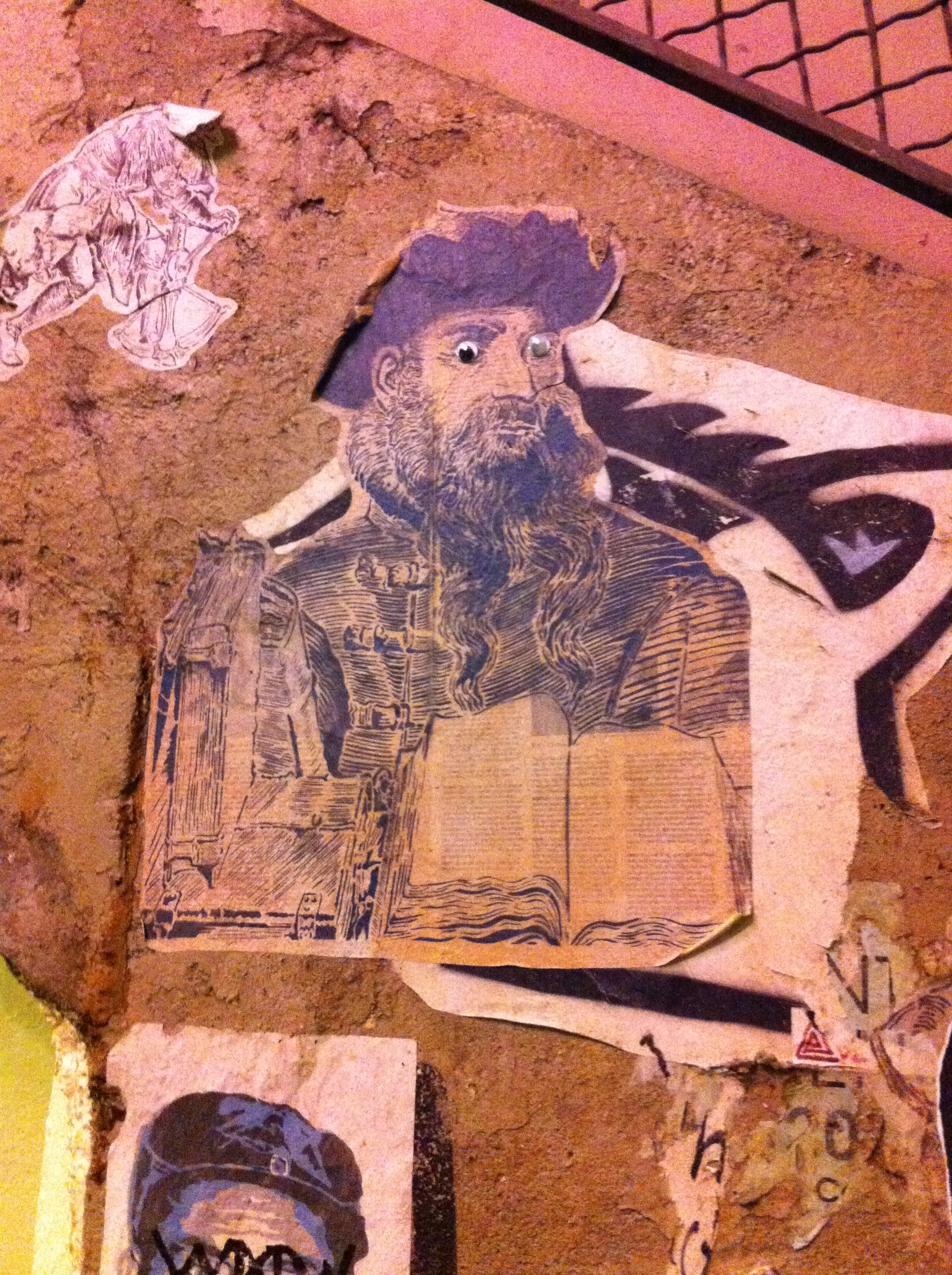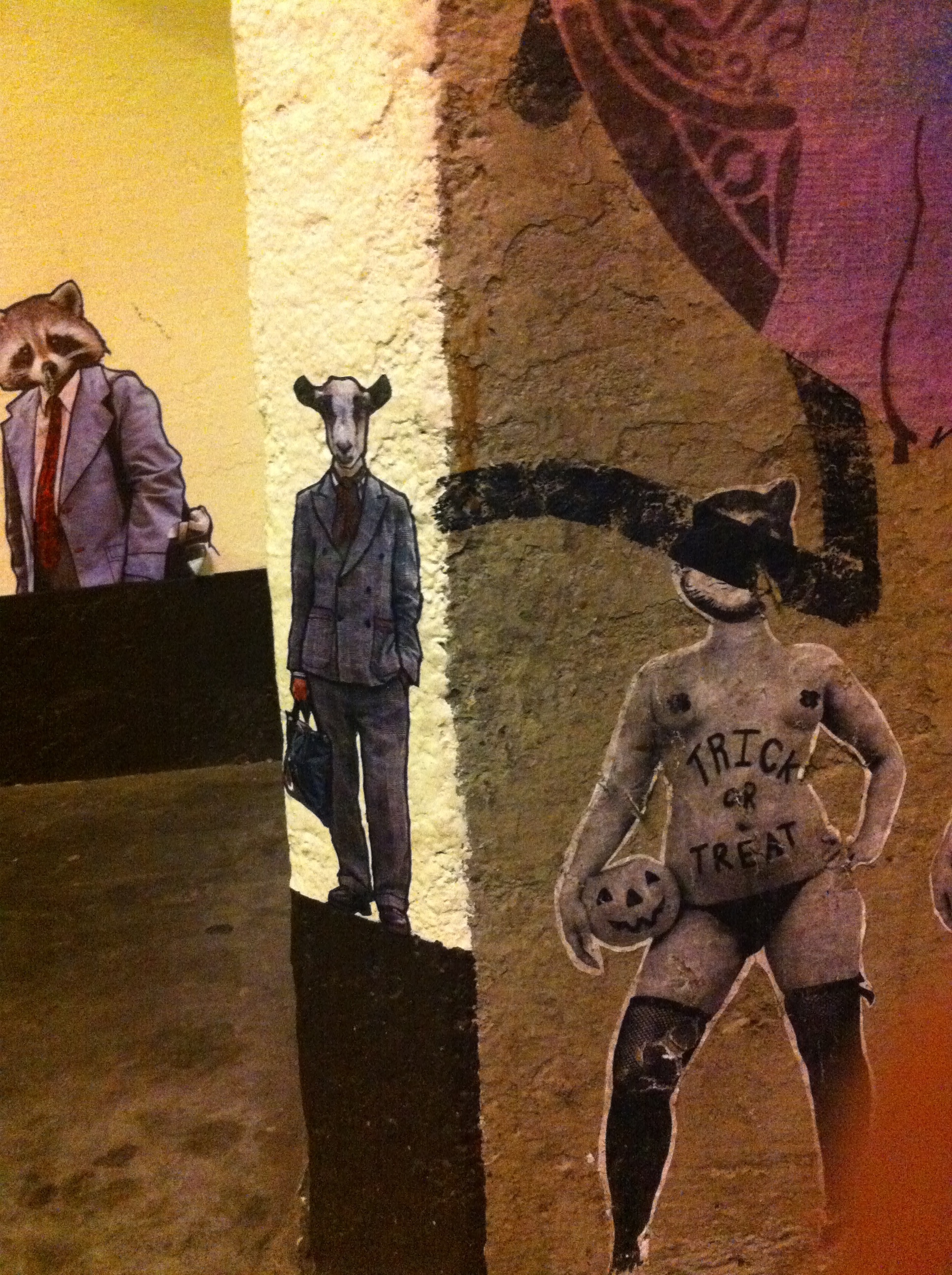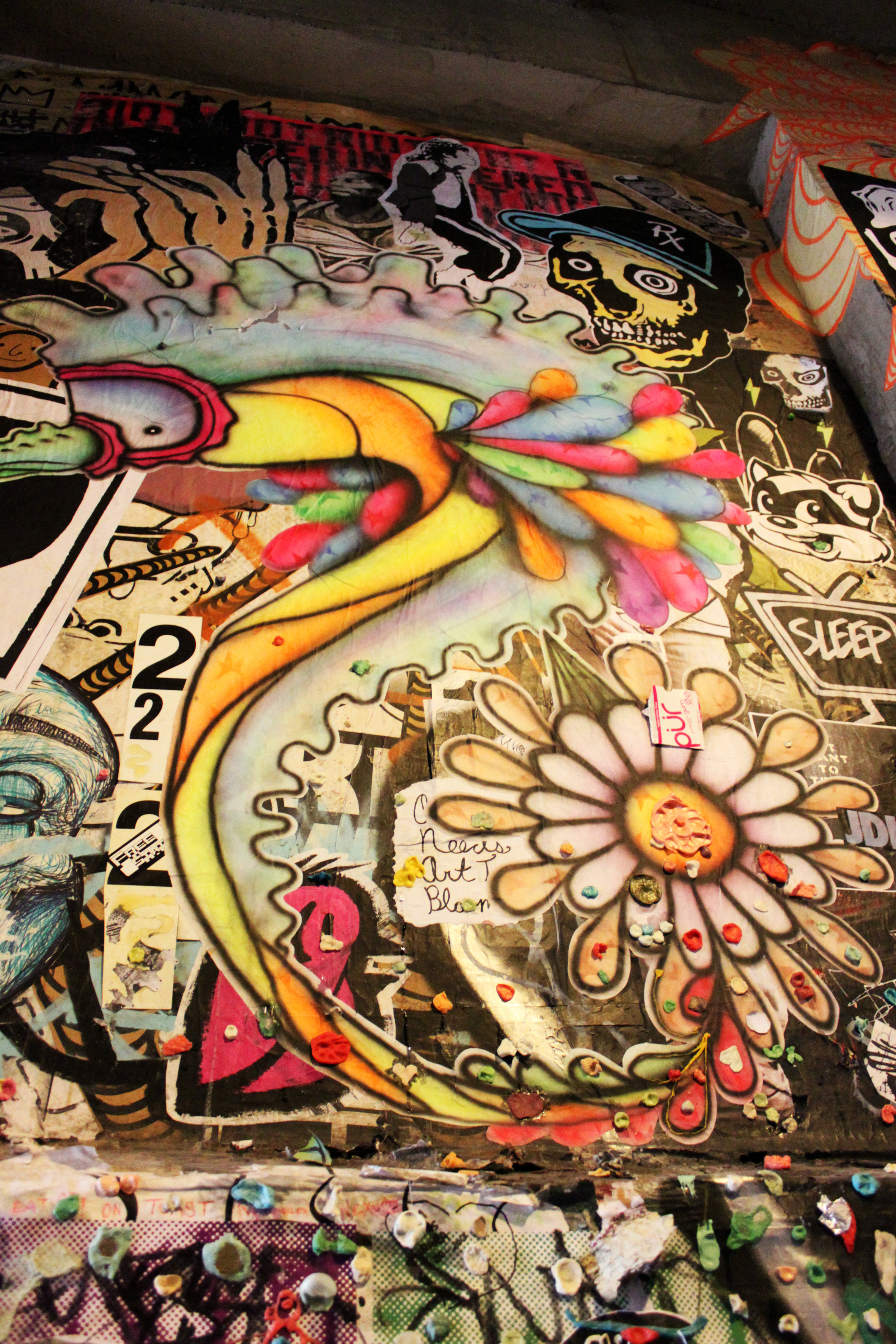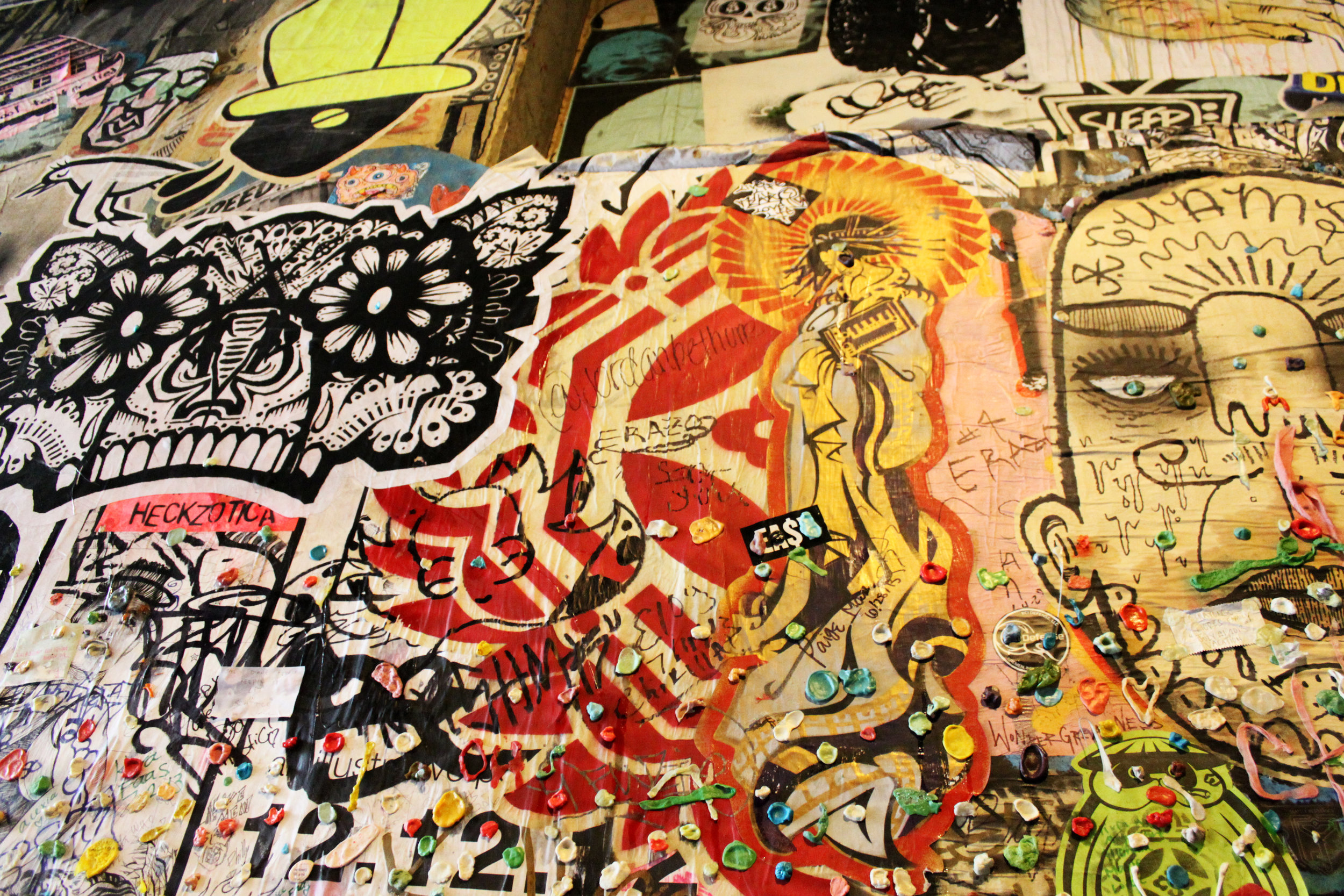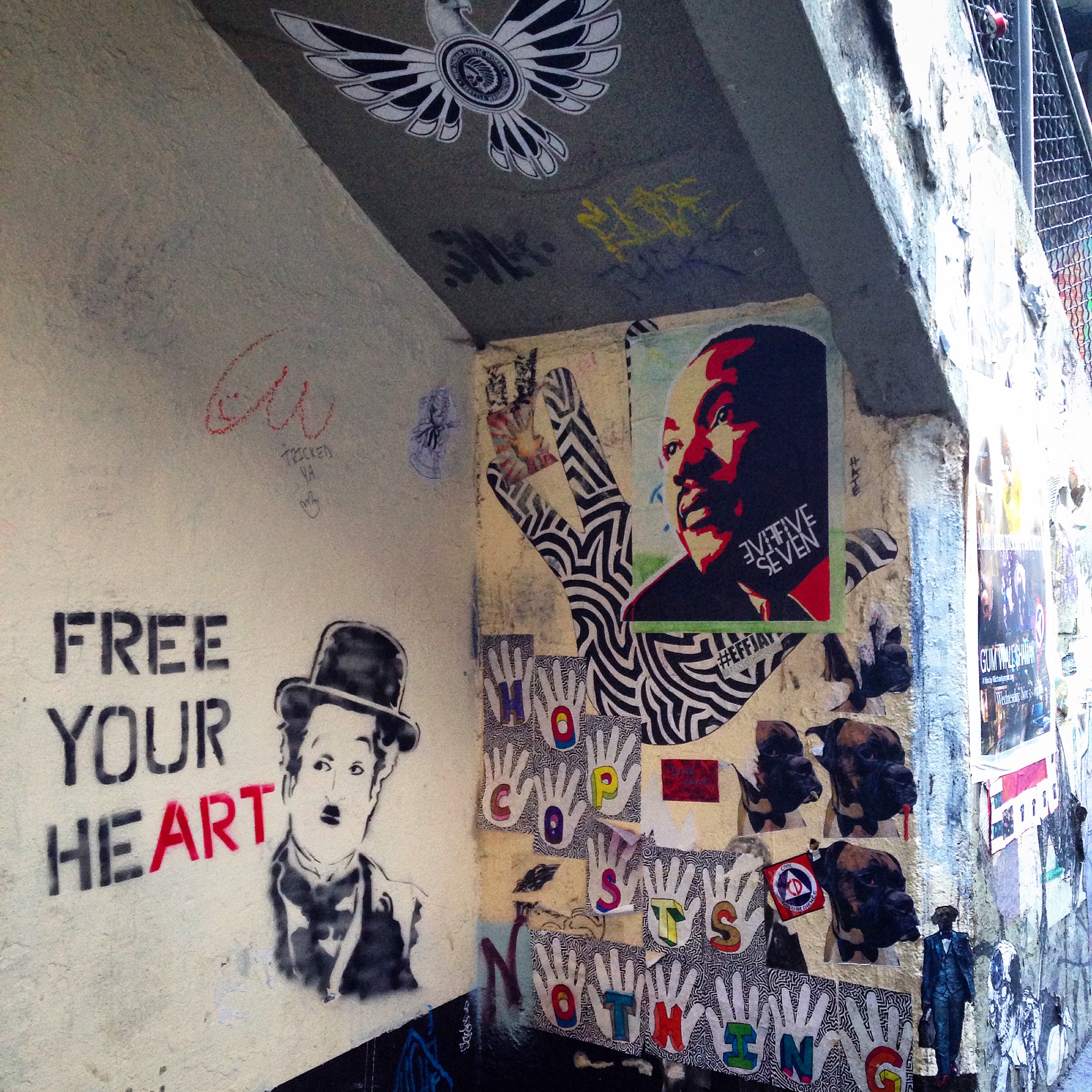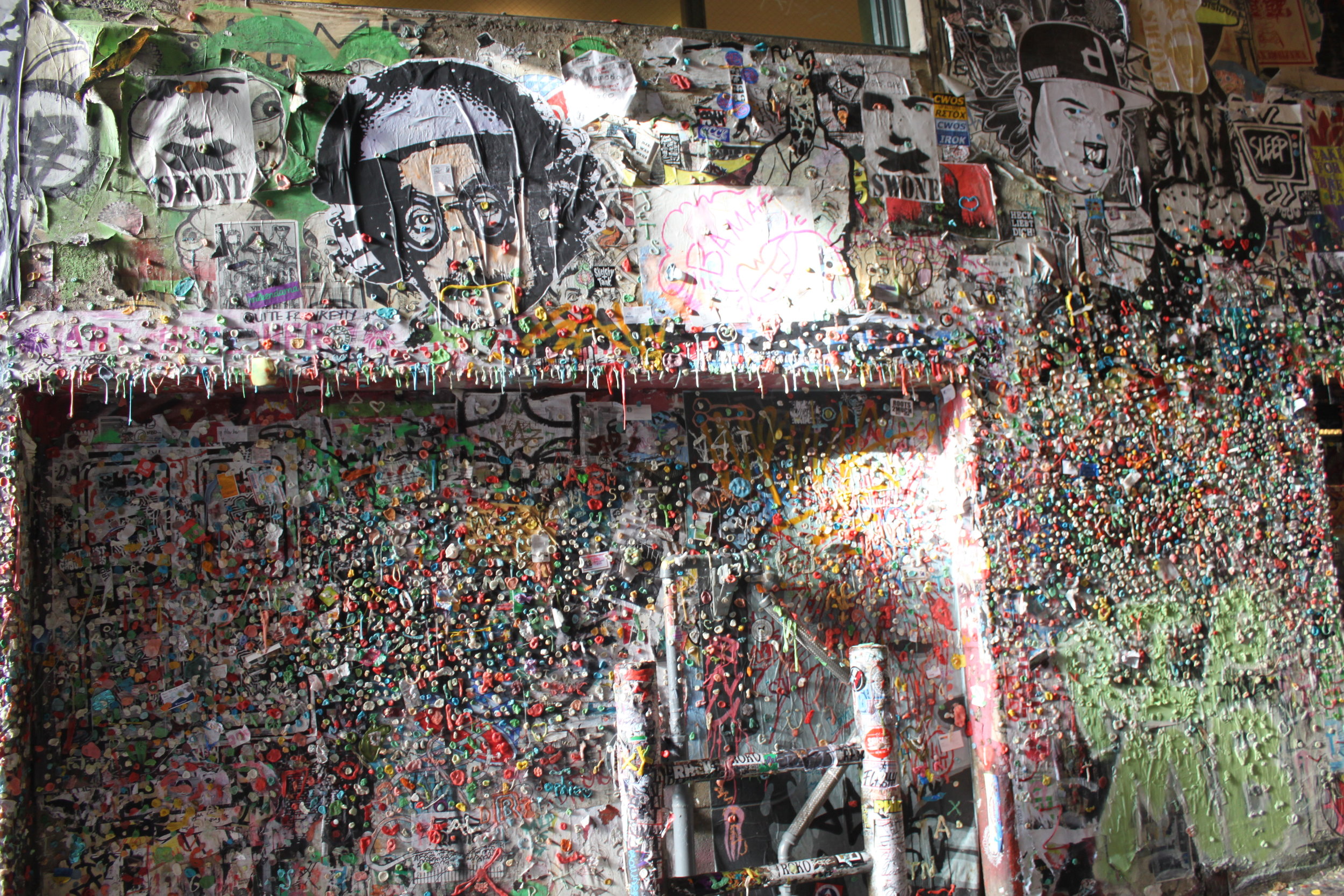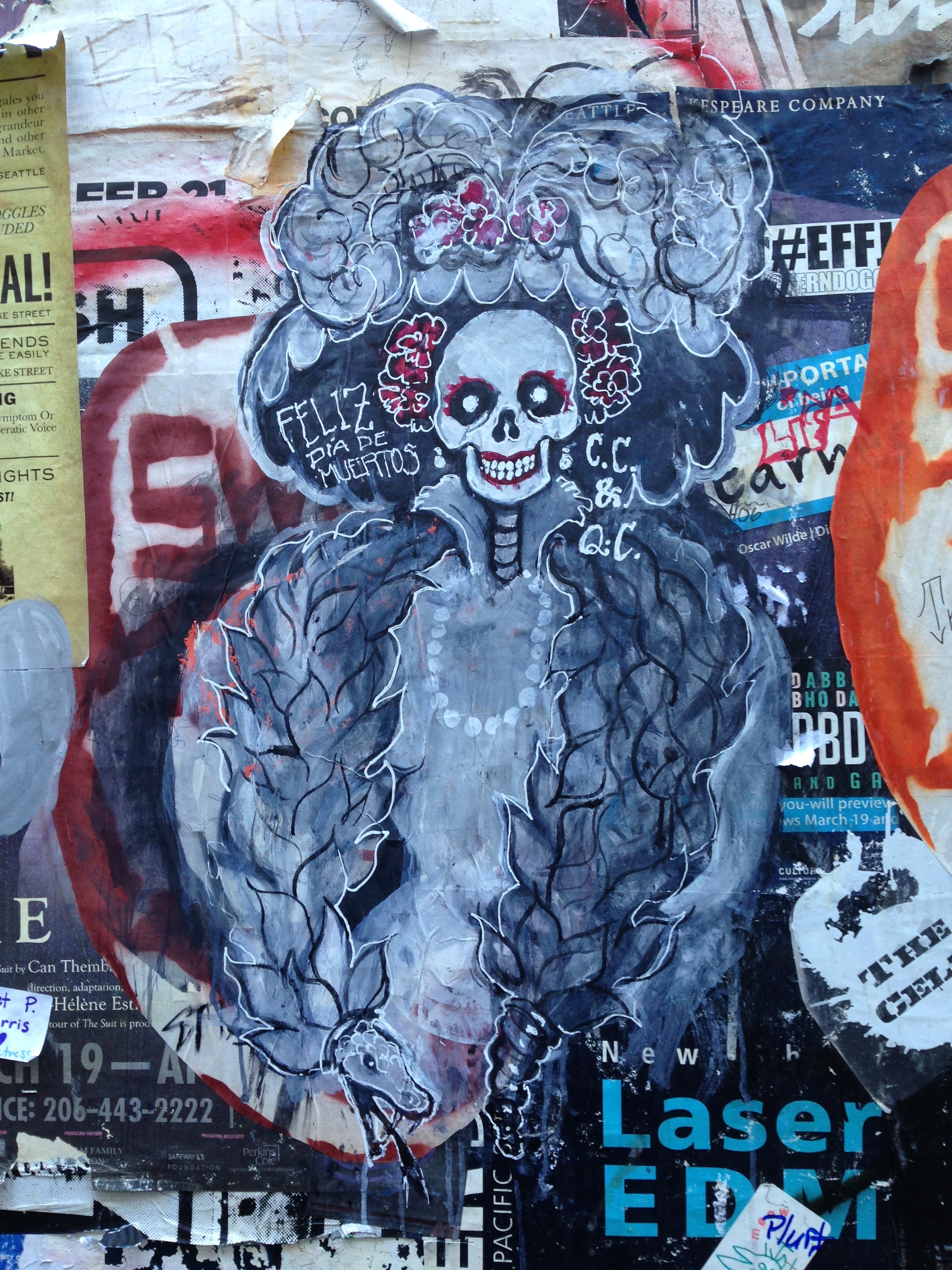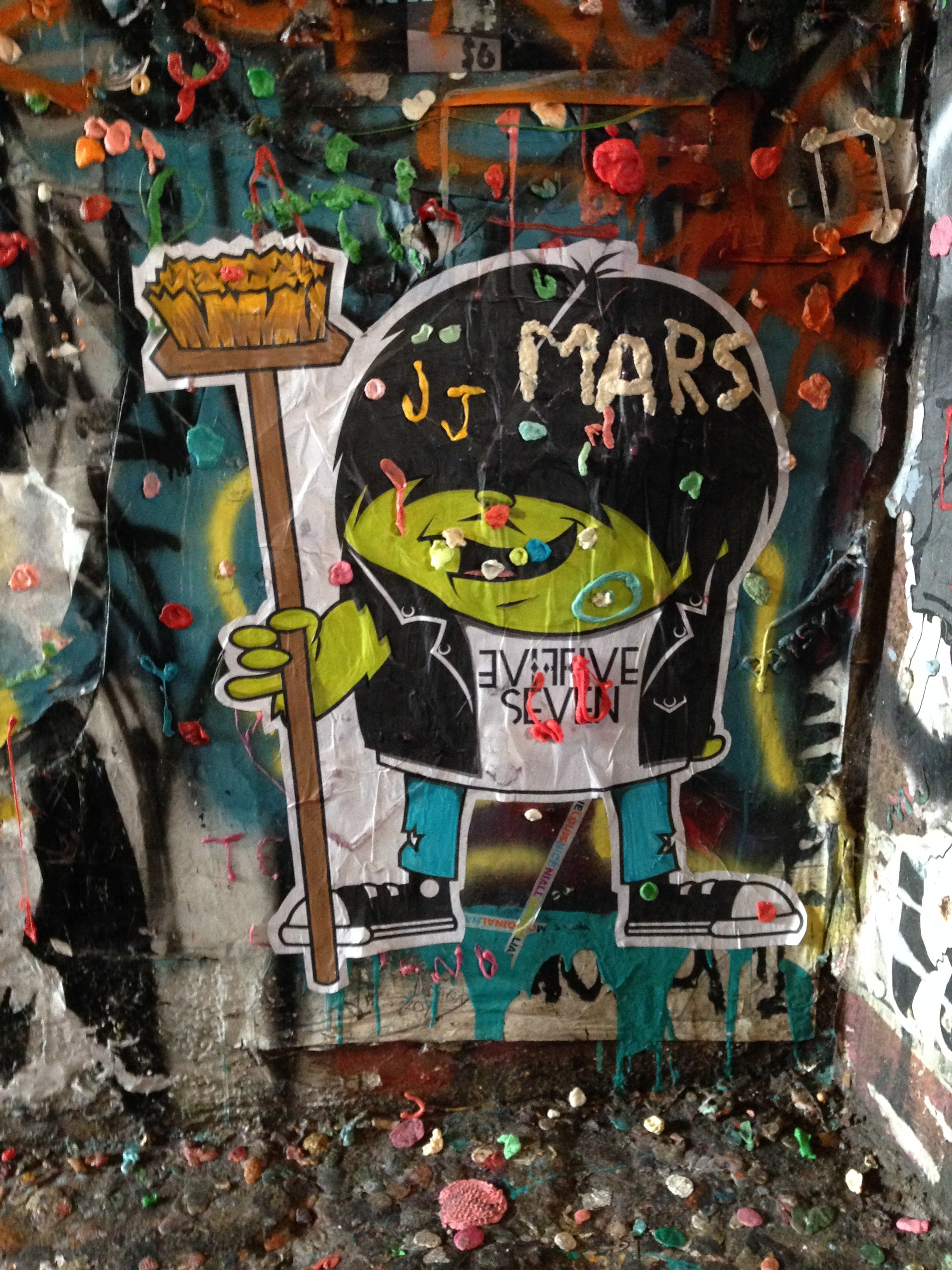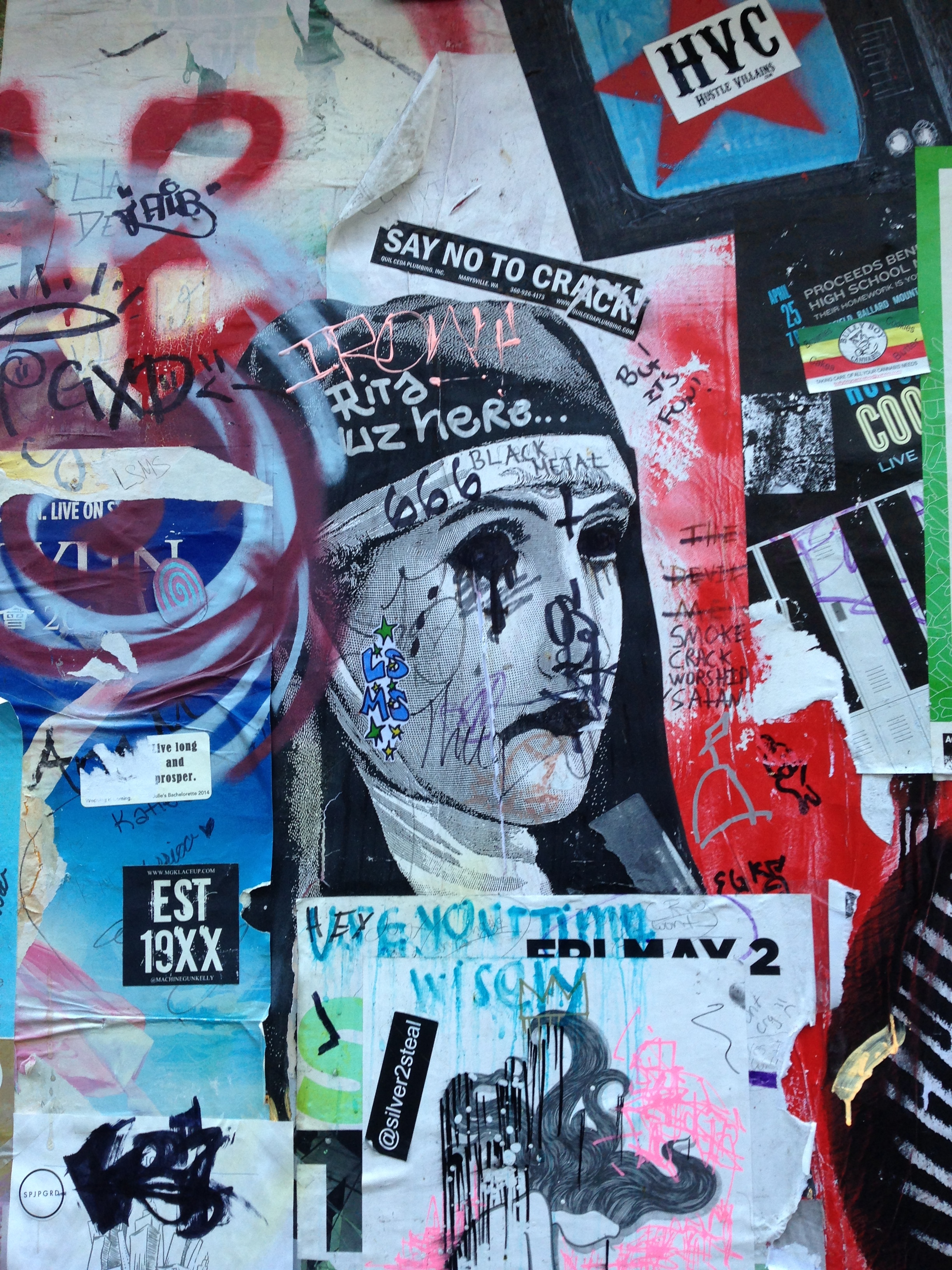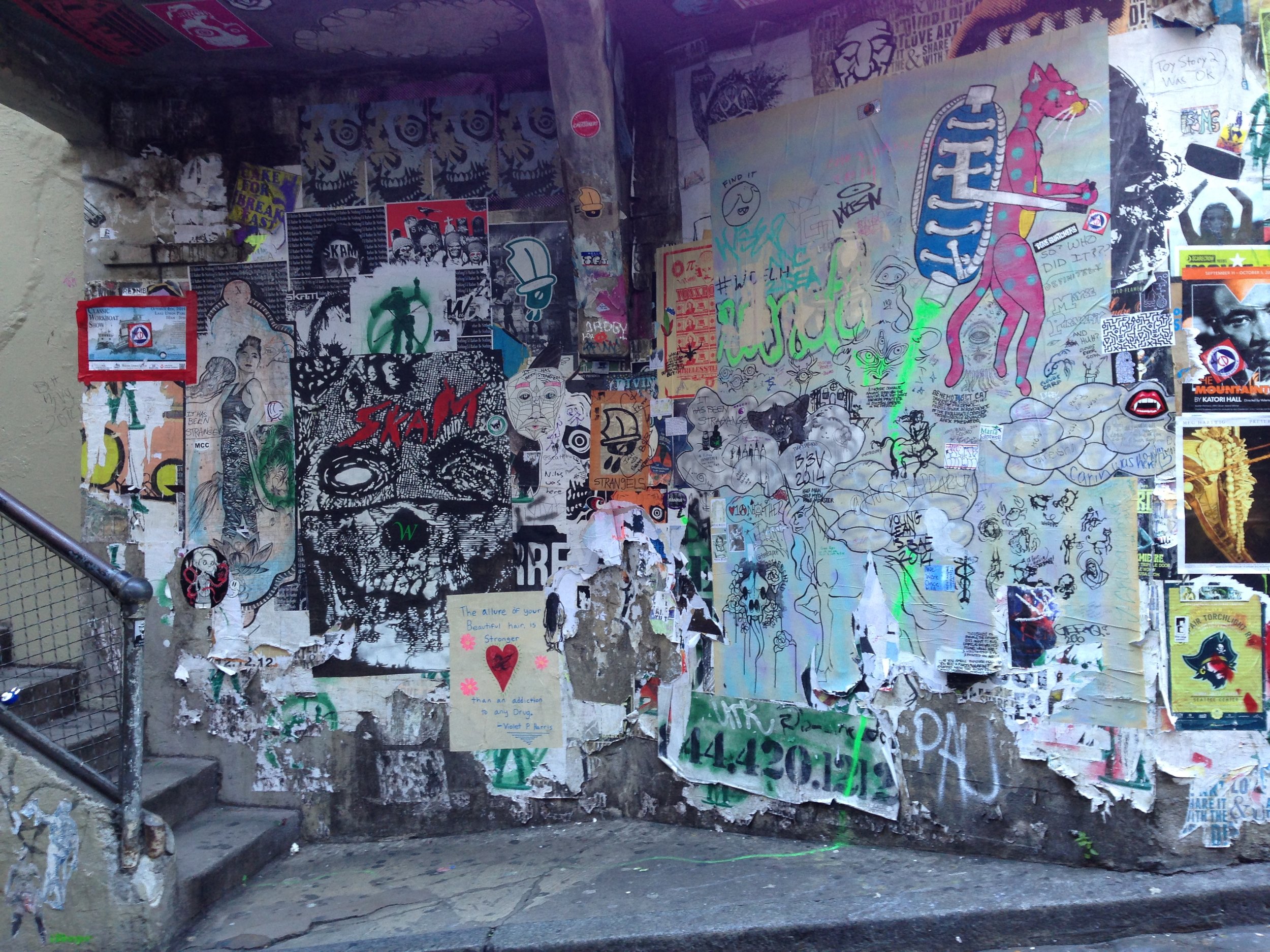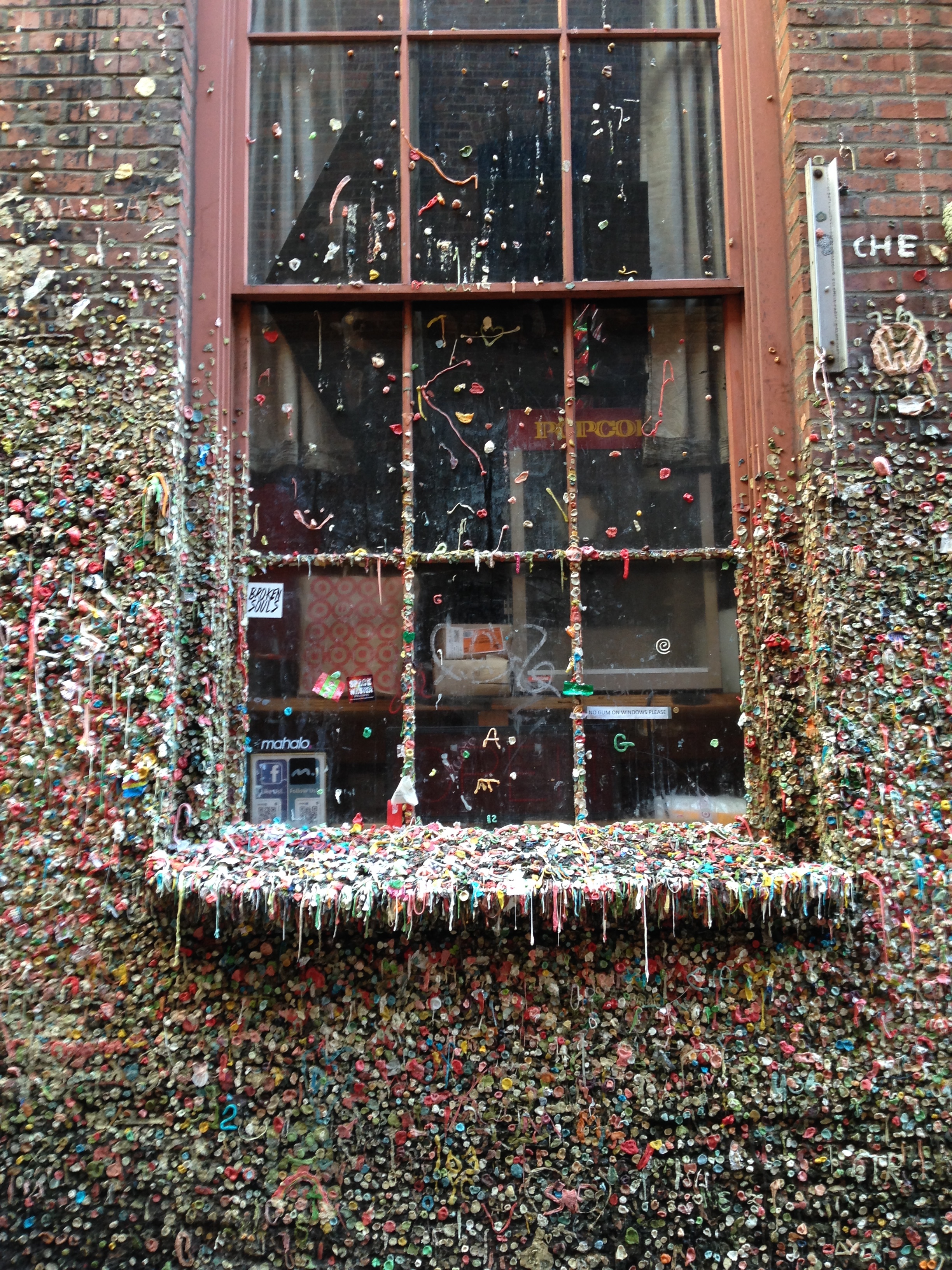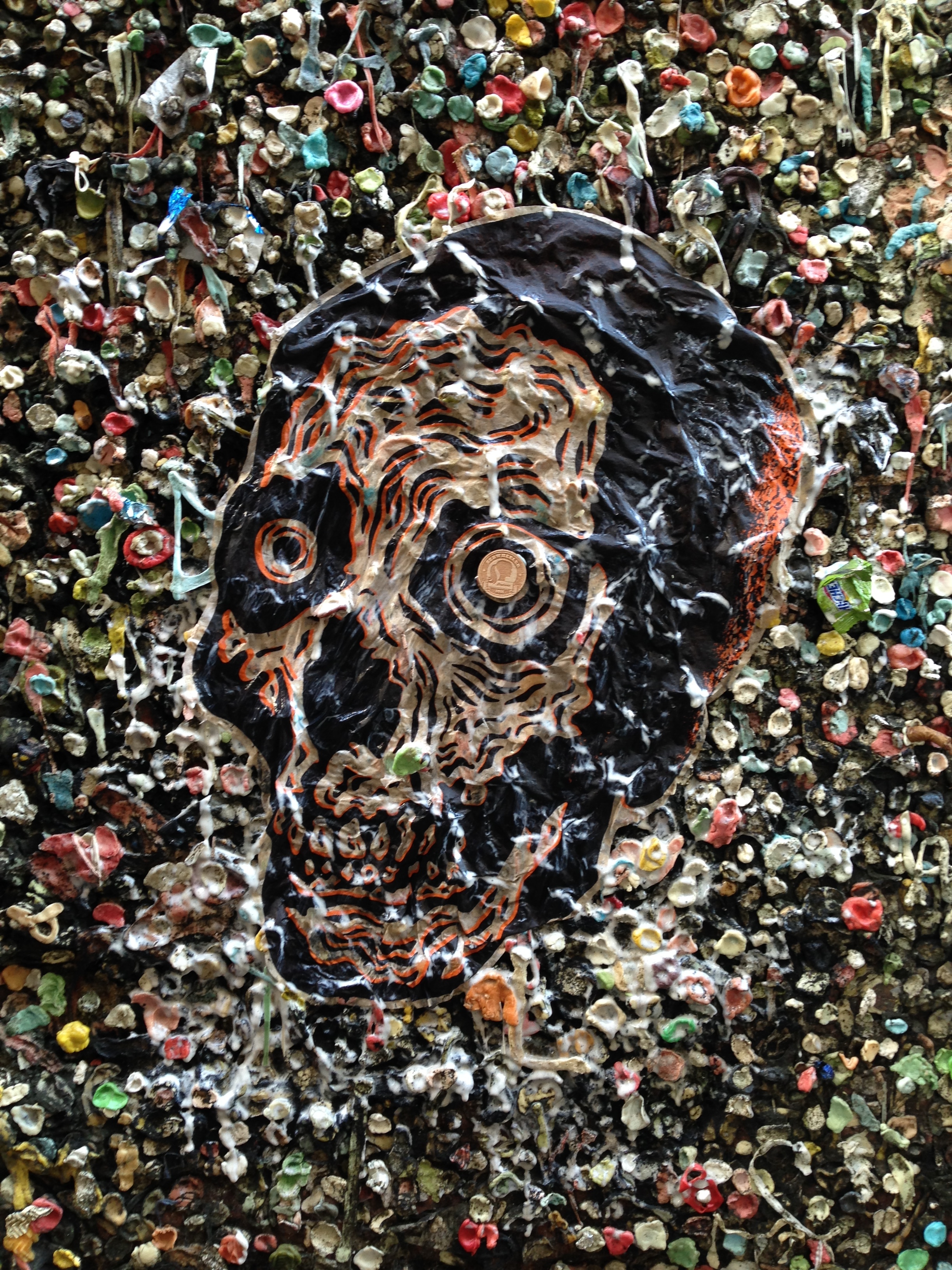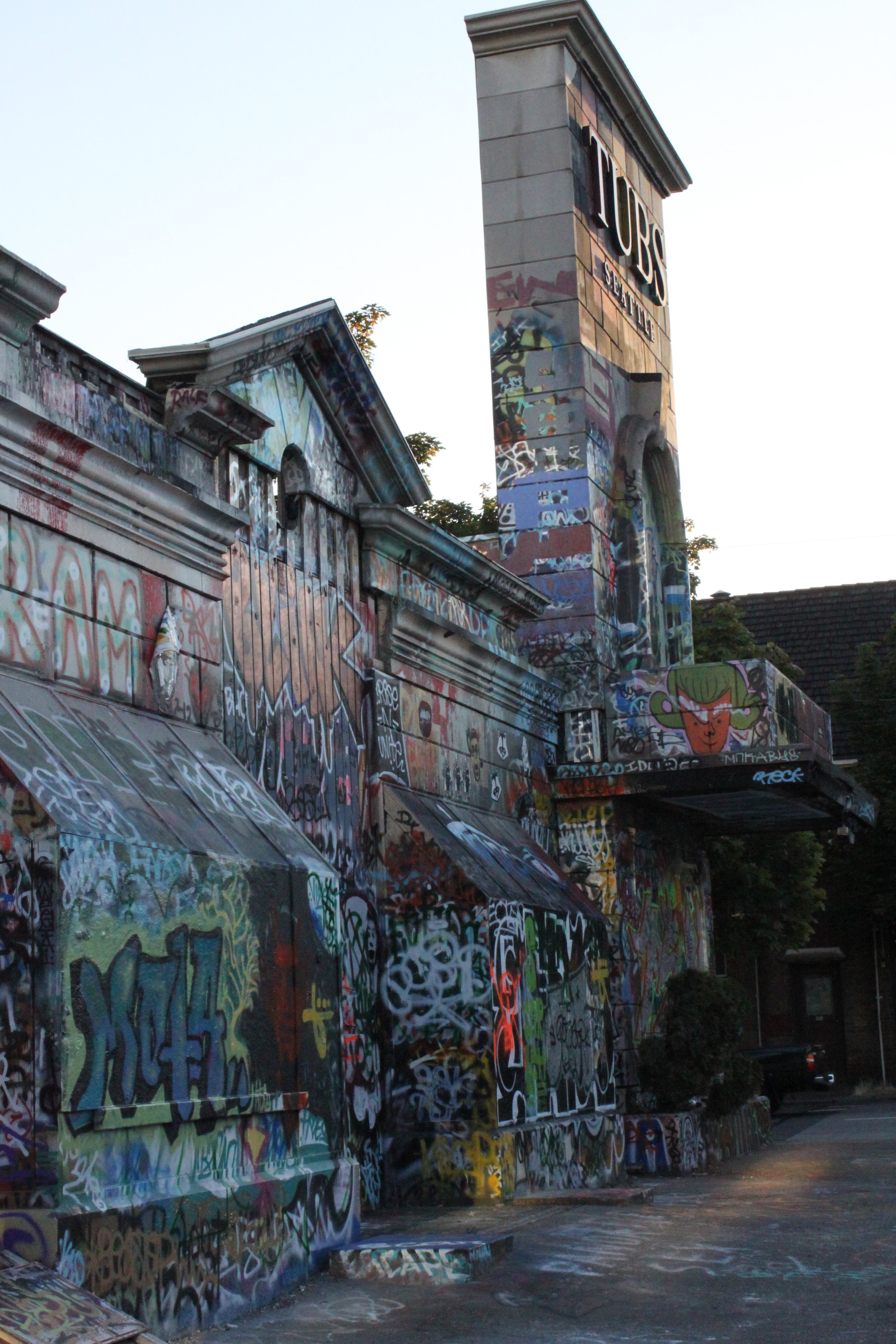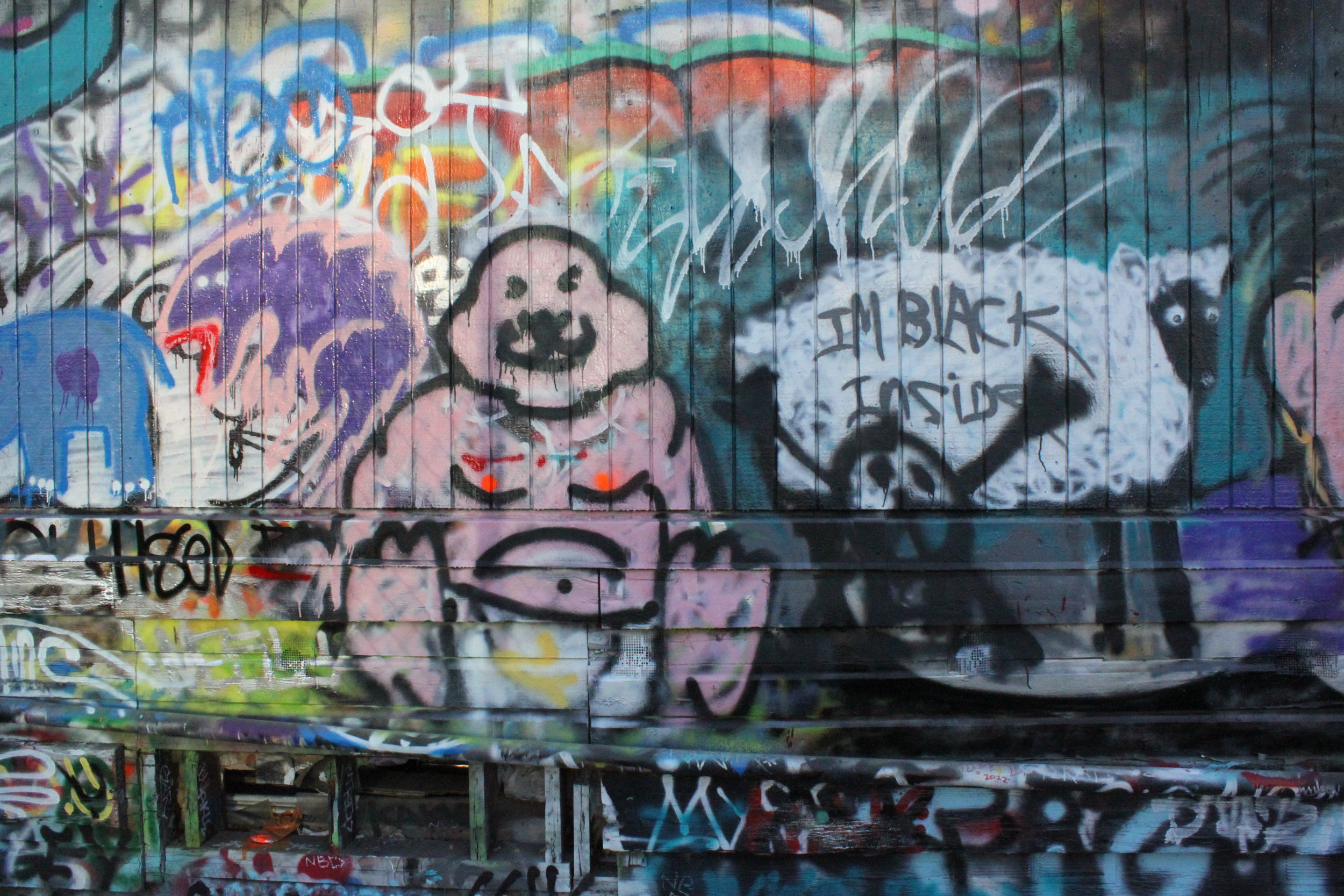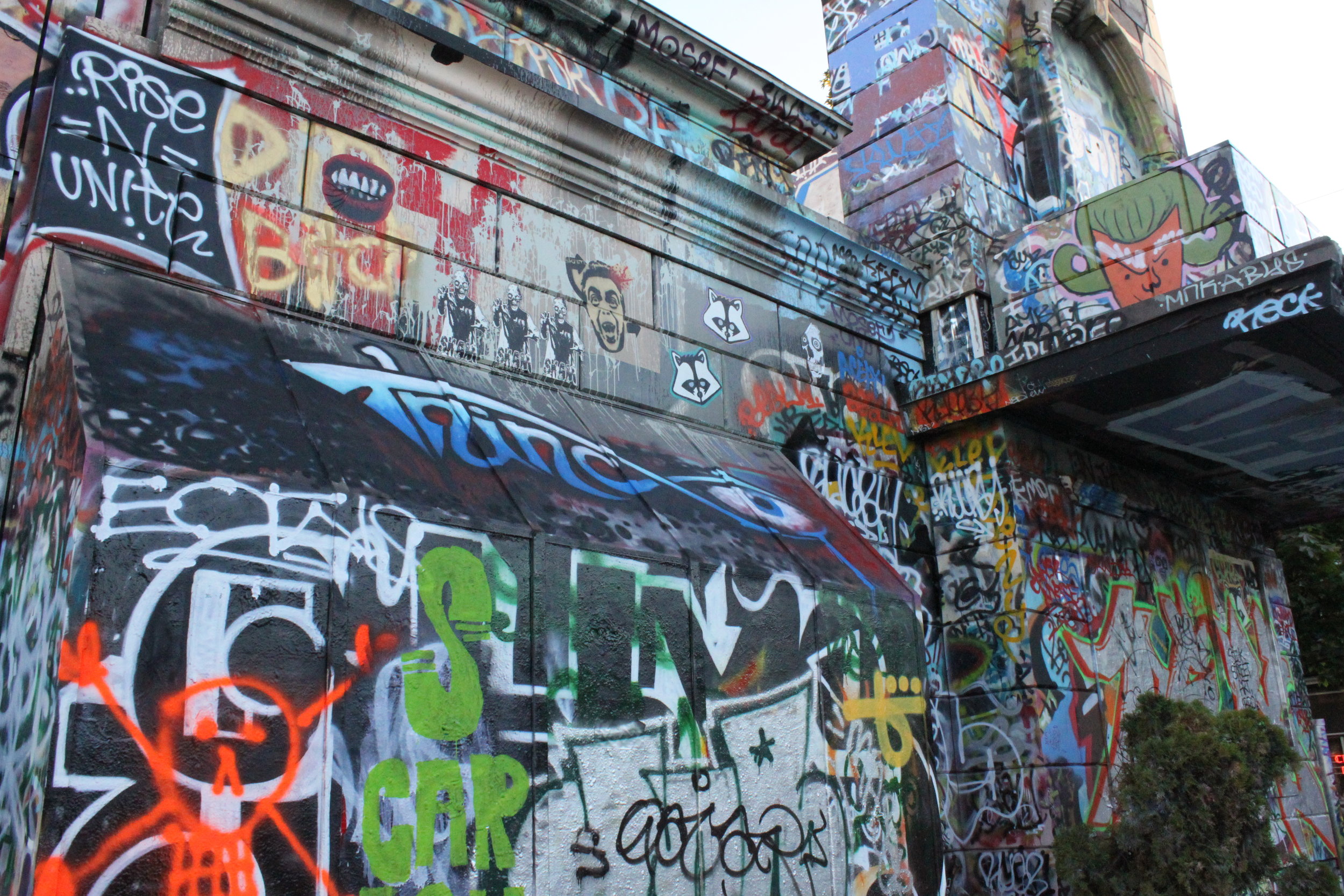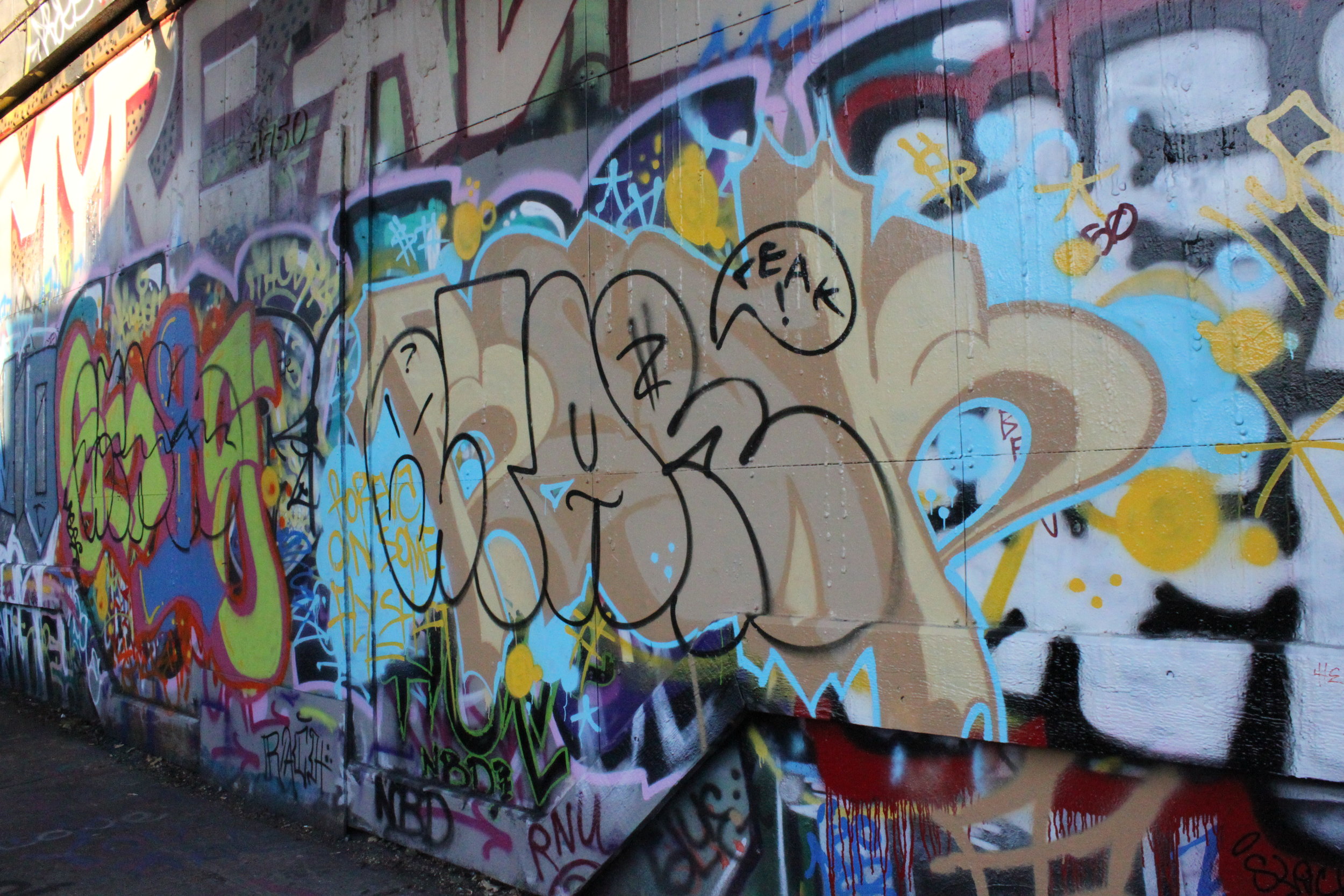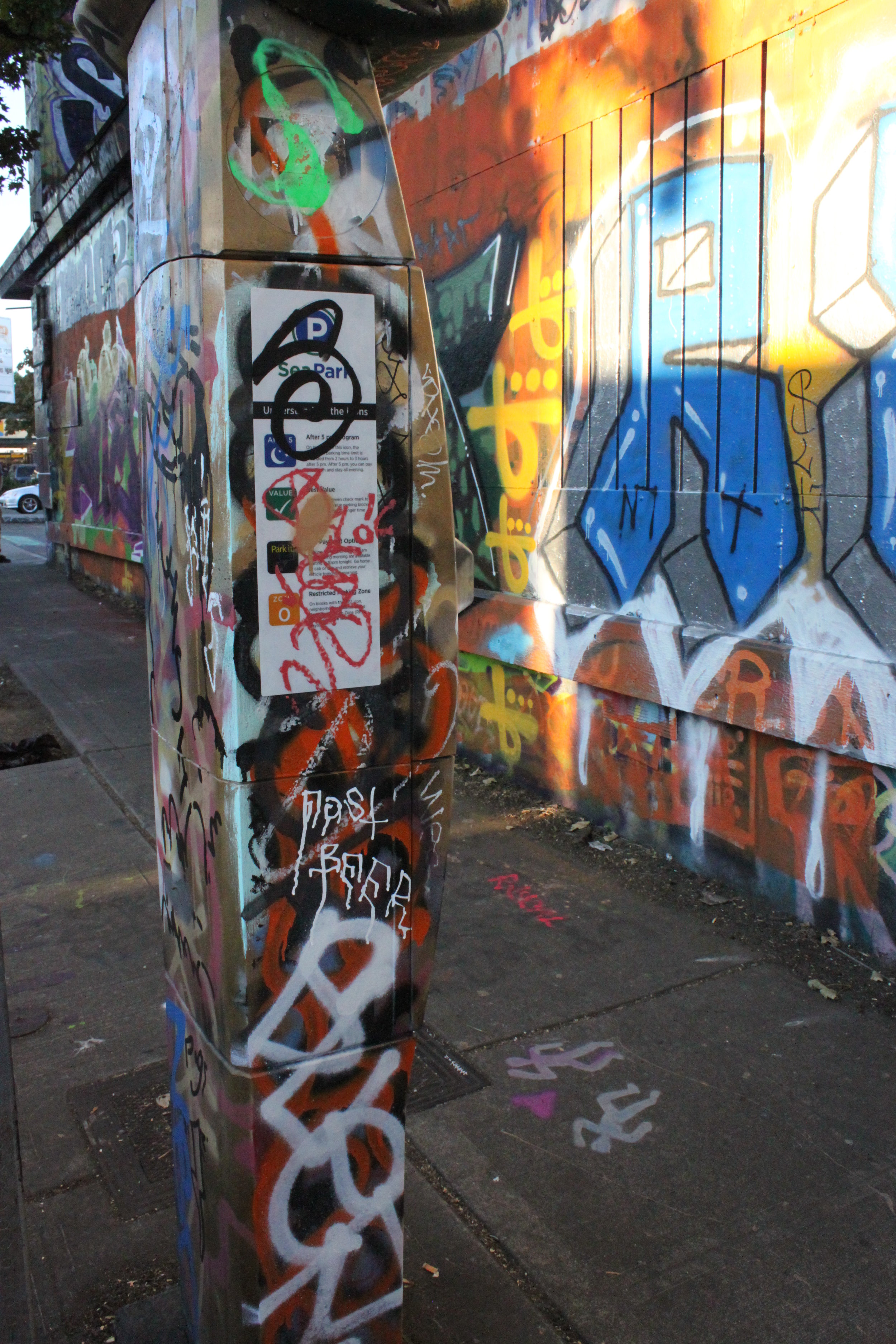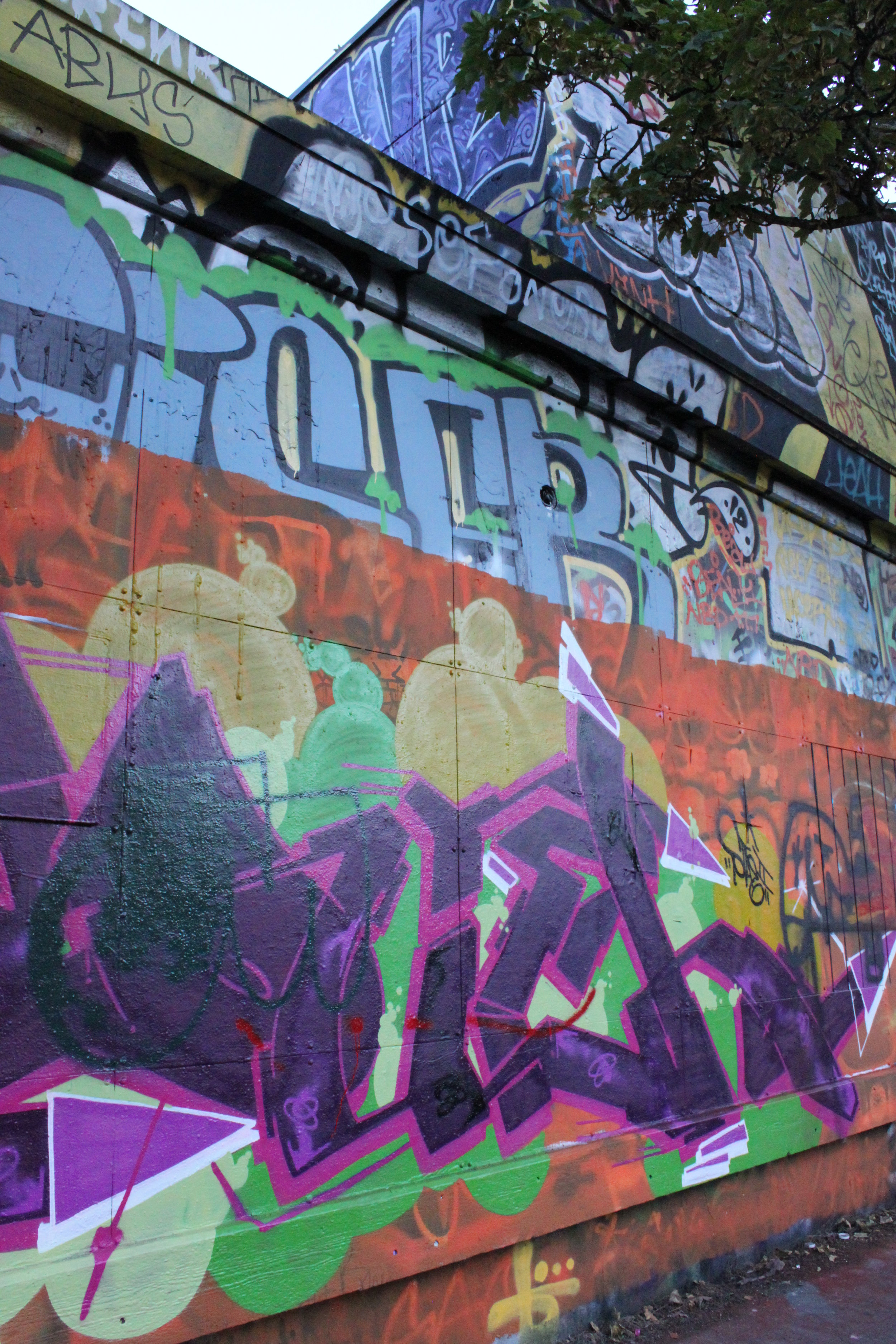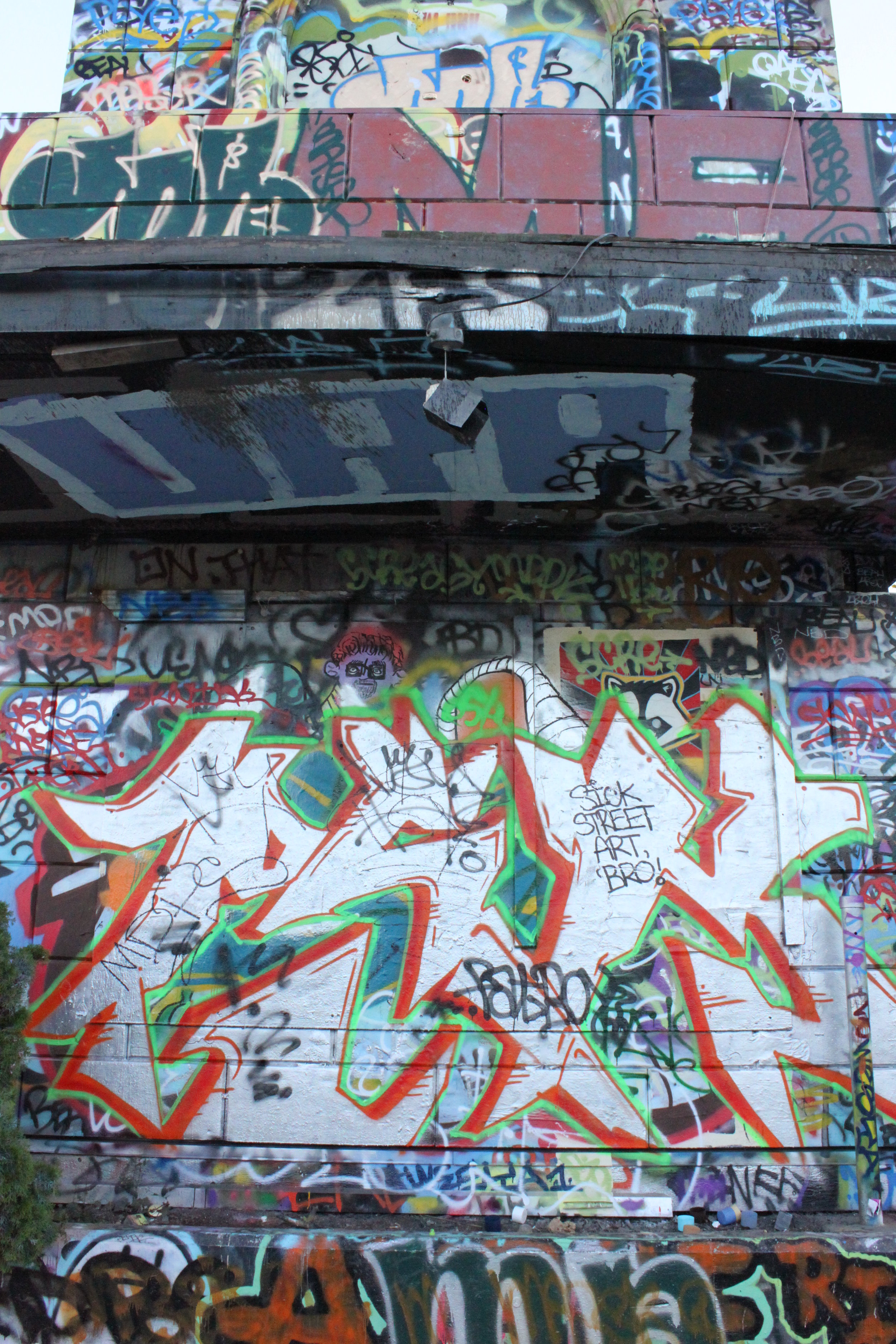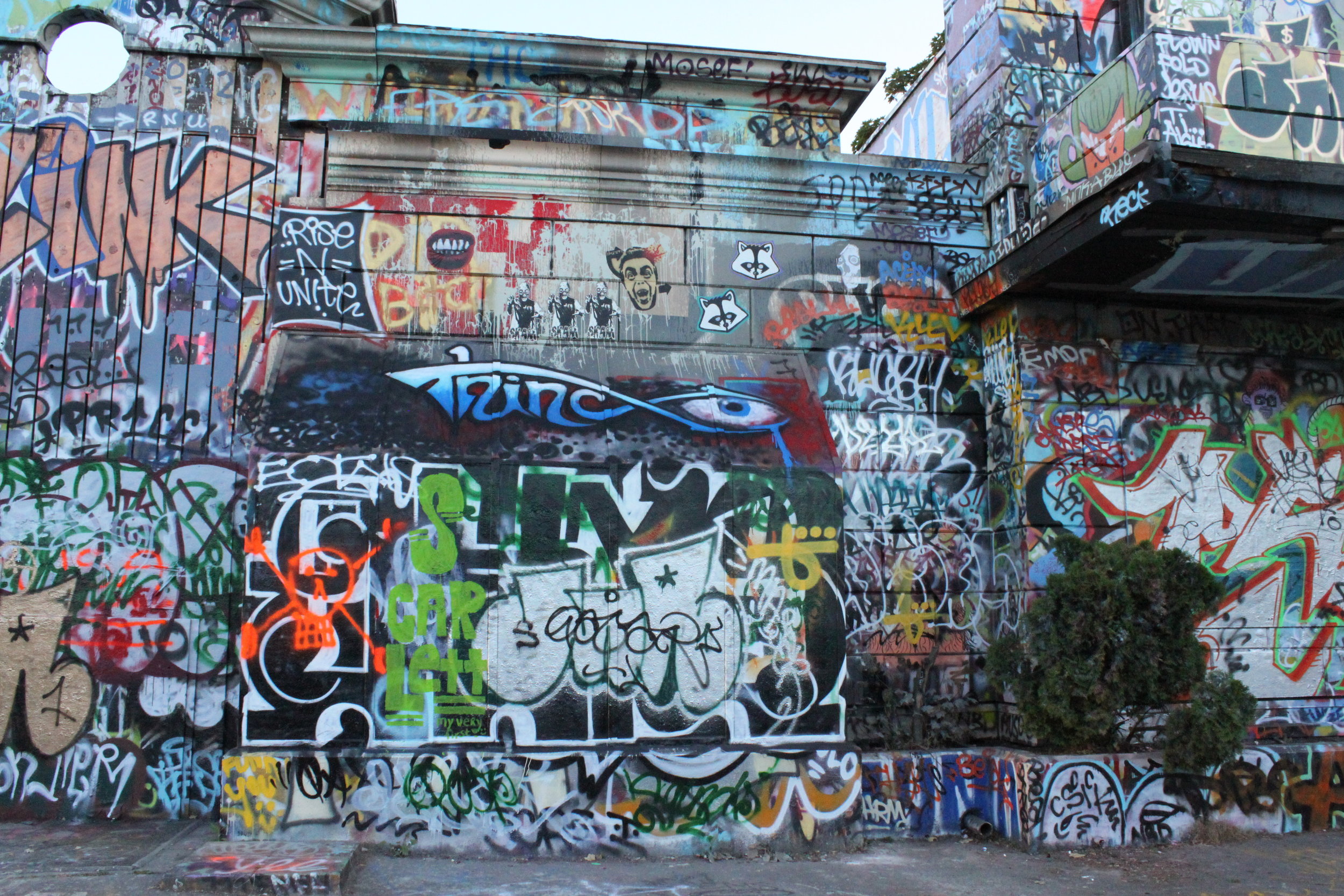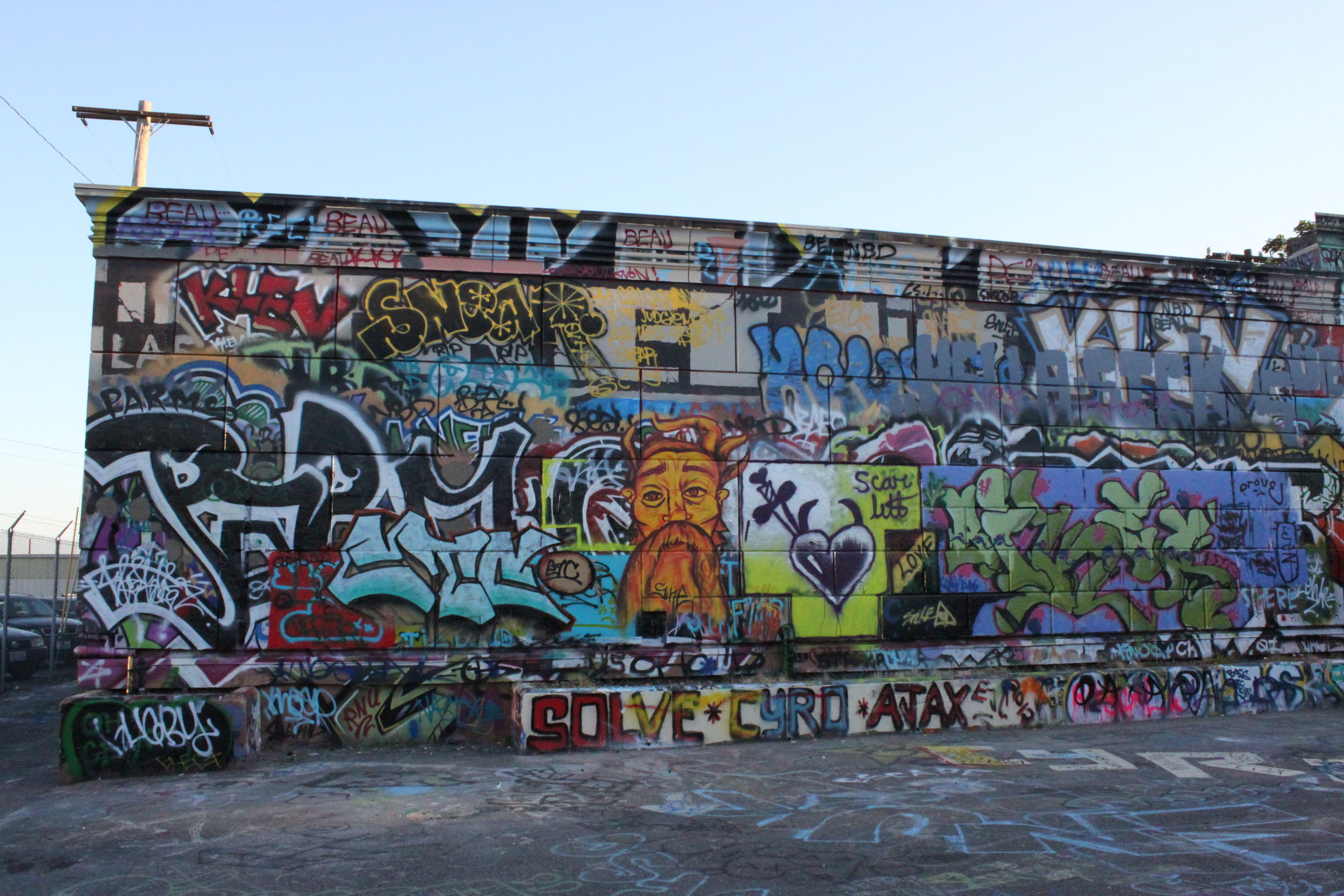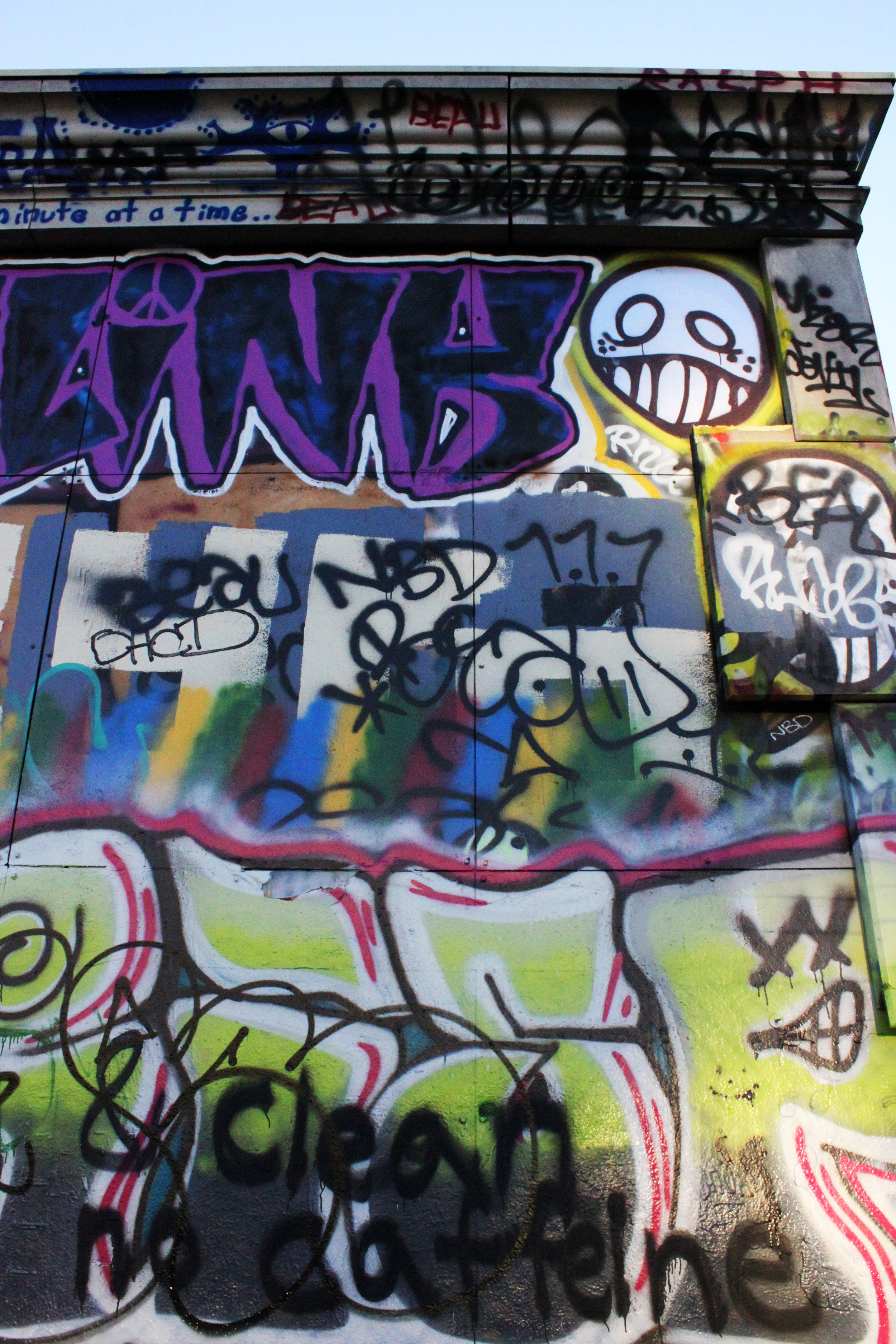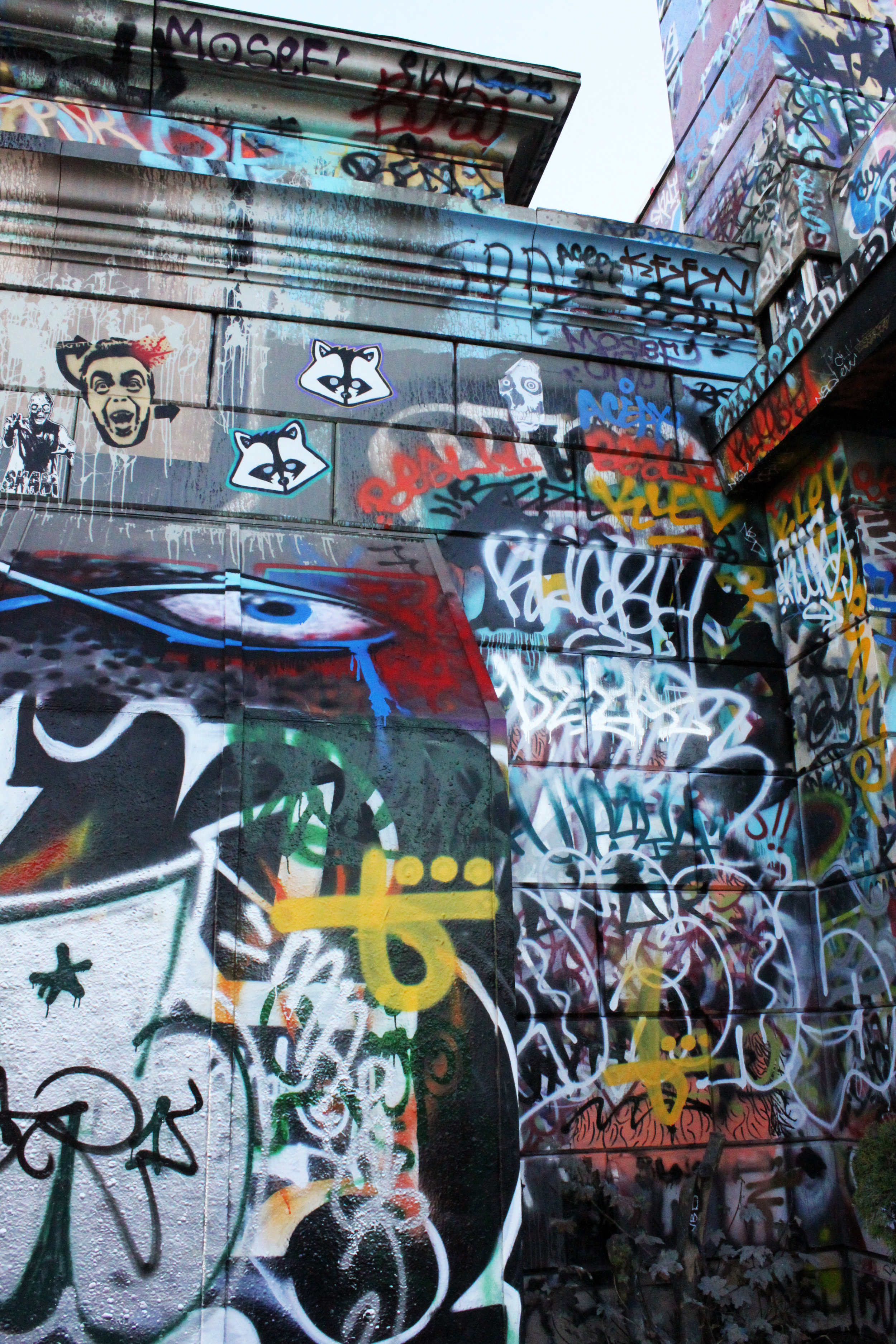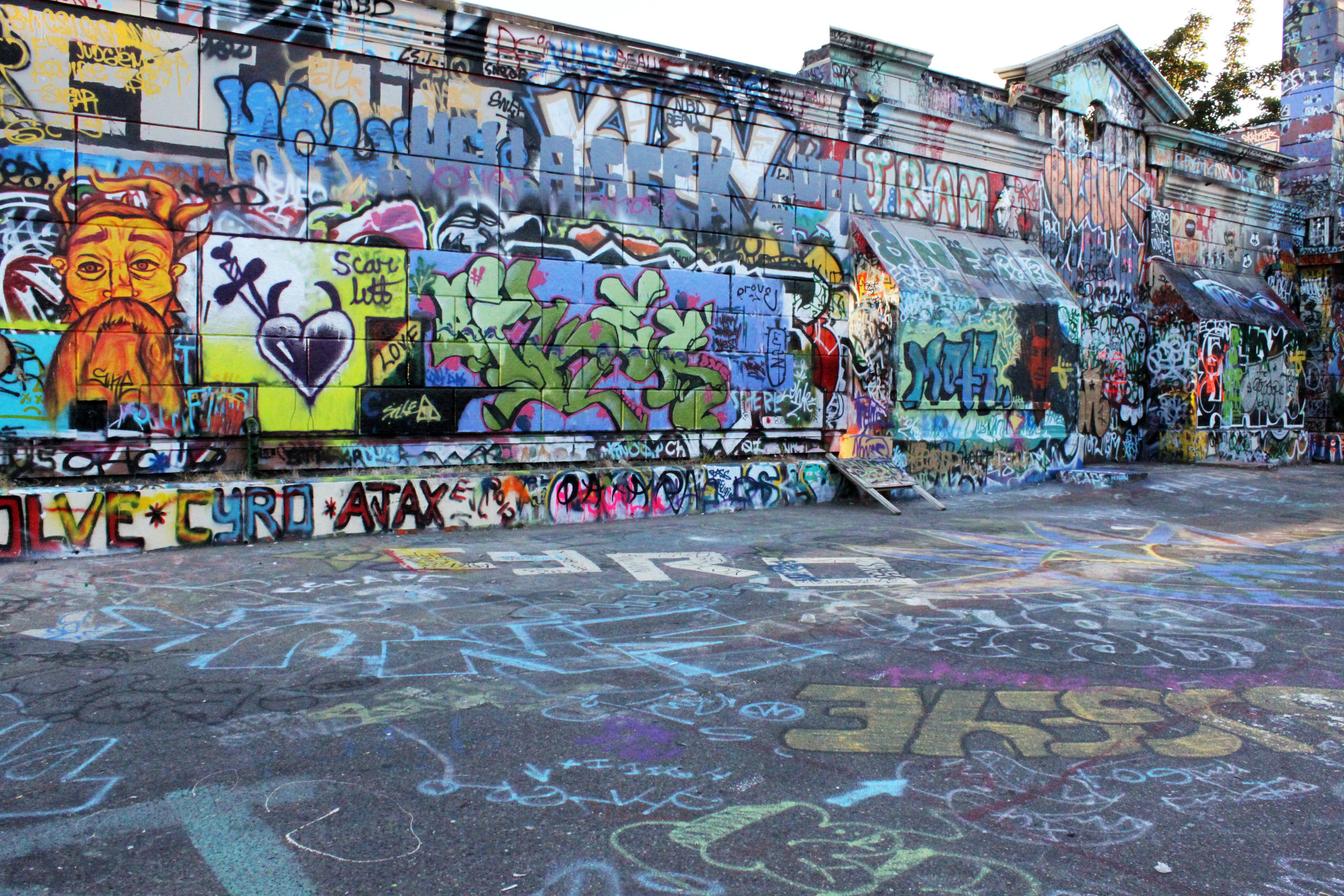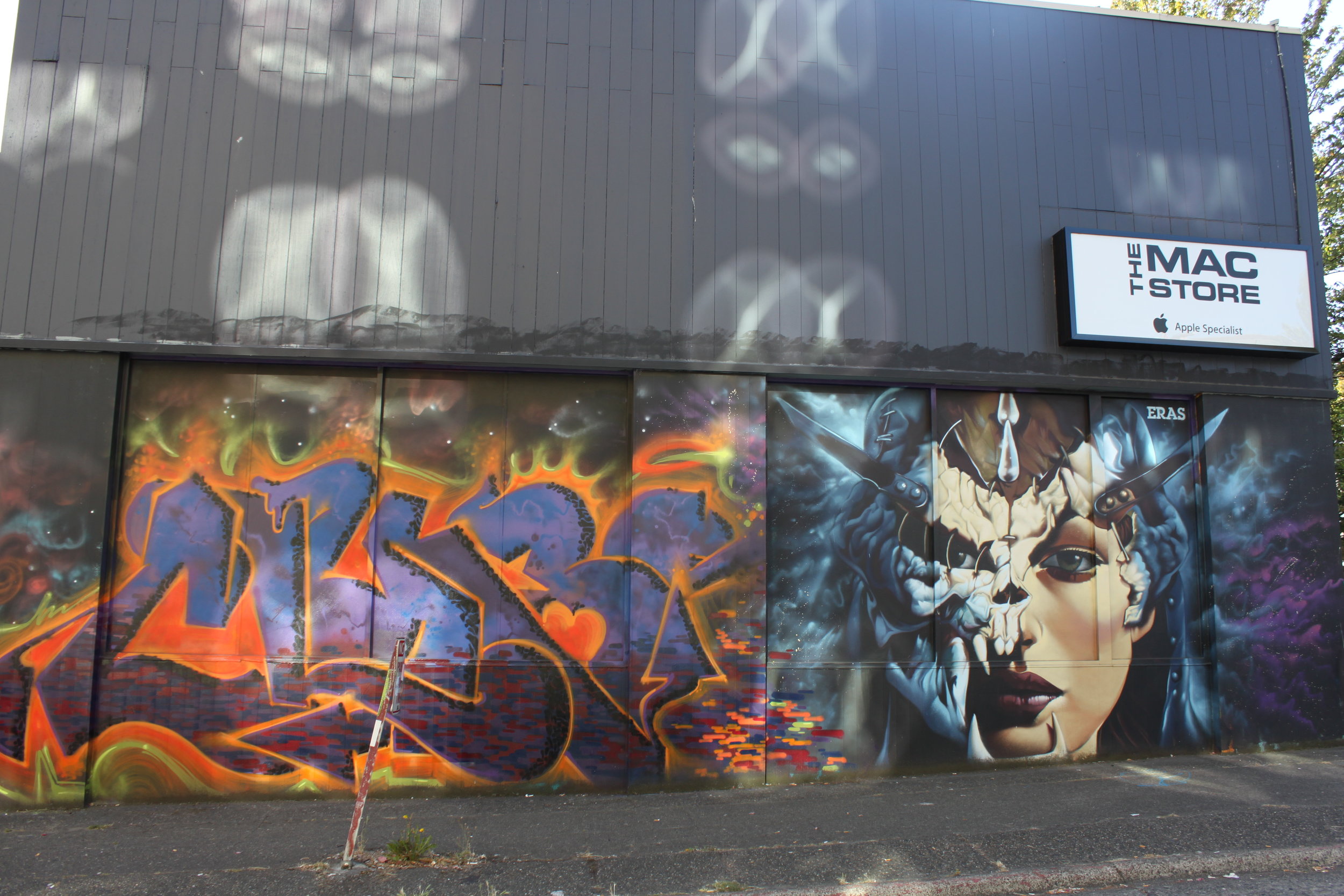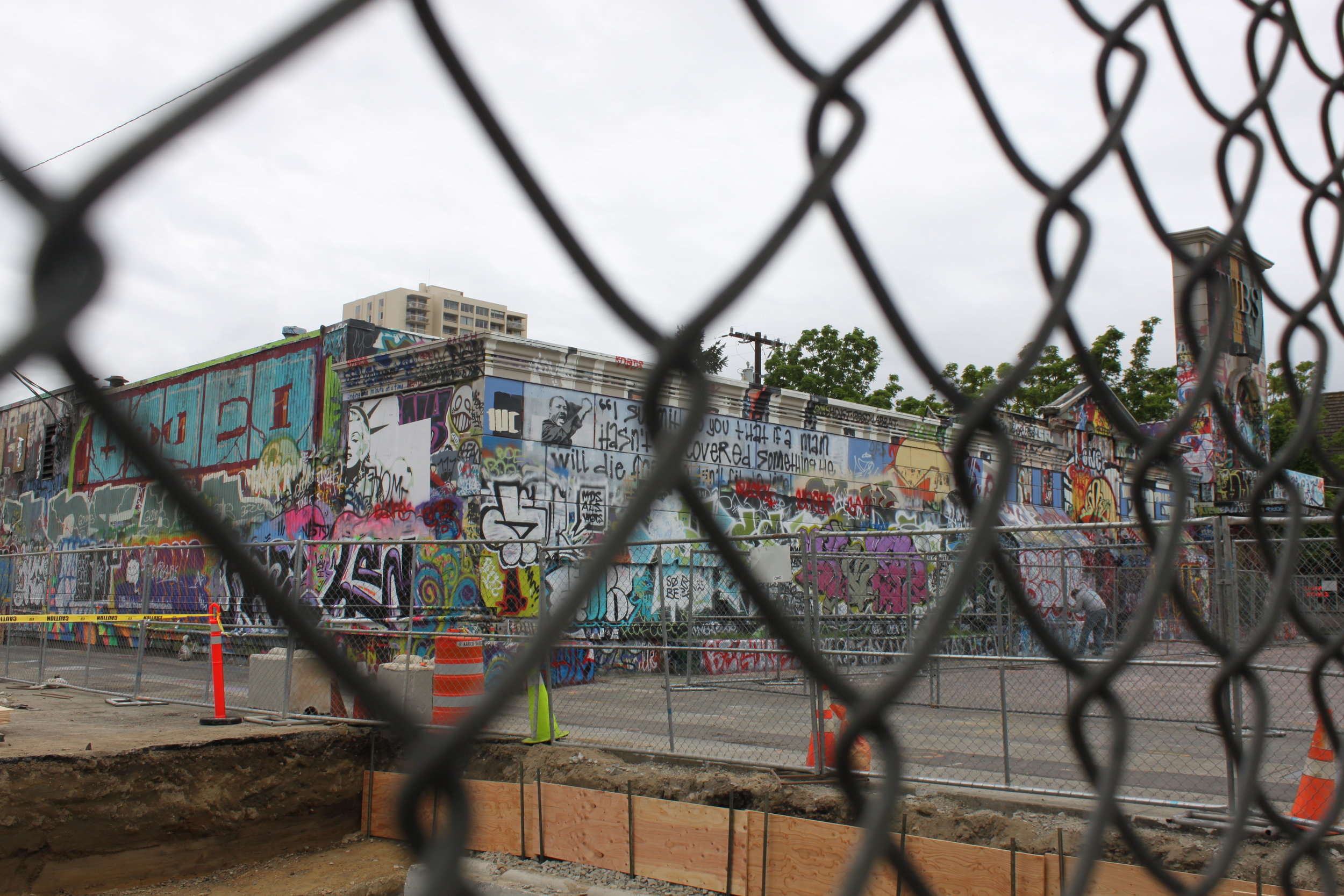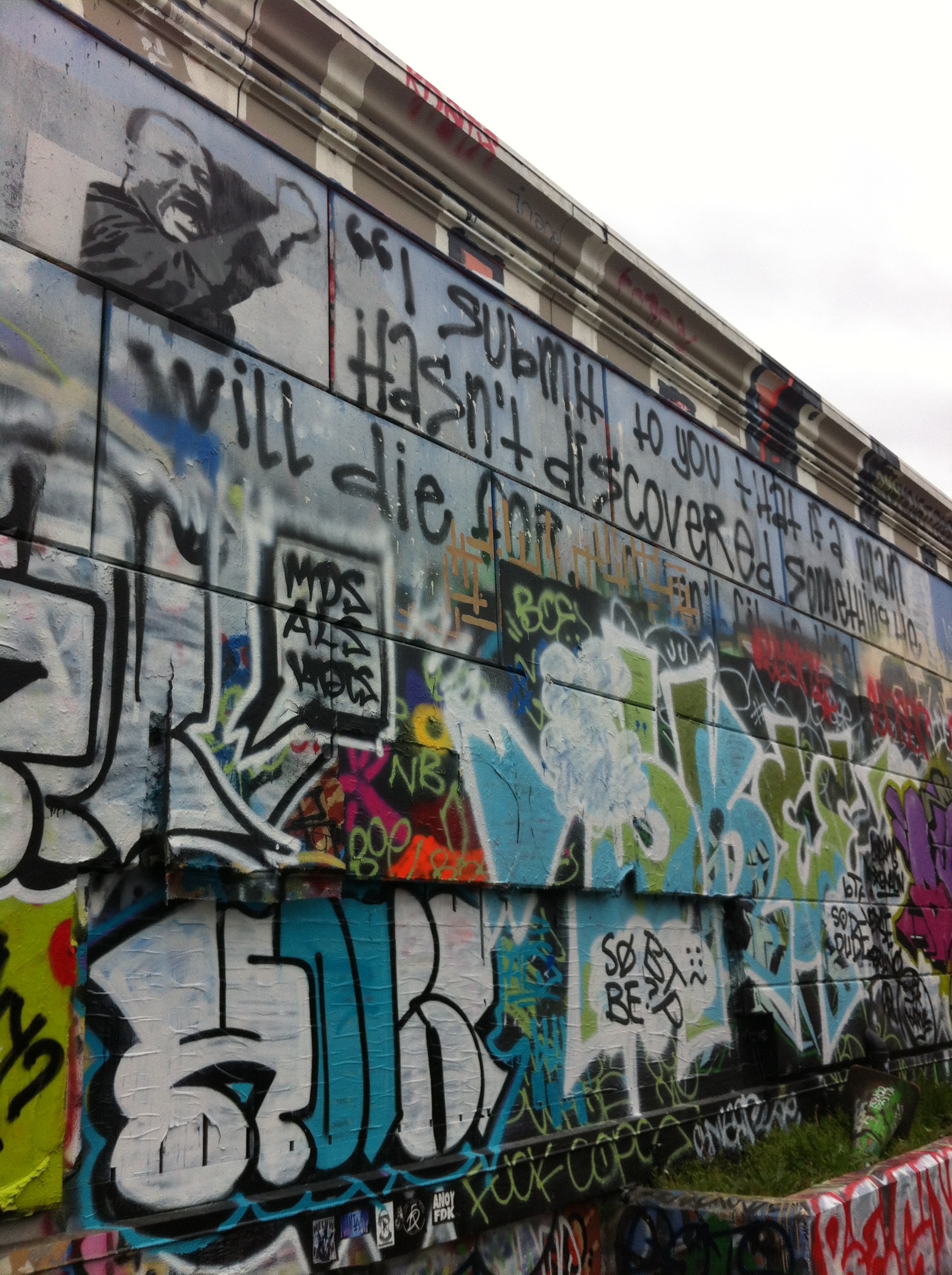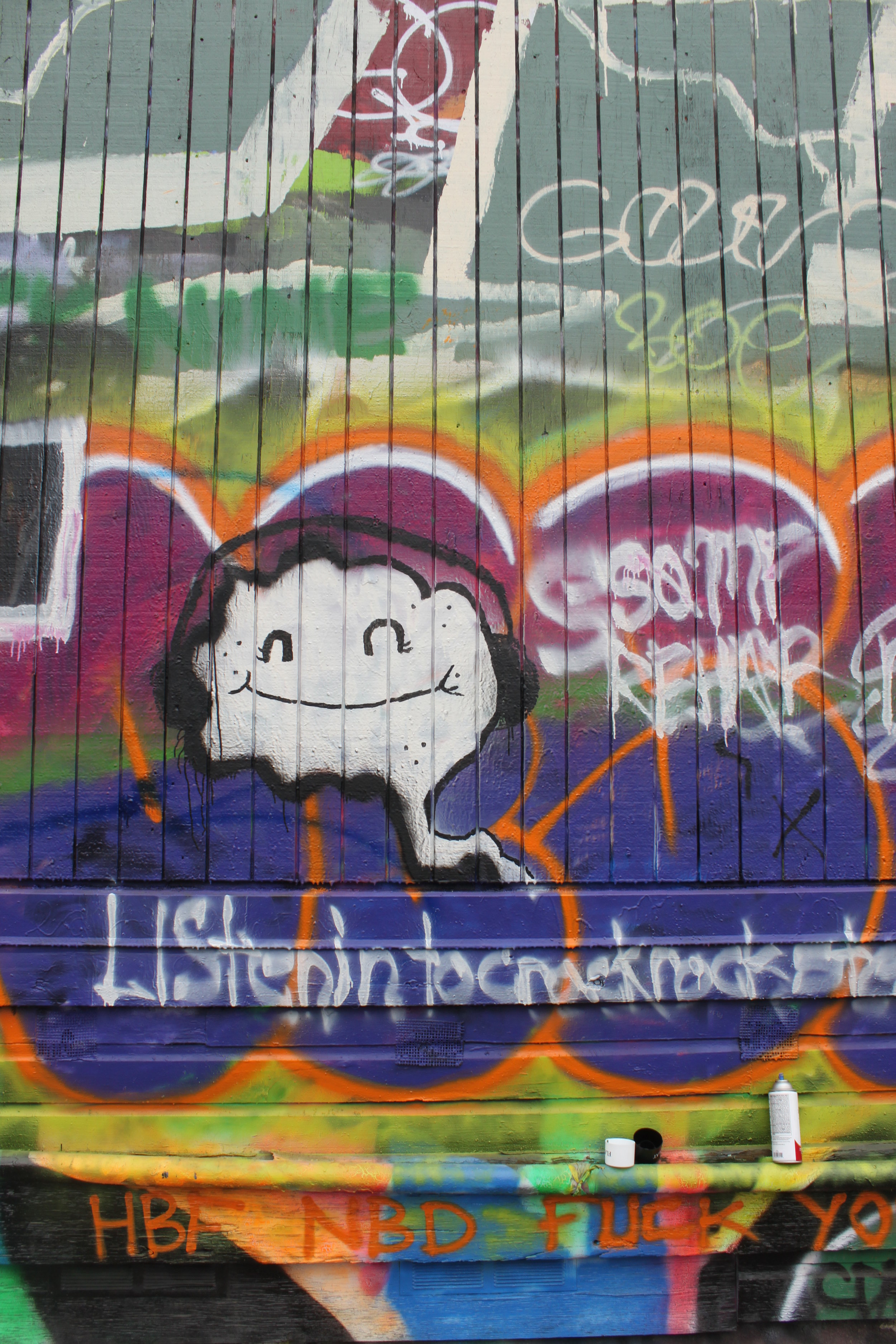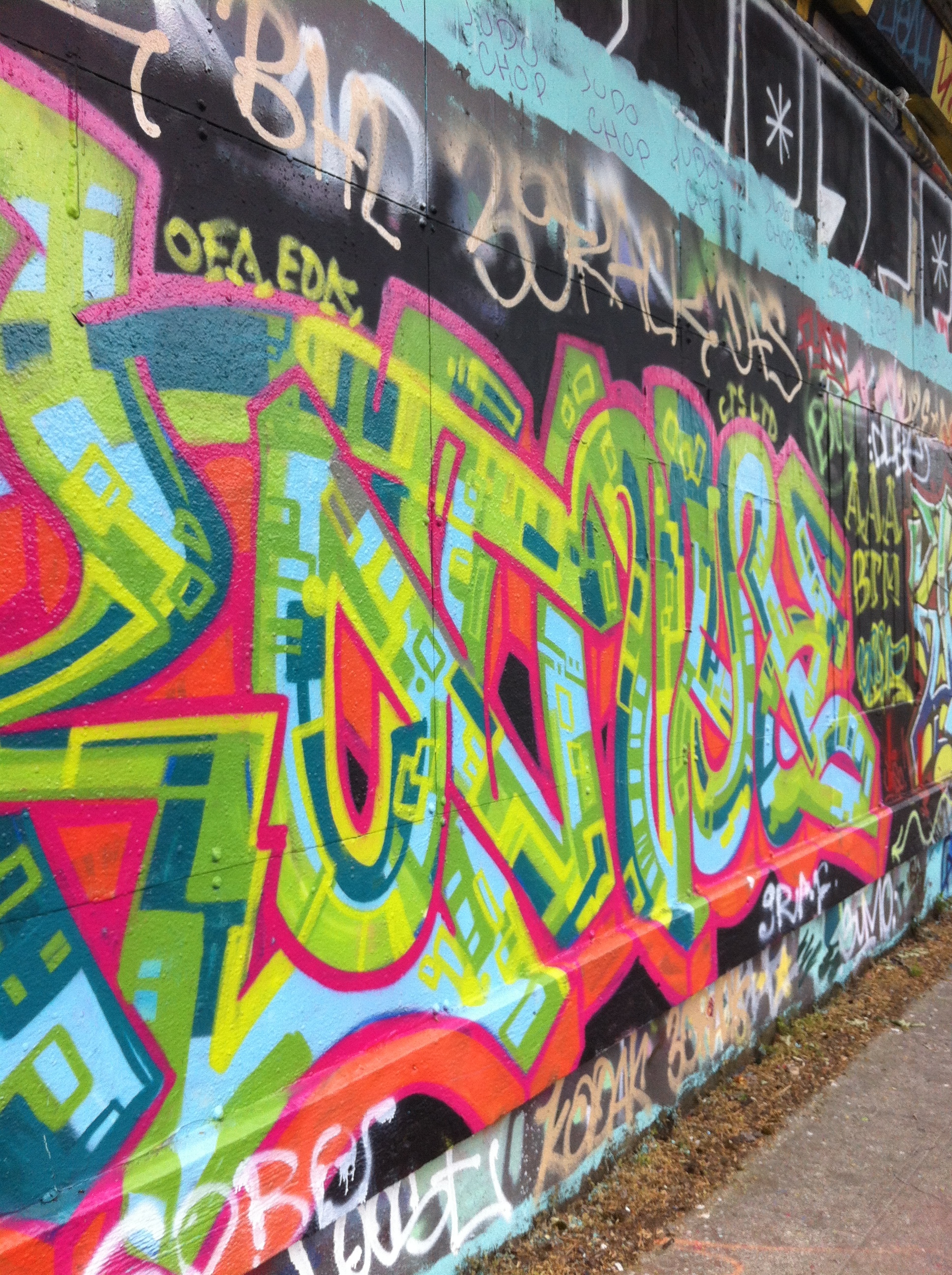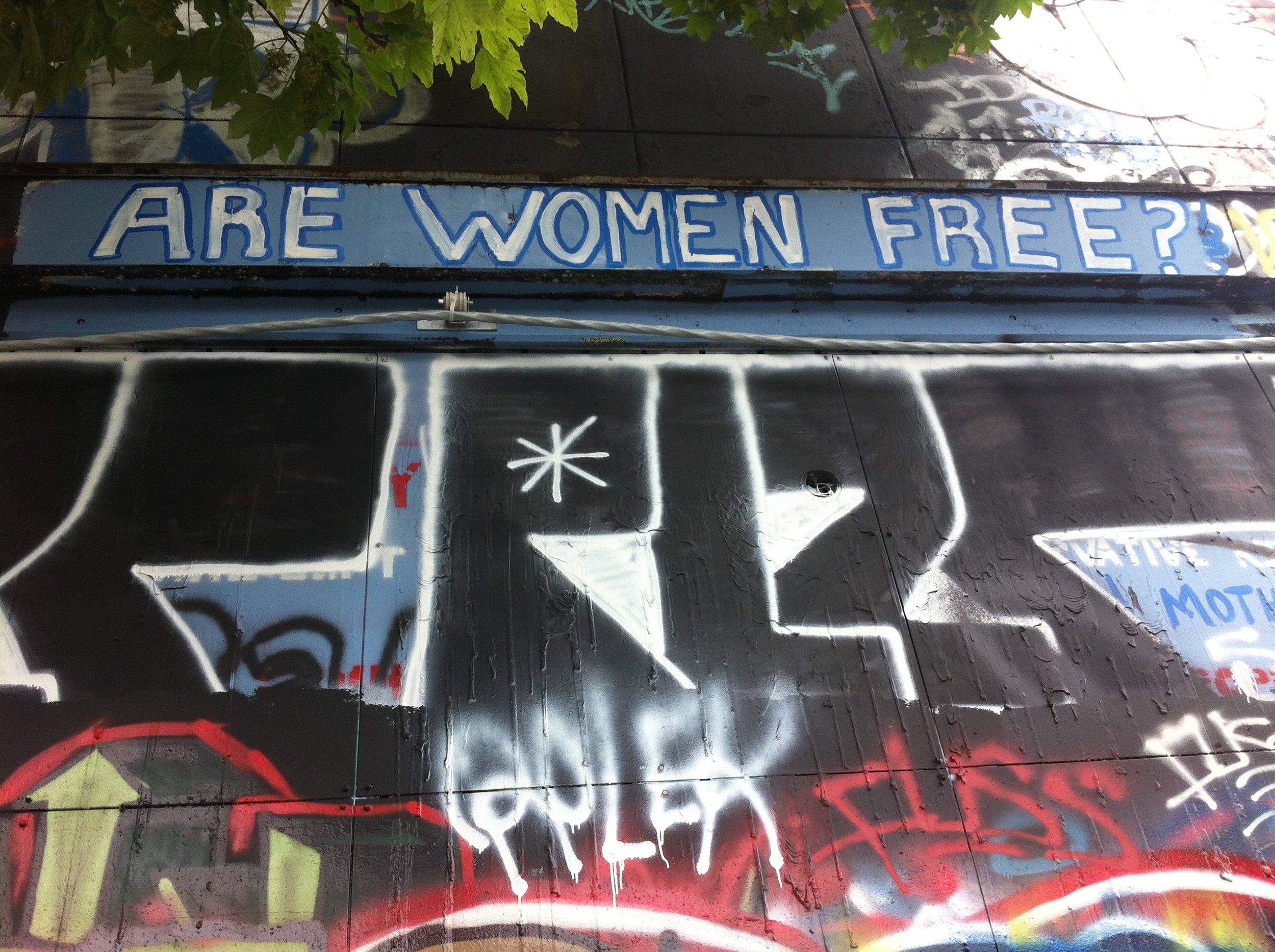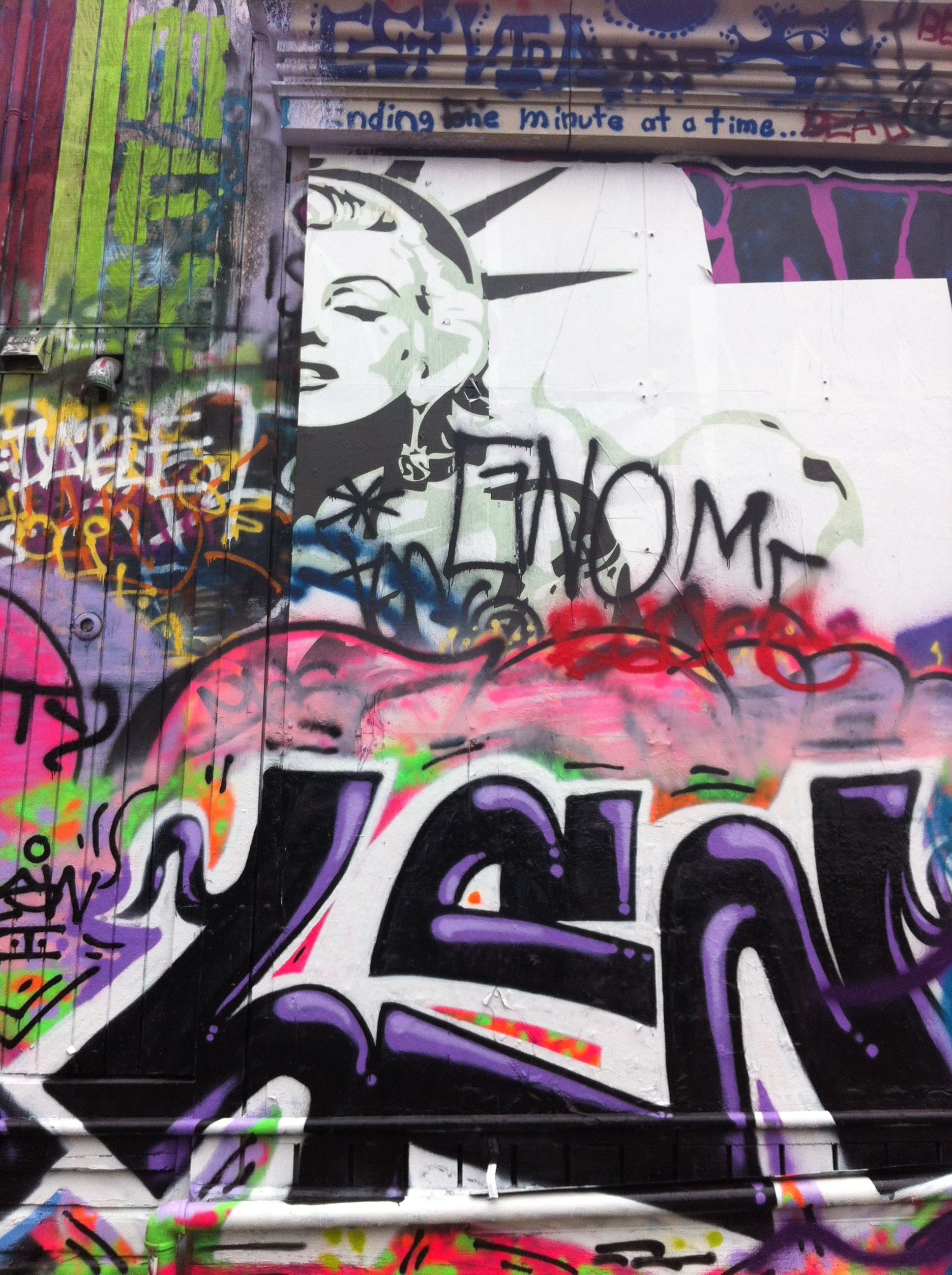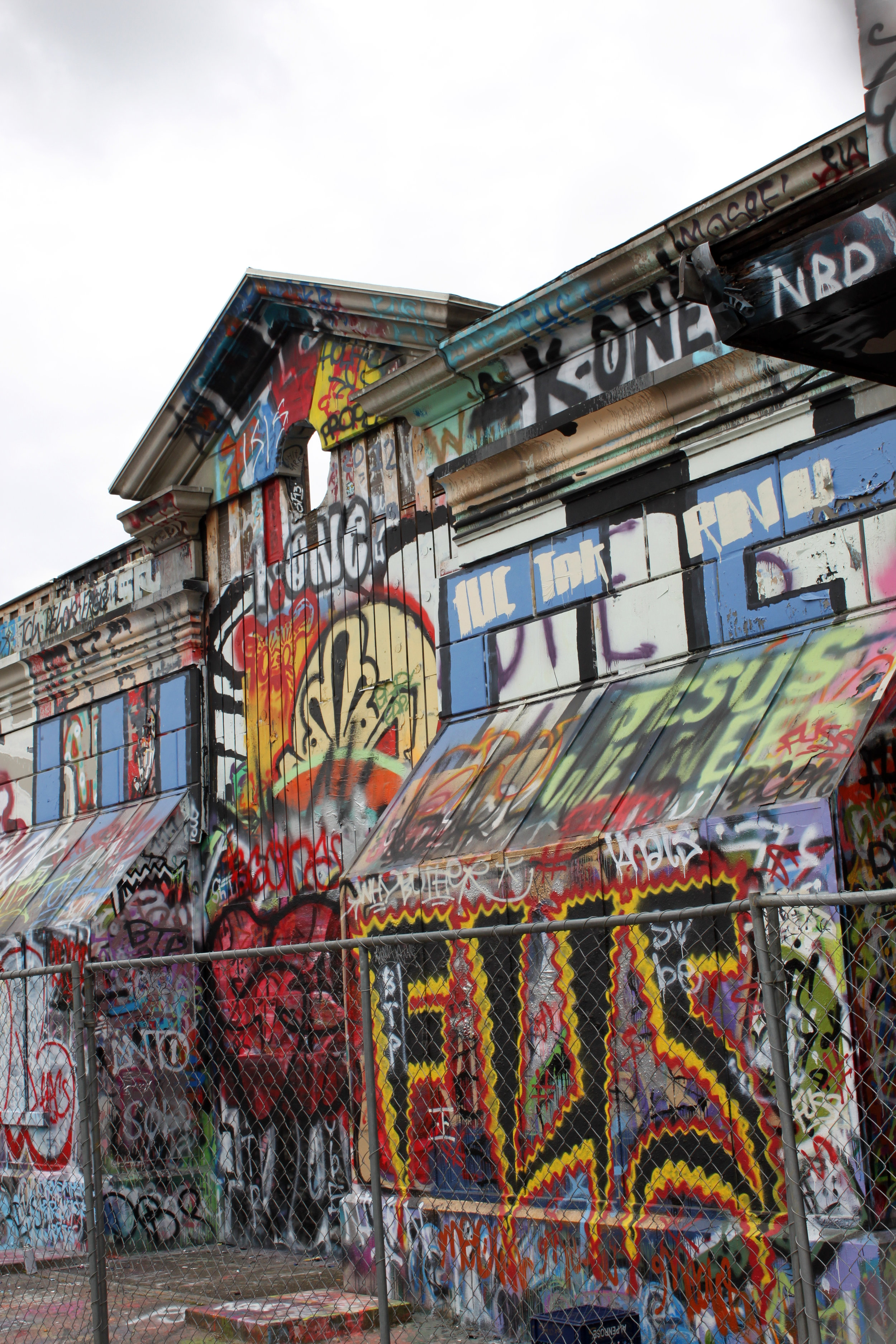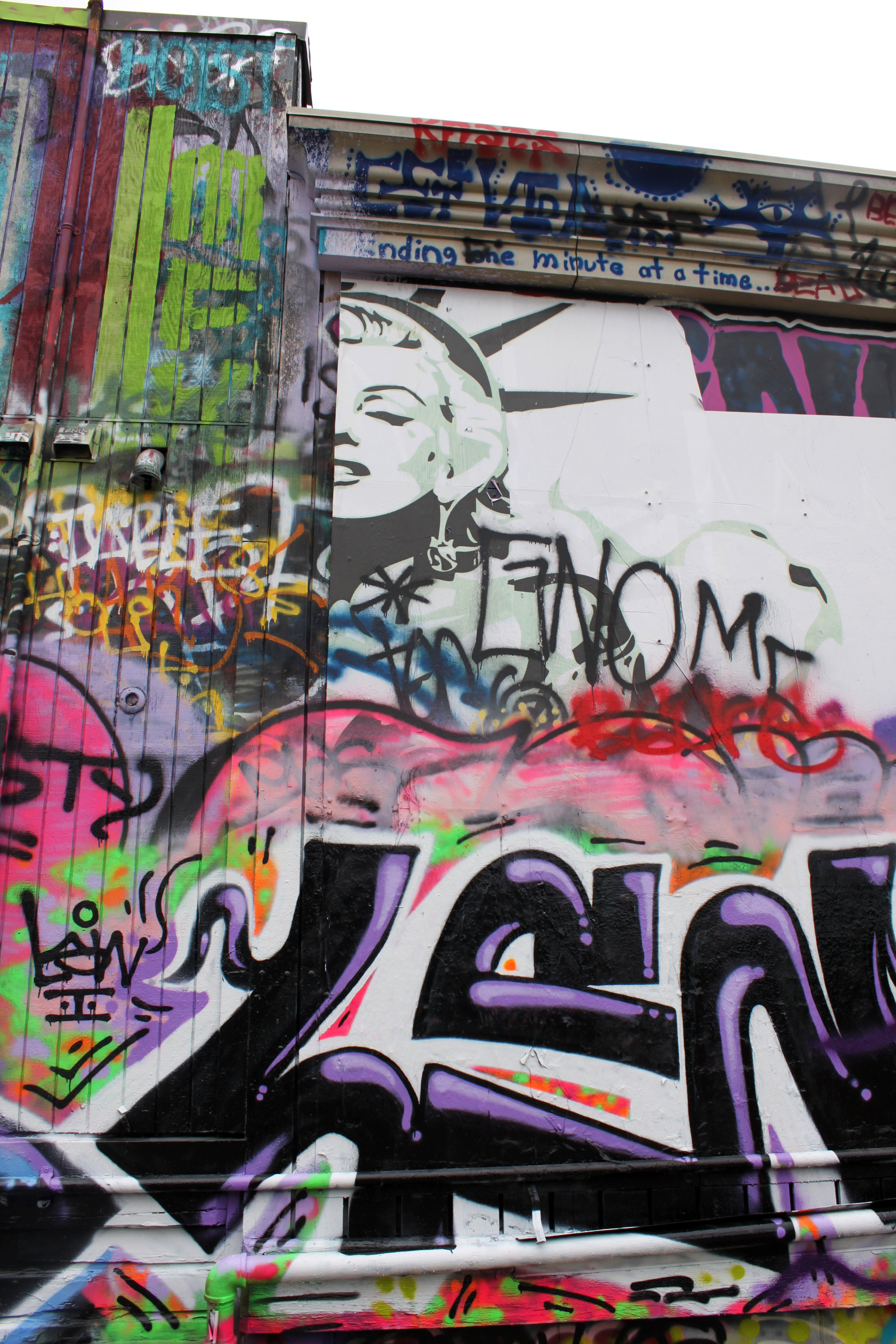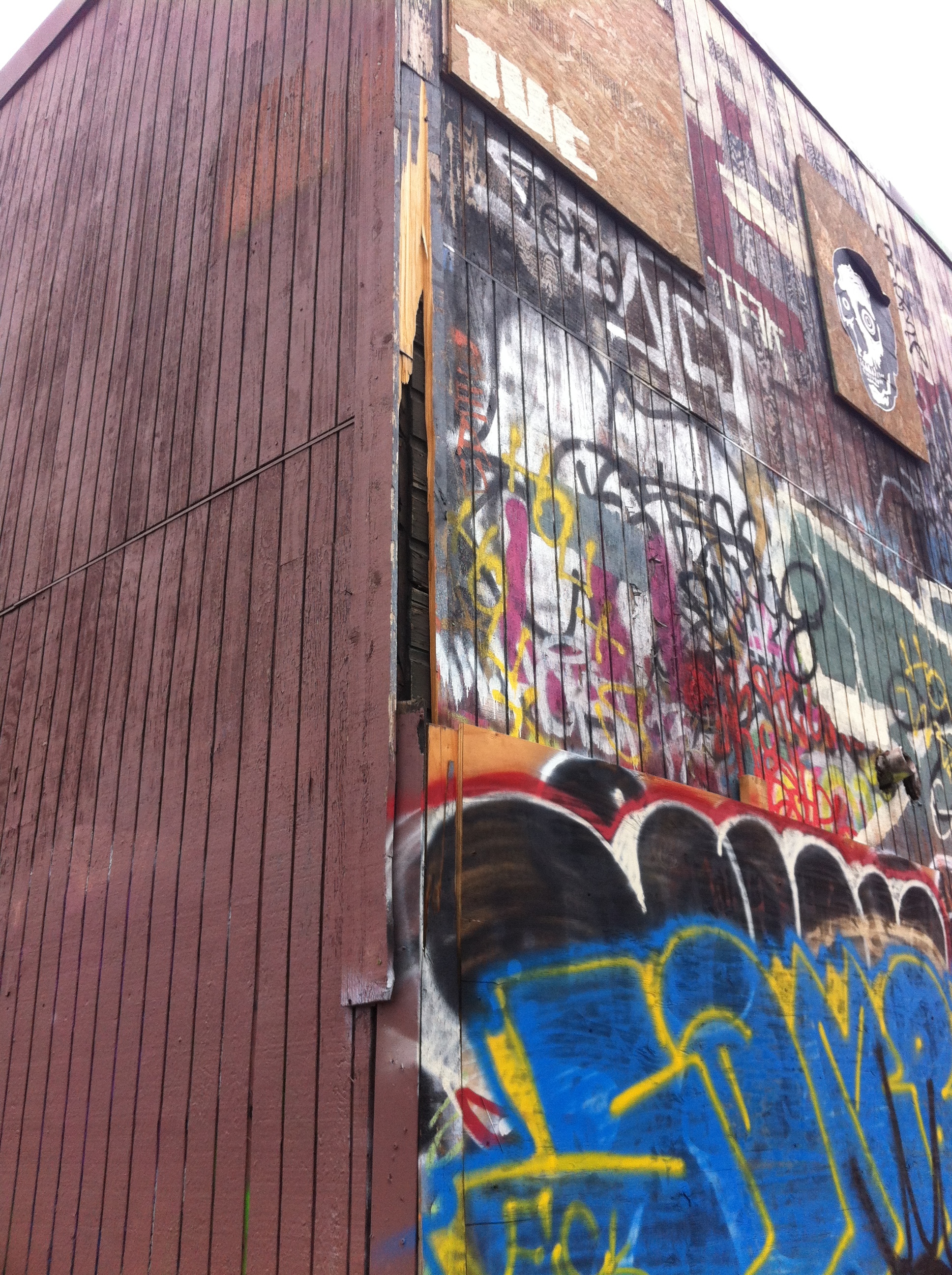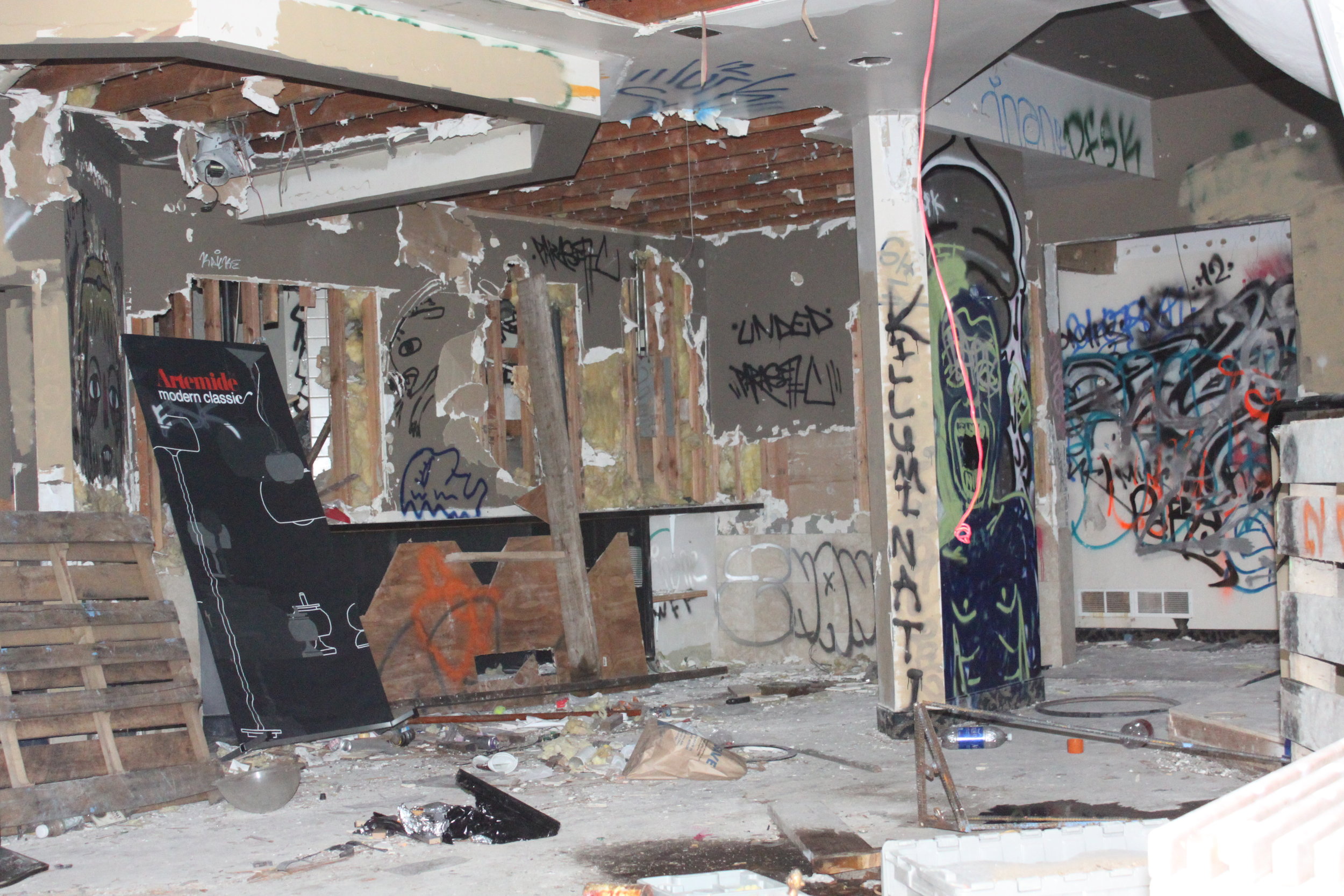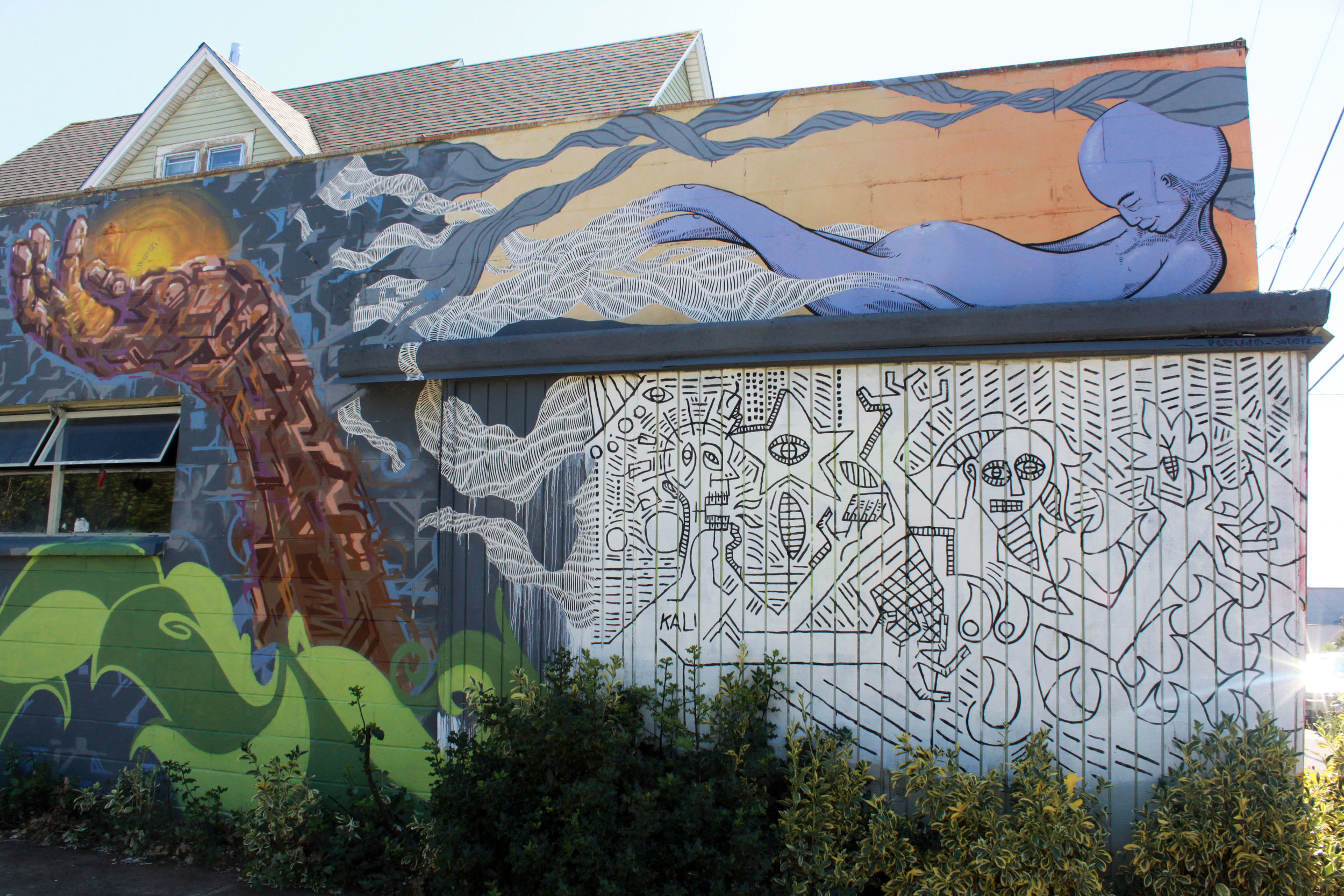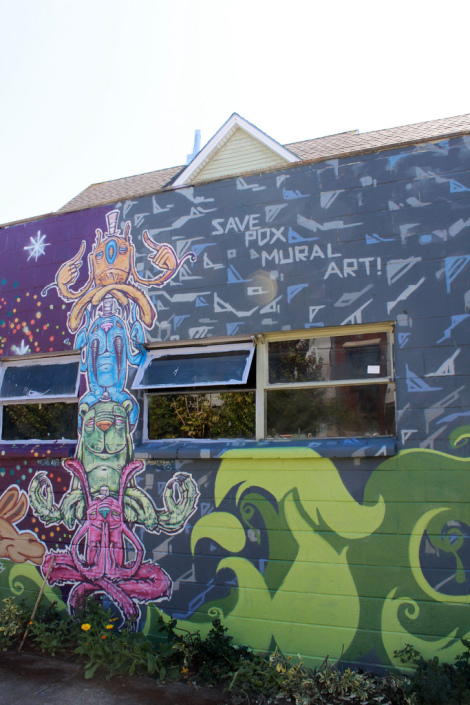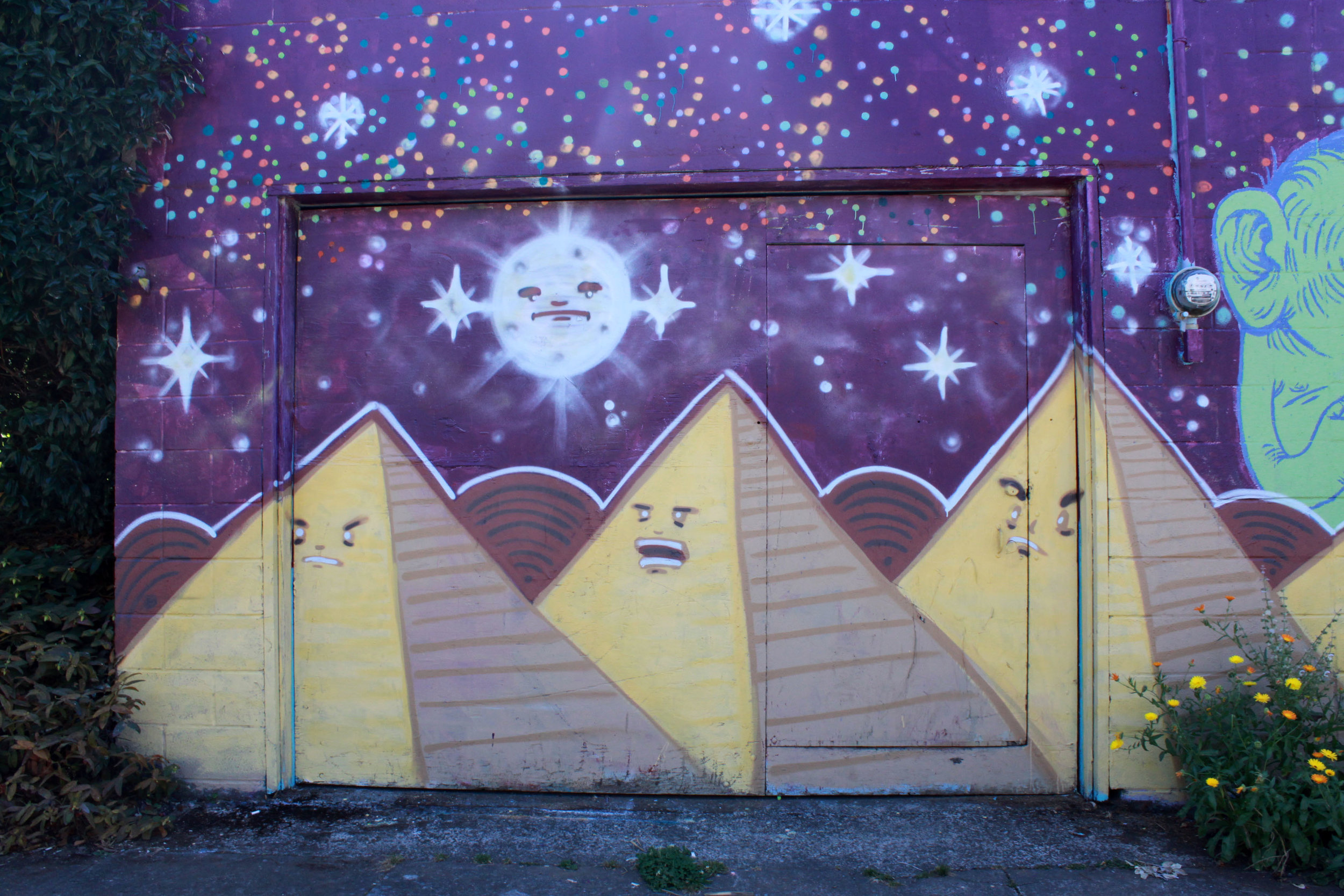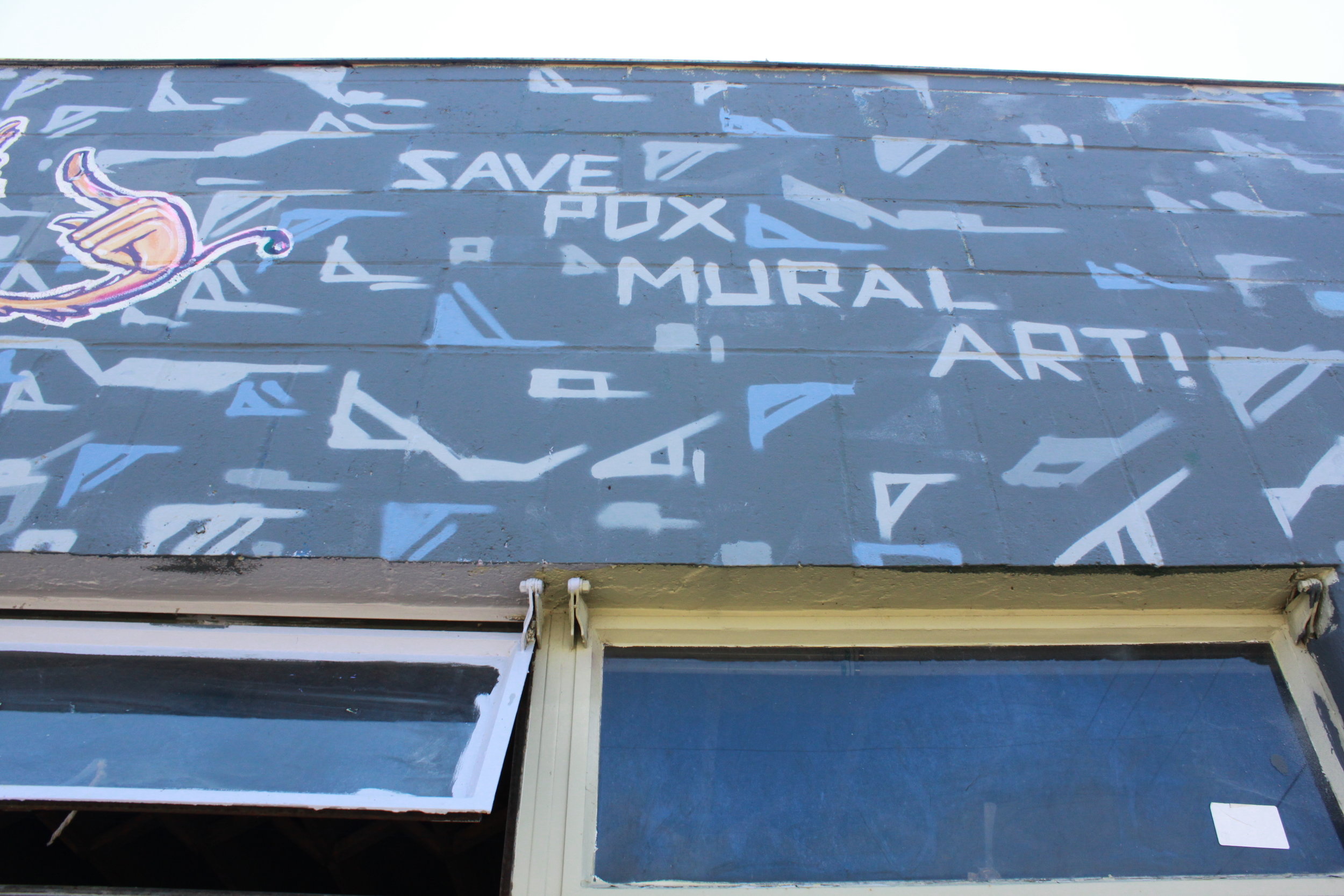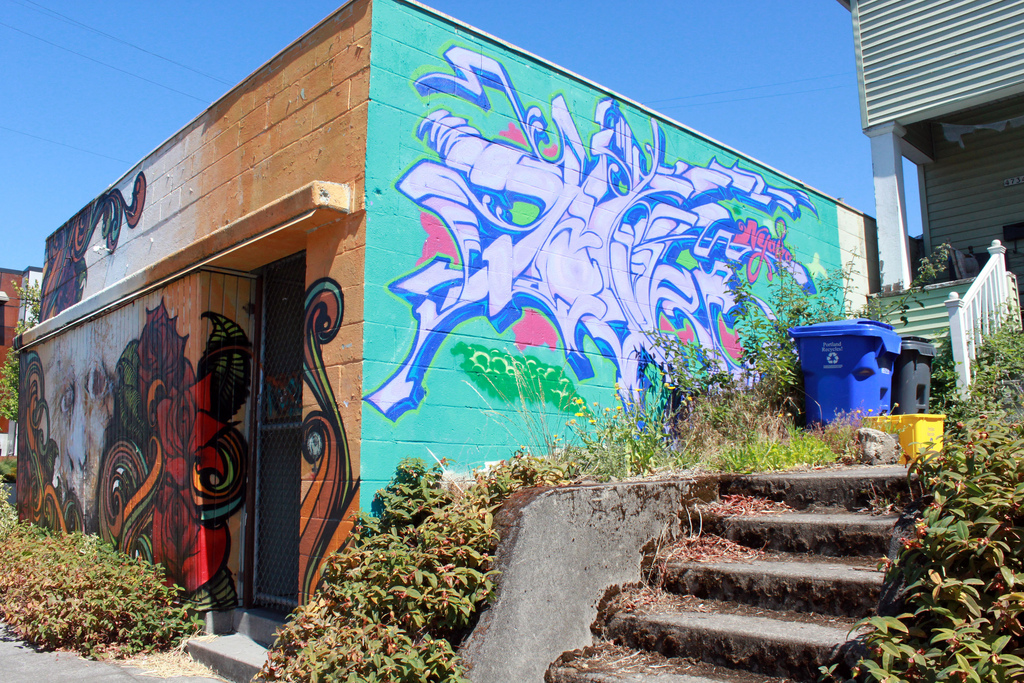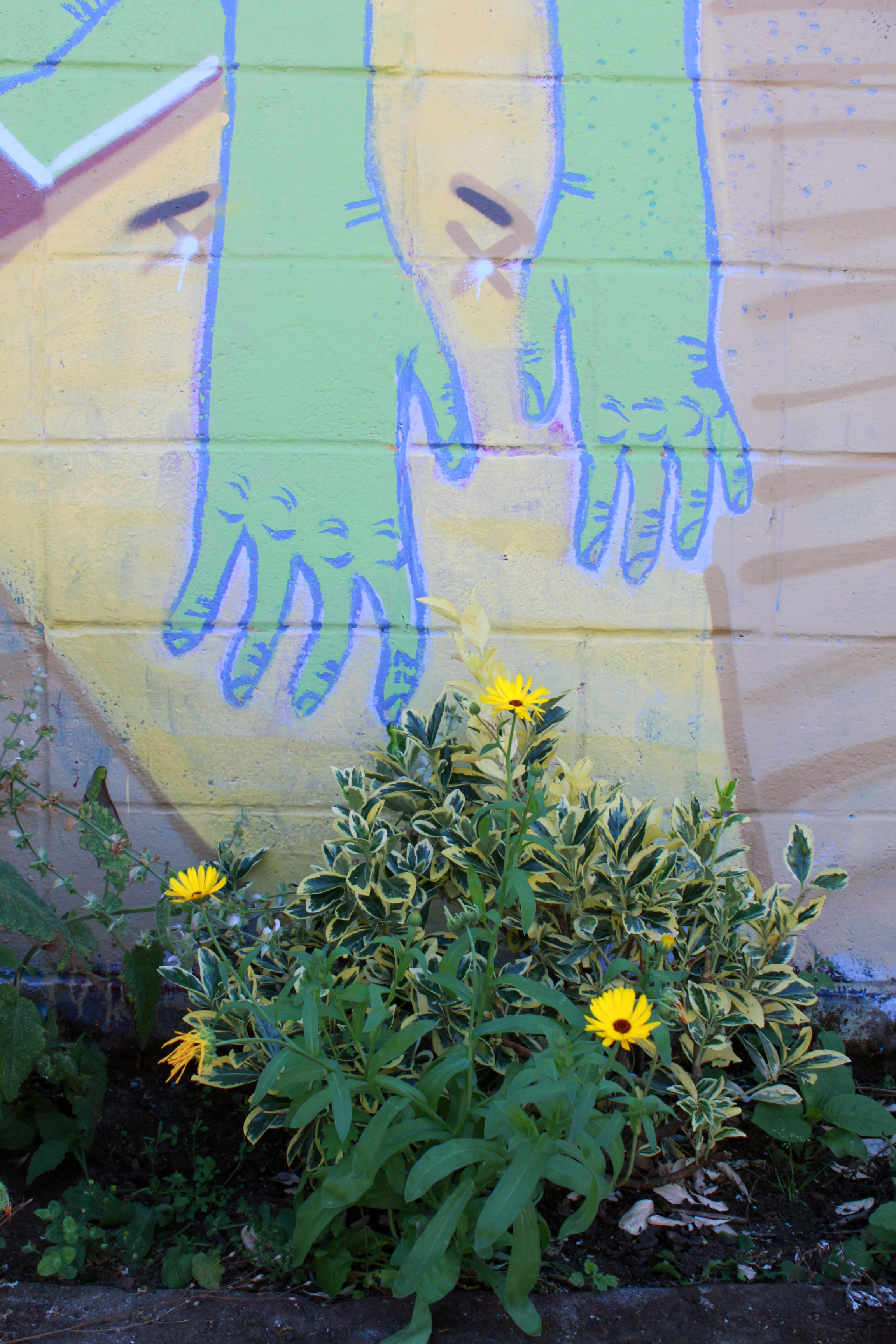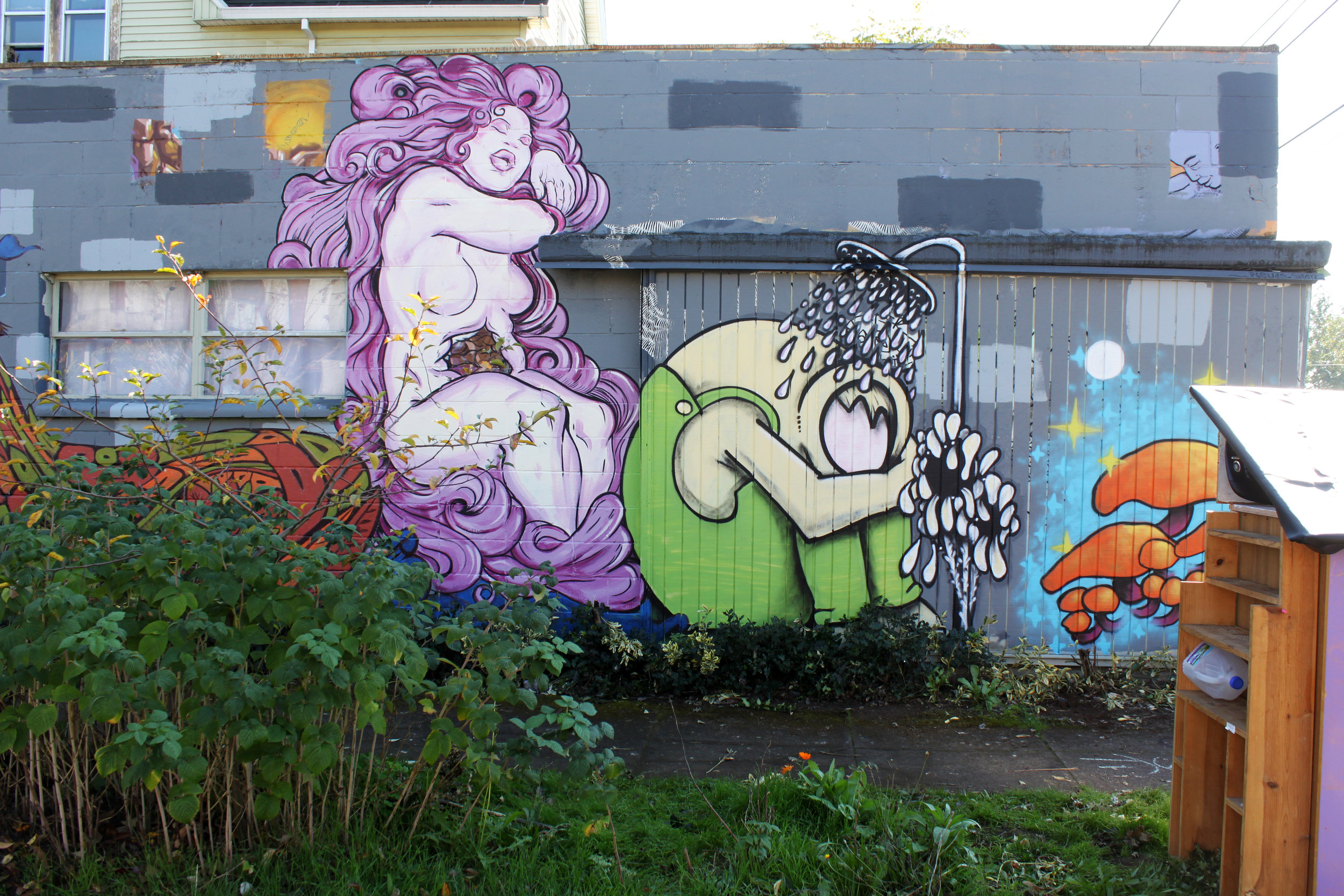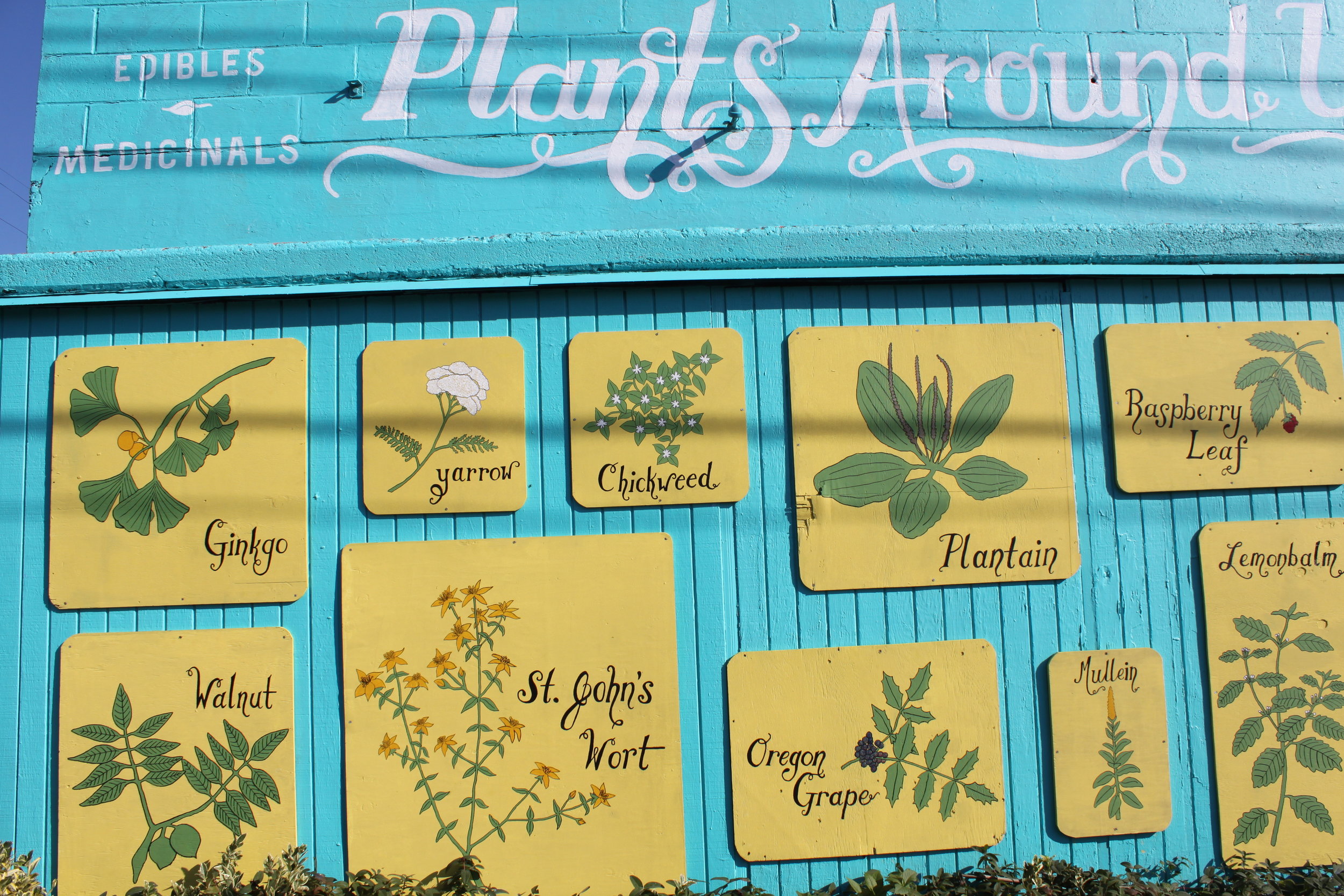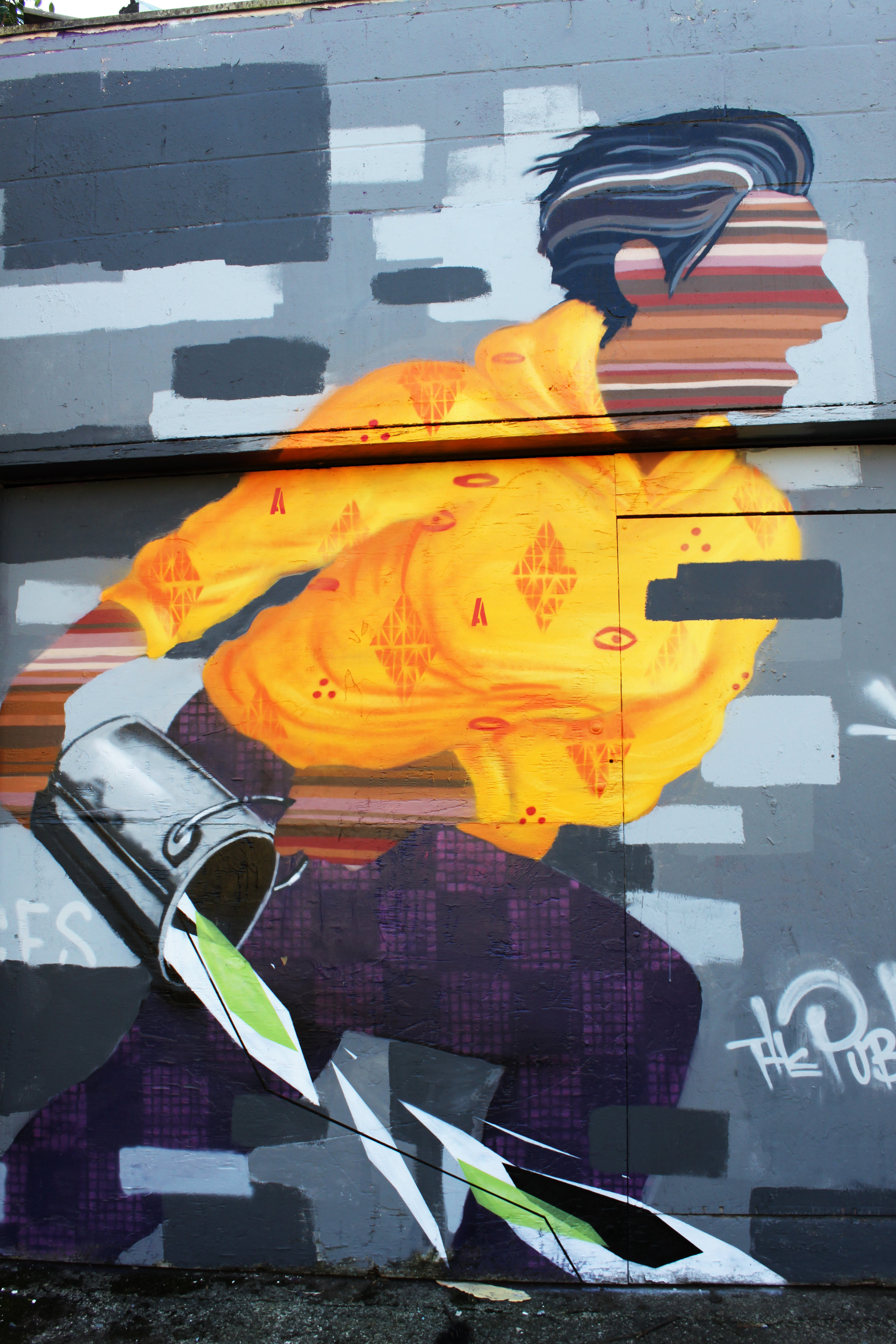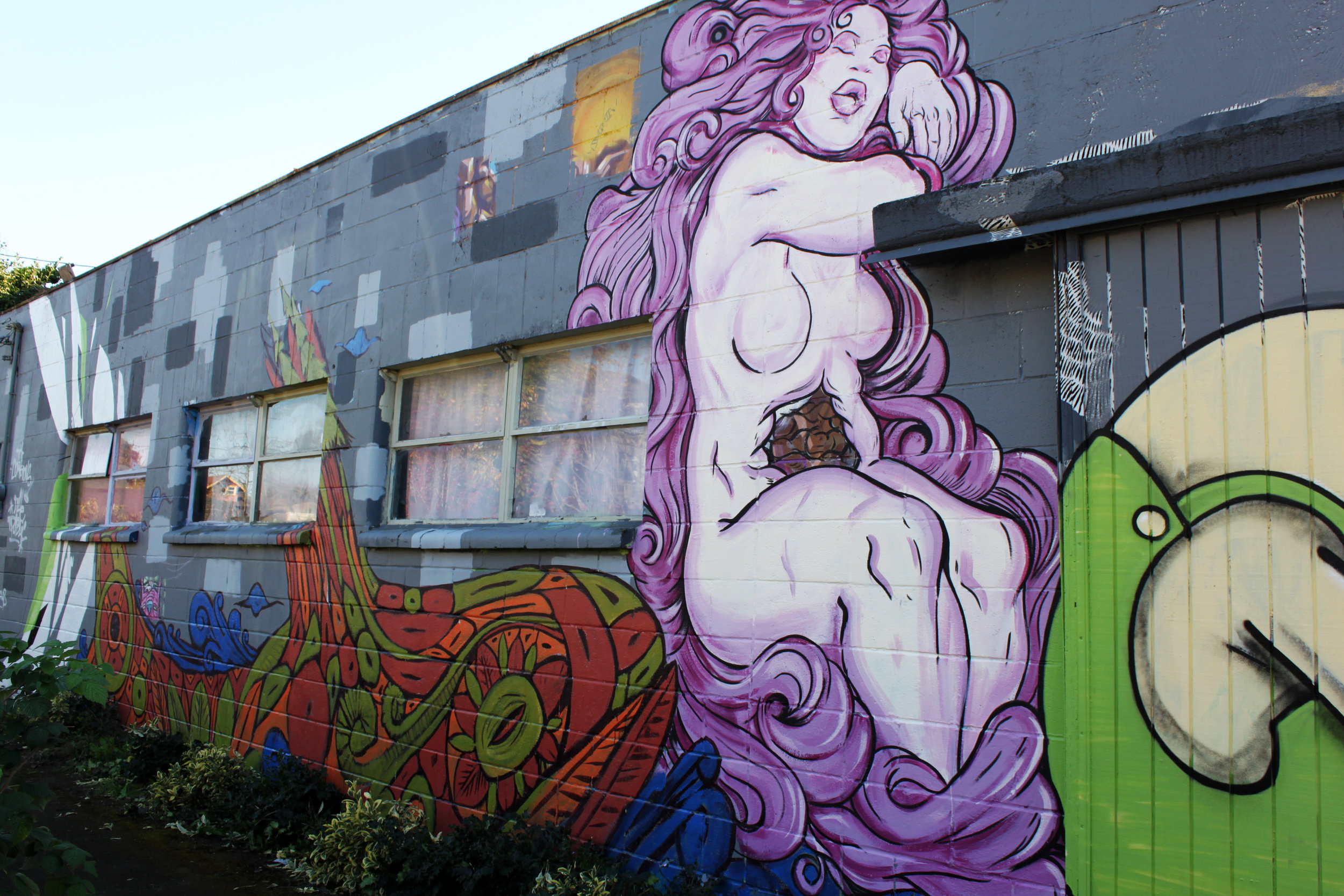Originally published by Partizaning, a participatory urban re-planning and activist organization based in Russia that promotes the idea of art-based DIY activism aimed at rethinking, restructuring and improving urban environments and communities.
An article written by local artist Nina Montenegro and PSAA’s Tiffany Conklin, about the Free the Billboards project that took place in Portland during the summer 2012 and why it’s important to re-claim and re-imagine Portland’s public spaces.
Street art is as transient as life itself; it often disappears as quickly as it appears. This ephemeral nature gives the work a freedom, spontaneity, and playfulness seldom reached in other, more lasting forms of art.
With street art, a different kind of reality is offered, one in which our physical urban surroundings are not static, but are mold-able by each of us. It encourages dialogue within society about cultural values and norms. It produces shared narratives between people, ideas, and the built environment.
Artists who place their work in the streets engage in a form of grassroots place-making—they construct and invent new types of spaces and social relations, showing that the value spaces have (or don’t have) and the meanings we attached to spaces, are constantly changing—in an endless cycle of creation and destruction.
(Re)Claiming Public Space
We’re often pushed towards a ‘containerist view’ of public spaces, seeing them as inert vessels which we have little influence or control over. Many of our shared spaces are actually ‘pseudo-public spaces’ that are specifically designed to restrict the possibilities of appropriating them to fulfill our needs. They are heavy monitored spaces; CCTV surveillance, motion, and vibration sensors track many activities. In this system, property rights often trump human rights.
The nature of public spaces in modern cities corresponds to an economic mode of life that we’ve embraced—one of reproducibility and repetition—that consistently reproduces and reinforces hierarchical relationships (Lefebvre & Goonewardena 2008). Since many of the values we hold are mediated through the desire to accumulate capital, the spaces we produce often reflect this preoccupation.
These spaces are not really meant to be used by the public. Homeless people are now basically banned from existing in many US cities. Public spaces are designed to control behaviors, protect investments, and ensure smooth circulation through the mechanics of the city.
Unique places are increasingly smoothed over. Every place begins to look like the next. Through the process of re-ification, an imaginary ‘ideal’ of what cities should be is produced by those in power, regurgitated and presented to the public as real. Take for instance the dramatic transformation of the once gritty New York City Times Square into a Disney-fied Main Street USA. These distorted urban mirages are hollow shells of what cities really are: diverse, dirty, melting pots of people and ideas.
The sense of ‘place-lessness’ often felt in these pseudo-public spaces is a result of them not being grounded or connected to the people who occupy them (Massey 2005). Feelings of alienation and disconnectedness are spurred from our disengagement from public spaces.
Additionally, public spaces have not historically been a guaranteed public right—they have been made public because people take the space, making it public (Cresswell 1996). Public space only remains open if citizens ensure its continued access by occupying it and consistently pushing its boundaries. Having access to public space is vital to a healthy democracy because of the functional necessity of having a physical arena to communicate with others and voice dissent.
One way to counter-act this spectacle is through tactical urban interventions. Artists are re-embracing the revolutionary ideas of the Situationists of the 1950s by creating ‘situations’ that take pedestrians off their predictable paths, outside their habits, and jolt them into a new imaginative awareness of the city where space is in a constant state of becoming.
Free the Billboards
Street artists produce artifacts that sit in direct competition with sanctioned public art and commercial advertisements. On average, we’re exposed to 3,000 to 5,000 ads per day. Being constantly confronted by this onslaught of ads pushes us to be passive consumers rather than contributing citizens.
Advertisements are considered normal and acceptable uses of public space because capital interests regulate them. Visual communication amongst community members (i.e., street art, murals, etc.) is illegal unless permitted and paid for. Advertising conglomerates can easily pay to display marketing in our public space. On the other hand, individual citizens are up against complicated bureaucracies, curators, and fees. Therefore, many artists choose to ‘go rogue’ and express themselves in the streets without permission. A number of cities and states are pushing back. Sao Paulo Brazil, Houston Texas, Maine, Vermont, Alaska, and Hawaii have all banned billboards from their public spaces.
Street art stands separate (for the most part) from the commercial sphere. If done without permission, by its very nature, street art confronts mainstream ideas of a well-organized and regulated public sphere. Even if street artists don’t intentionally protest against this system, their public work does spark a new type of awareness in the minds of passersby. The possibilities of the space have been opened up, even if slightly.
In the summer of 2012, Nina Montenegro began Free the Billboards, a project to revive community interaction at the street level in Portland, Oregon USA by facilitating a (re)imagination of public visual space. Imagery and ideas were collected from community members via an online public forum. The public submitted pictures of what they would rather see displayed on their neighborhoods billboards, other than advertisements—artwork they loved, poetry, anything they felt strongly about. The community-contributed images were placed into vintage Portland-made View-Masters, which were then put into hand-crafted recycled brass and steel pedestal stations that were strategically positioned in front of billboards around the city.
The collected images were superimposed over the ads. Pedestrians could peer into the View-Master to see the wall before them with art, gardens, or poetry on it instead of an ad. The powerful visioning tools acted as a gateway into an augmented reality.
Playing with the Streets
The use of View-Masters also invokes a playful nostalgia, as many of us may remember playing with these toys as children. Play is an important but largely neglected aspect of human experience in the city.
As children, we all explore, touch, and manipulate things. This is how we learn about the reality of objects and the structuring of space (Tuan 1974). When adults play in the city, it is often seen as a controversial waste of time and energy (Stevens 2007). Cities are planned to optimize work and other rational objectives, with leisure space serving well-defined functions. Therefore, spontaneous actions like this challenge the rigorous timetable of bureaucratic and capitalist production (Bonnett 1992).
Playing in public spaces, especially those not designed for it, reveals new realms of possibilities and embraces the space’s embedded use-value. This tactical blending of art, play, and life is a lived critique of rational action, because it discovers new needs and develops new forms of social life illustrating the capacities for social action and expression that the urbanization of society has made possible.
Free the Billboards aims to produce counter-spectacles that interrupt everyday experiences and provoke a reorientation—a temporary liberation from established order. The installations produce an imaginative and autonomous world; one that helps people (re)imagine the urban spaces around them.
The project intends to crack open the status quo, to challenge people to think beyond the current reality and imagine a new one, one of their own making. Instead of our public places being produced for us and controlled by distant bodies for profit, citizens must demand the right to the oeuvre, the right to participate in the creation of their own realities.
ALL PHOTOS © ALEX MILAN TRACY
